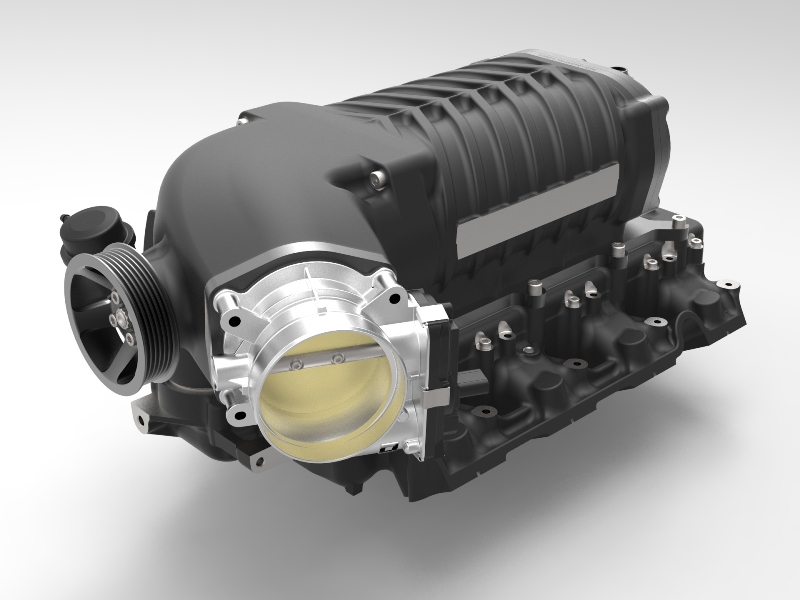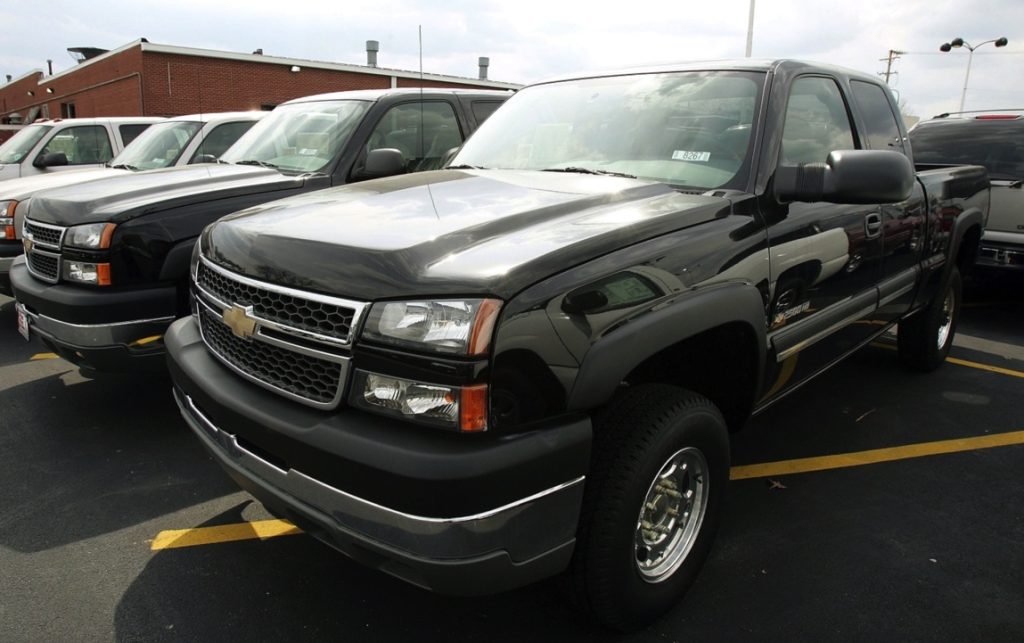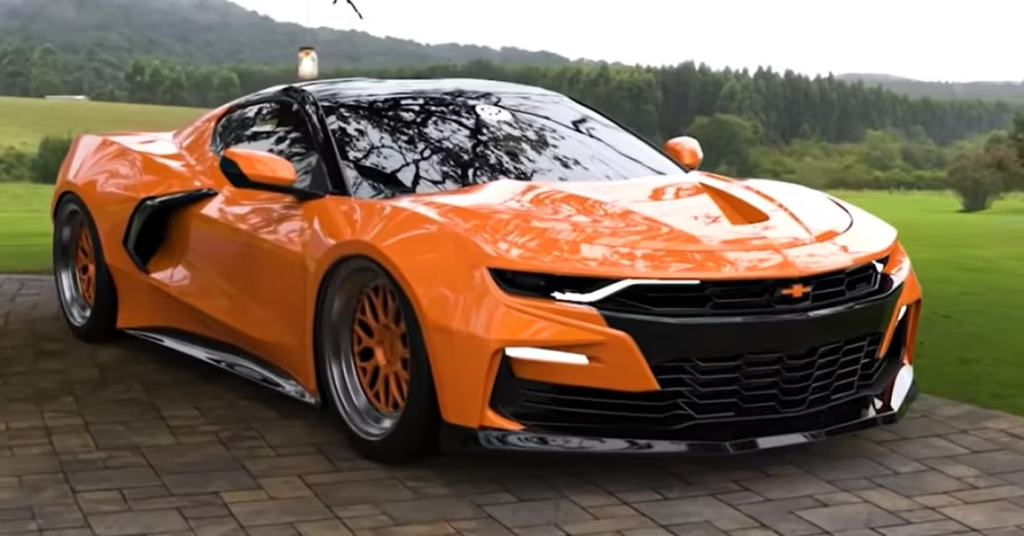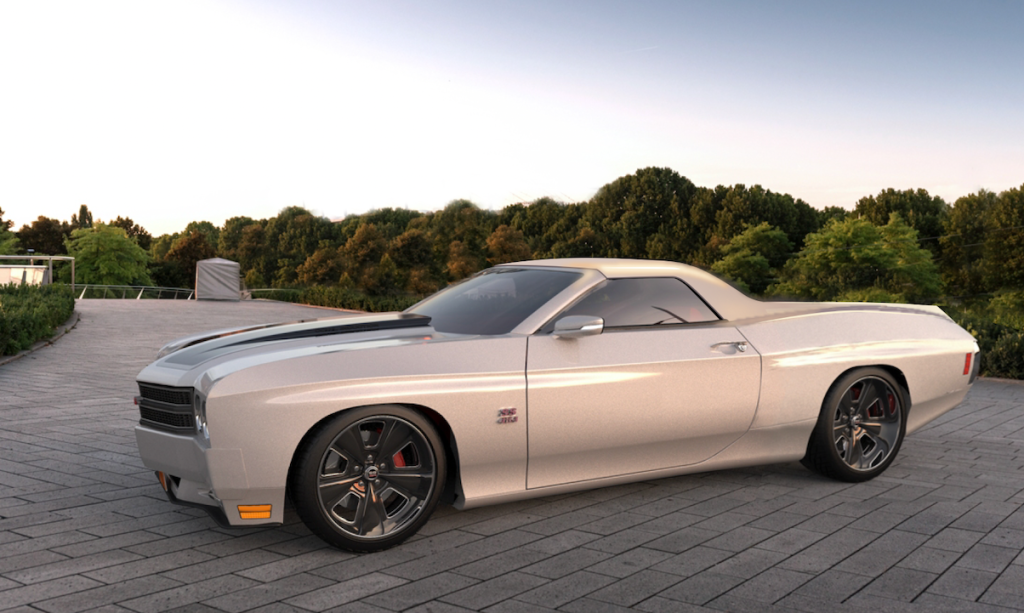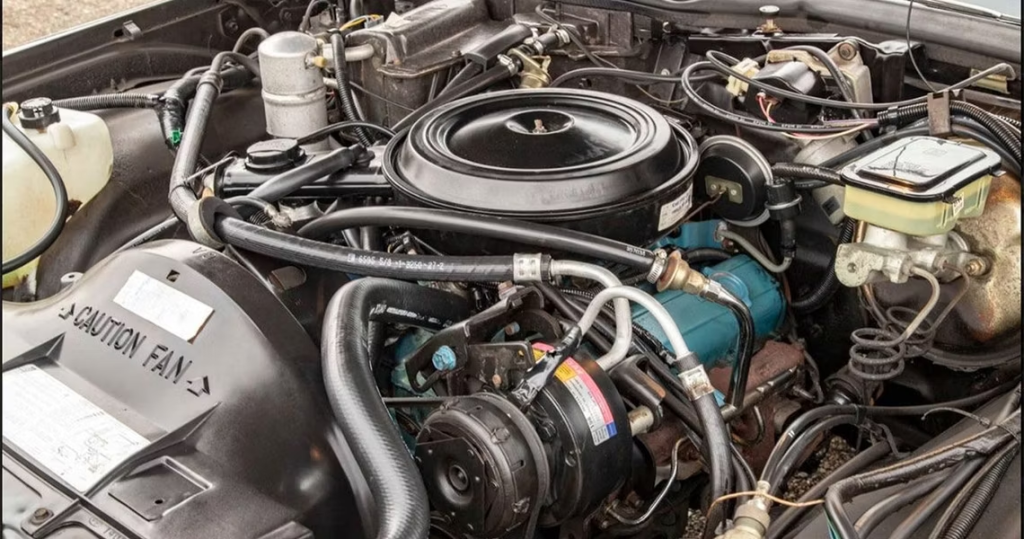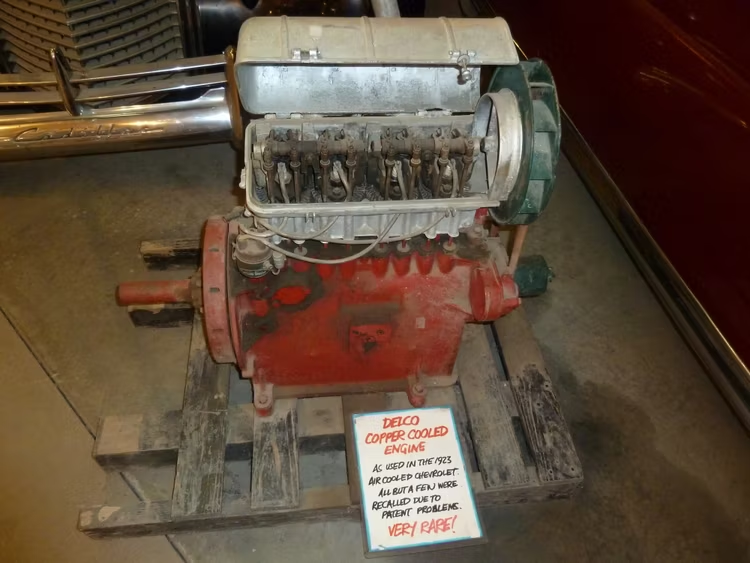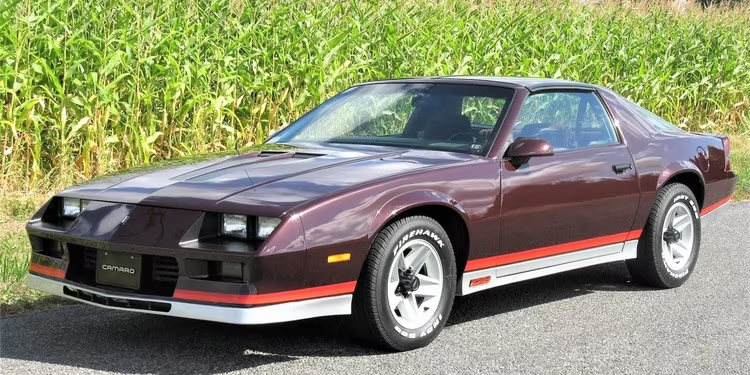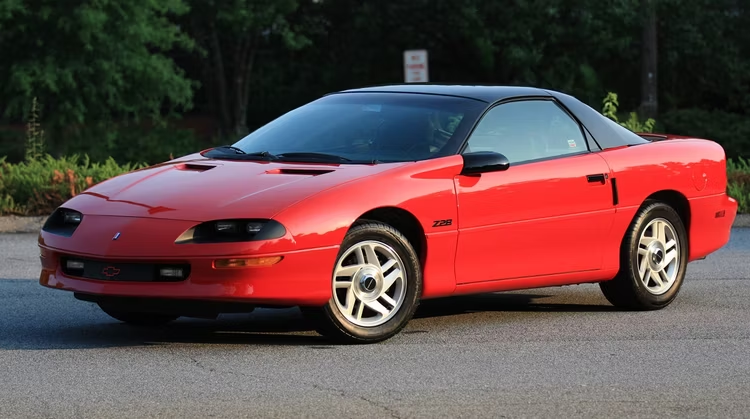Chevy’s bowtie emblem has graced some amazing cars over the years… and a few that are best avoided.
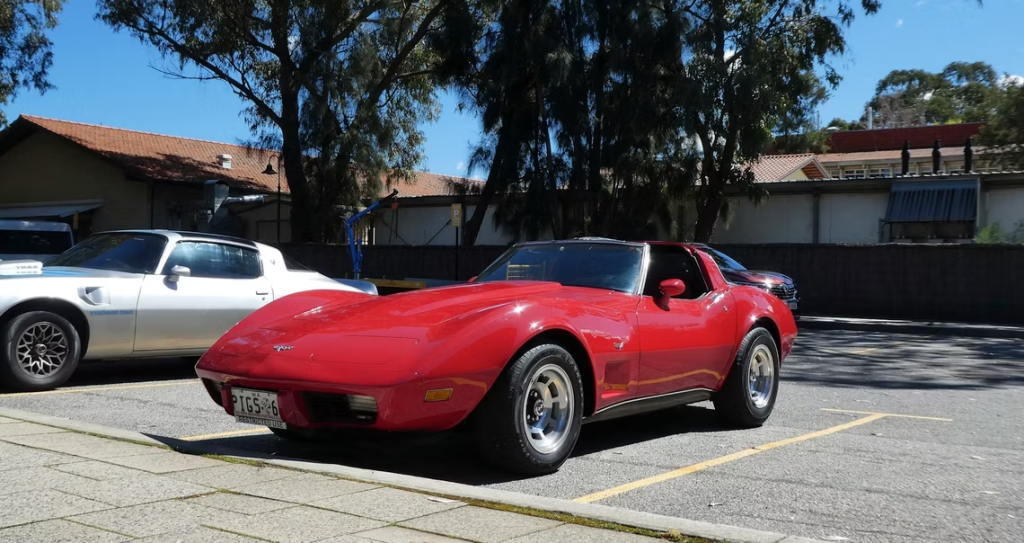
Chevrolet is as American as a brand gets. Having played an immensely significant role in the development of the American automotive industry, Chevy has given us some absolute gems like the Silverado, the Camaro, and the Corvette. However, any car manufacturer that has been in the industry for 111 years is bound to have had some failings. No brand that has been in the business for this long has had a spotless history, and the case is the same for Chevrolet. There have been some cars that should never have left the Chevy assembly line, and when they did, they sullied the brand’s name rather than enhance it.
Mistakes are common in the car-making business, but when you’re looking for a used car, you are spoiled for choice. If you’re an ardent Chevy fan and want to bring home a used car that houses the bowtie emblem, feel free. However, it is best if you avoided certain models from the brand which are best left forgotten. The last thing one needs from their car is for it to create more problems for them. In that vein, here are 10 usedChevrolet cars that you should steer clear of.
10/10
2003-2006 Chevrolet SSR
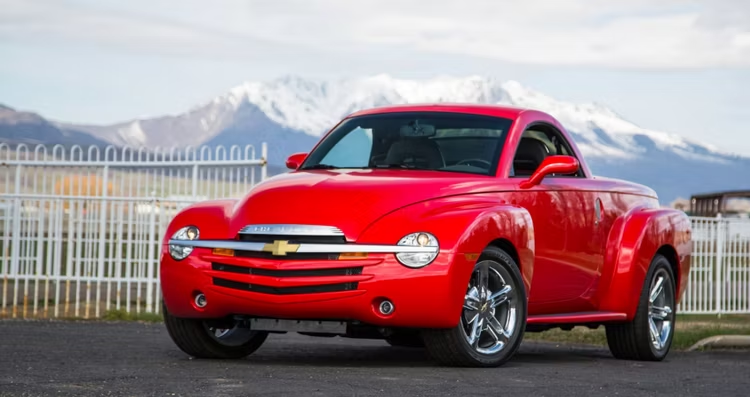
Without mincing words, there’s just no denying that the Chevrolet SSR was the worst pickup truck series in history. Whether it could even be truly called a pickup is debatable.
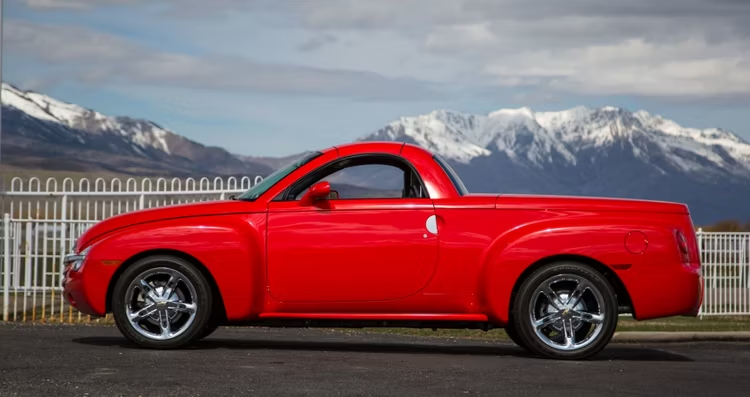
A sorry excuse for a work truck or even a good-looking one, the SSR trucks had no power, couldn’t ever handle working tasks, and paled in power compared to just regular cars, too. Chevy barely sold over 24,000 units of the SSR truck from 2003 to 2006, and the truck looked so toyish we’re surprised the idea ever got greenlit.
9/10
2005-2007 Chevrolet Colorado
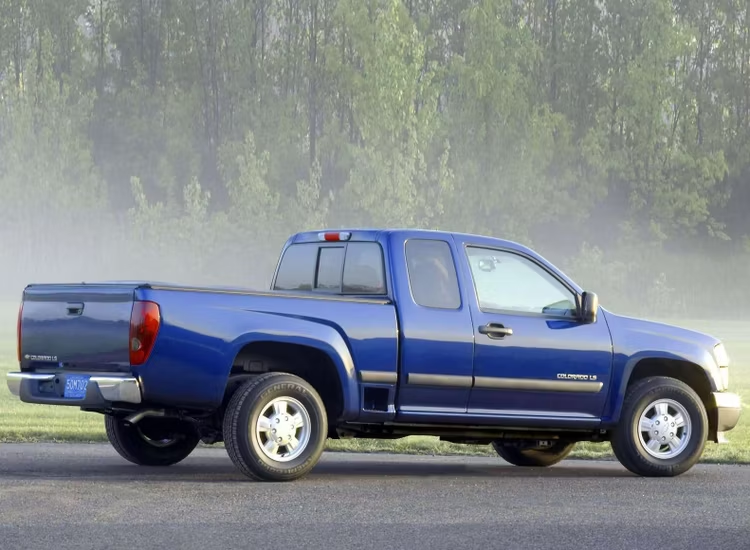
In the 2000s, with rising gas prices, smaller pickup trucks began gaining popularity. This is why the Colorado should’ve been a home run, and yet, the 2005 model had a terribly weak engine and downright unimpressive towing capacity.
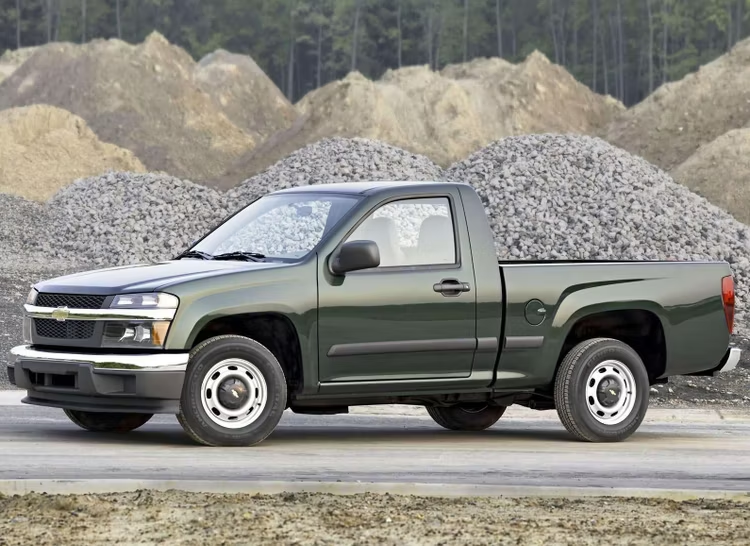
Other problems plagued the truck, with the incessantly faulty heater, and the engine failing to start often and frequently. Rusting and water leakage sealed the package, making the entire truck a bad deal then, and a bad deal now.
8/10
1979 Chevrolet Corvette
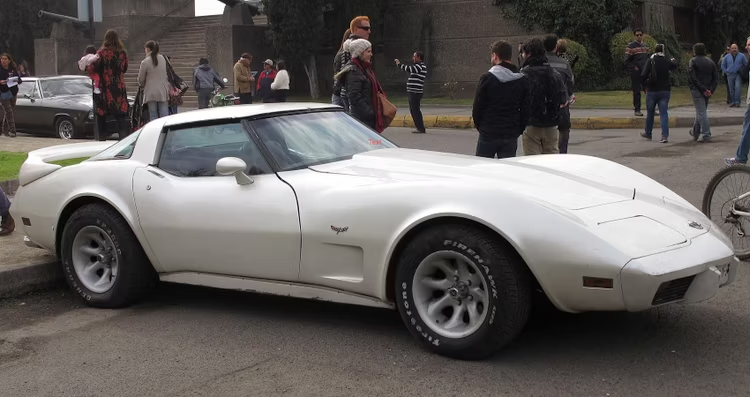
The Chevy Corvette is one of the most important cars in American automotive history, but if you’re thinking of bringing it home for some street cred, you’d be in for a surprise.
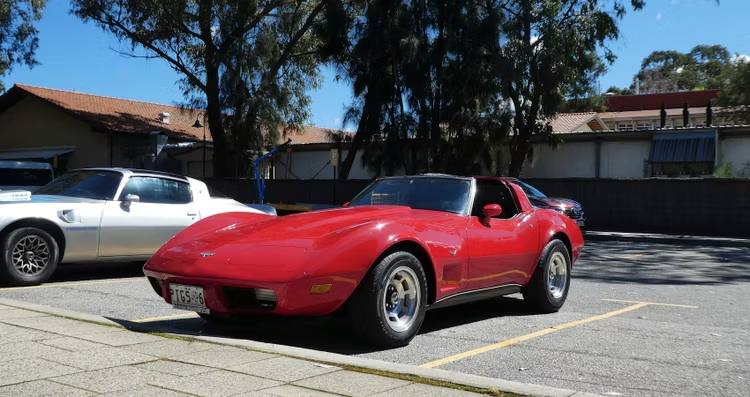
Considered too badly built with no special editions, the ’79 ‘Vette never received impressive engine options, either. In fact, the maximum output was a measly 225 horsepower, and its rivals managed to decimate it through and through. Not a classic at all, this is a car best left avoided.
7/10
2012 Chevrolet Captiva
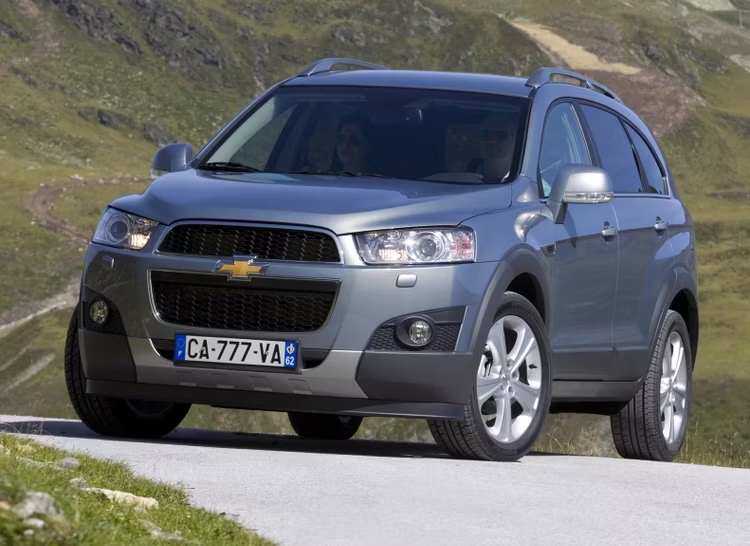
Chevrolet’s Captiva has always been a fleet vehicle, and any models you might see roaming around today have been run into the ground, and certainly not worth buying. Ride quality on the Captiva, through every model year, was subpar, and maintenance issues are simply not worth the cheap price it can be had for.
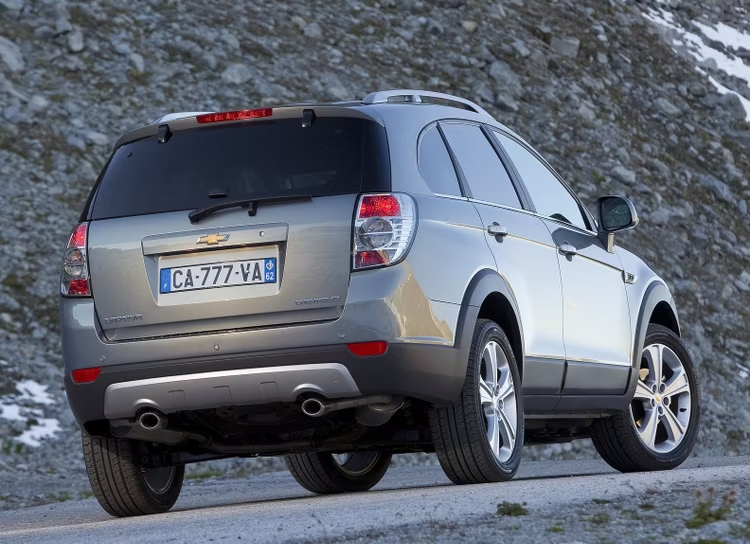
The 2012 model year Chevy Captiva, particularly, is the worst, plagued with electrical problems, and engine problems. The engine was happy to guzzle oil like there was no tomorrow, and even then, there was no telling if the car would even start when you tried.
6/10
2005-2011 Chevrolet HHR
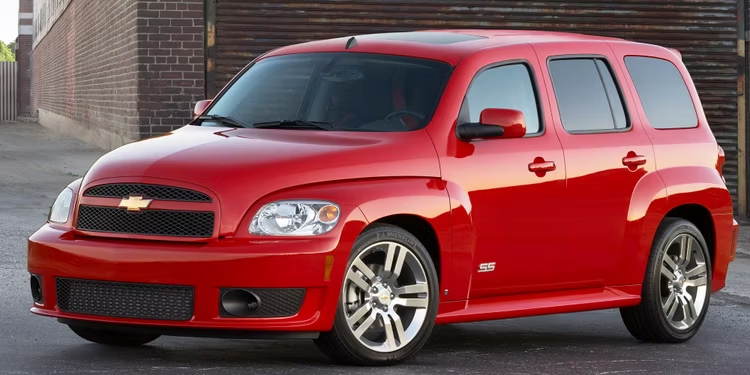
The failure of the Chevy SSR should have been Chevy’s sign never to make the HHR (Heritage High Roof), and the five-door FWD crossover was simply not pleasant to look at.
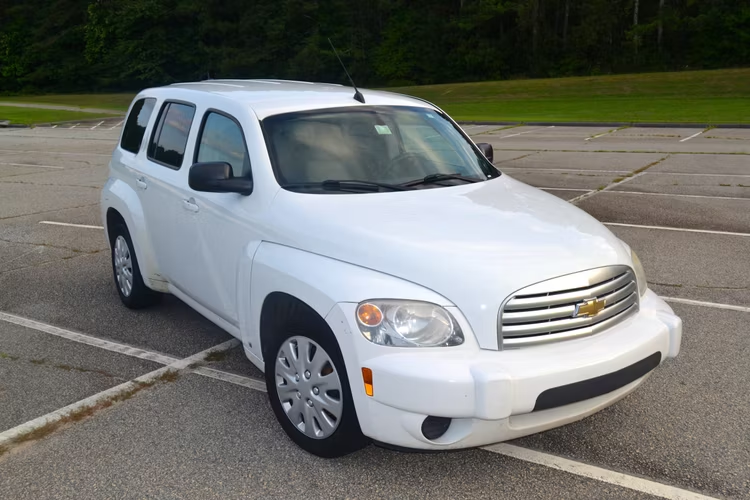
The HHR had so many complex problems that even official Chevy engineers found it hard to fix or repair. In its very first year, the HHR’s steering, interior accessories, and engine were all problematic, proving to be a letdown for every owner.
5/10
2010 Chevrolet Equinox
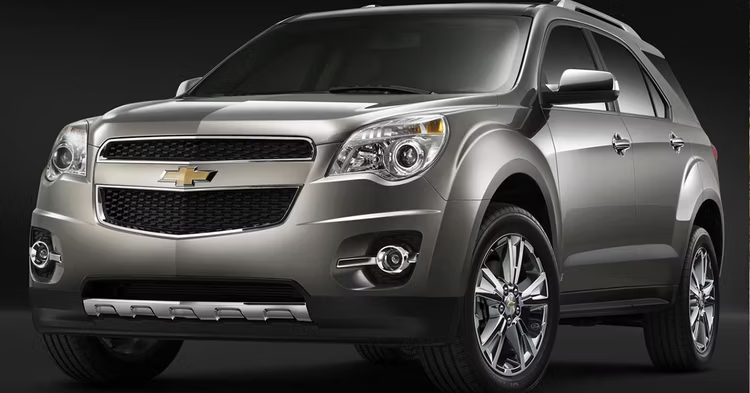
Crossovers are extremely popular at the time, and if you’re looking to bring a pre-owned crossover to your home, the 2010 Chevy Equinox is best left avoided. Engine problems were aplenty when it came to the 2010 Equinox, where it ran rough most of the time, consumed excessive oil, and in many cases, was downright defective.
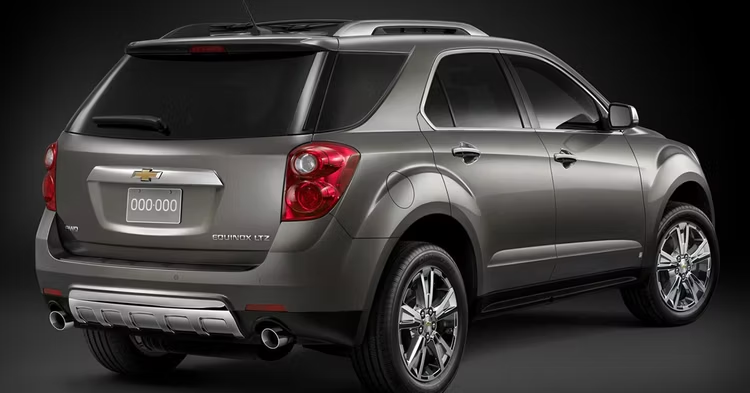
Complete transmission failure was another common problem, and when it did seem to work, slippage in the gears was common. Even the air conditioning and the heater didn’t work properly, making the 2010 Chevrolet Equinox a used Chevy to stay away from.
4/10
1982 Chevrolet Camaro Iron Duke
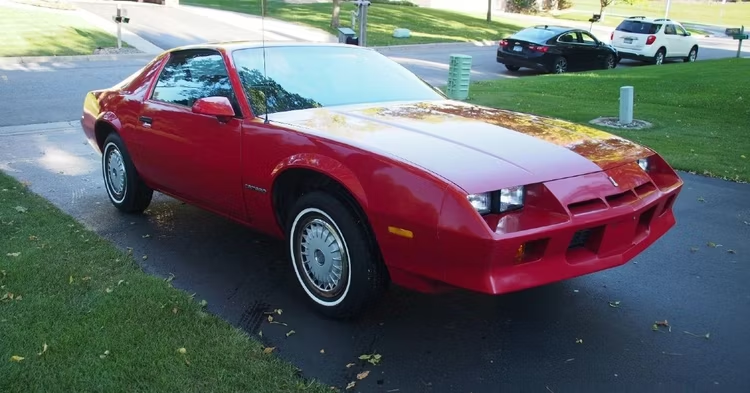
A classic Camaro being a car to avoid buying is a surprise, but the Chevrolet Camaro Iron Duke is simply a ghastly vehicle. Known as one of the worst cars of all time, the Iron Duke rode on a four-cylinder engine that didn’t even make 100 horsepower!
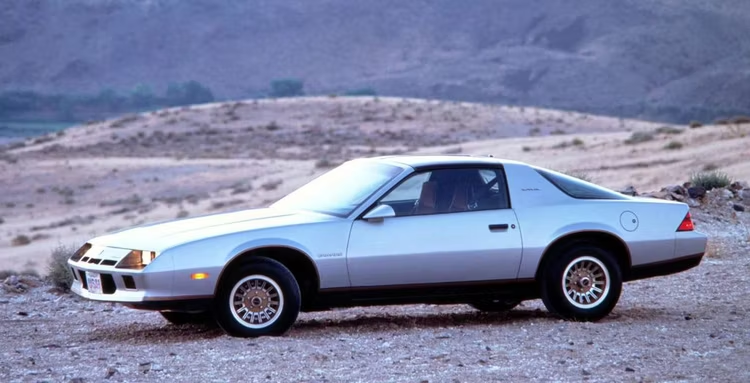
The measly 90 hp of the ’82 Camaro Iron Duke took it from 0 to 60 in 20 seconds. A lifetime could go by faster, and that’s what made customers angry over the car at the time. The idea of a classic Camaro in your driveway sounds good, but no matter what, the Iron Duke shouldn’t be that car.
3/10
2005 Chevrolet Trailblazer
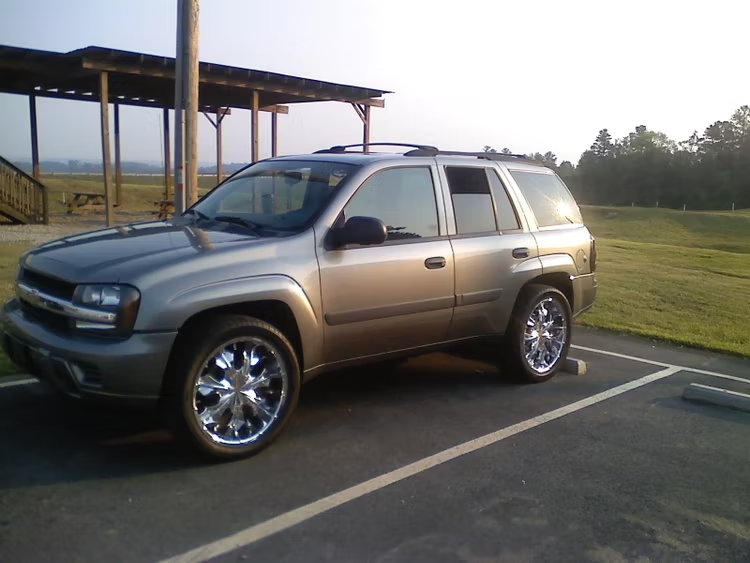
The Trailblazer name was simply not apt for this Chevy SUV, considering just how terribly it rode from the very beginning in 2002. A mid-size offering, this was a truck-based SUV, and while it may have gone places, it never did so comfortably. Passenger experience inside the Trailblazer was nothing short of atrocious.
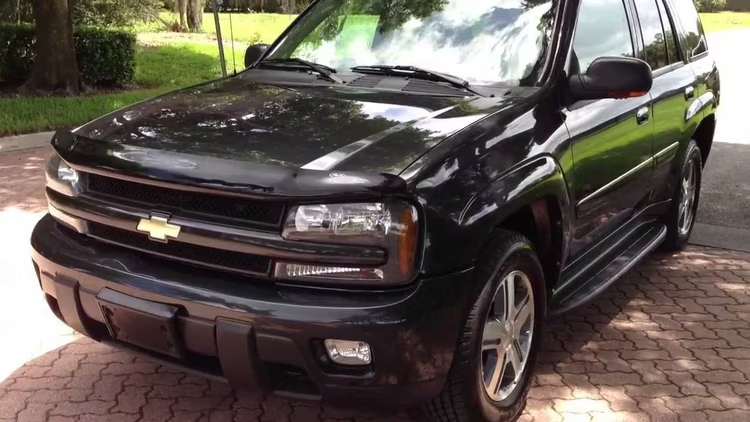
The 2005 model year, in particular, was the most problematic in the car’s history. The engine tended to stall or completely shut off while driving, making for a highly unsafe vehicle to be in. The biggest complaint of owners was the fuel gauge not working at all, and even the instrument panel refused to work correctly.
2/10
2004 Chevrolet Impala
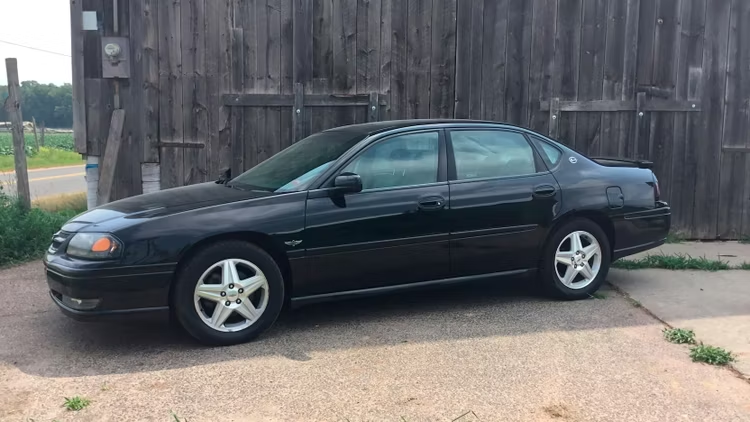
To say the 2004 Chevrolet Impala was problematic would be a gross understatement. Everything from interior accessories to the transmission, the air conditioning, and even the lights on the 2004 Impala had problems, making for a horrible ownership experience.
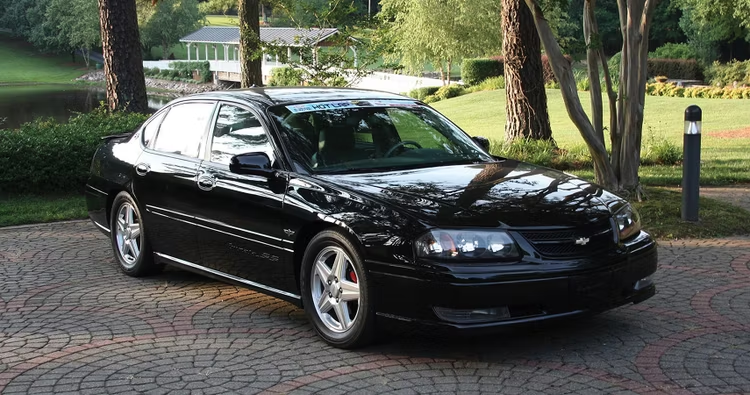
The gauge cluster and the speedometer on the ’04 Chevrolet Impala rarely ever worked properly, and the transmission made things worse by slipping frequently. Owners even faced blown head gaskets in their engines, among a whole host of other problems. All in all, the 2004, or even the 2005 model of the Impala is a car you should strike off the list of considerations.
1/10
2015 Chevrolet Tahoe
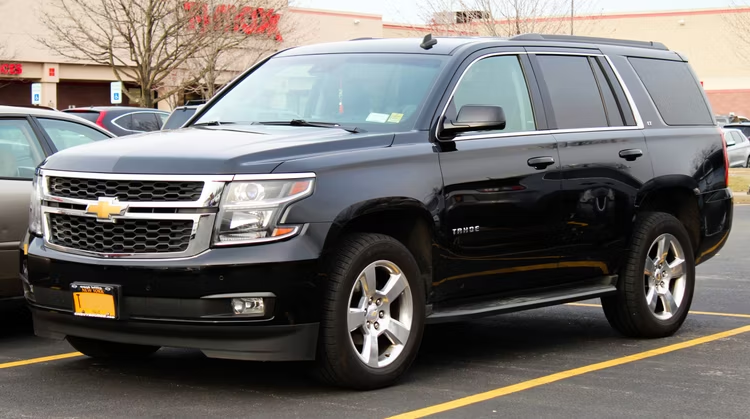
The Chevy Tahoe is a pretty popular SUV, and even used models from the past decade are good deals. However, you should steer clear of the 2015 variant, if you don’t want the cabin experience to be hellish.
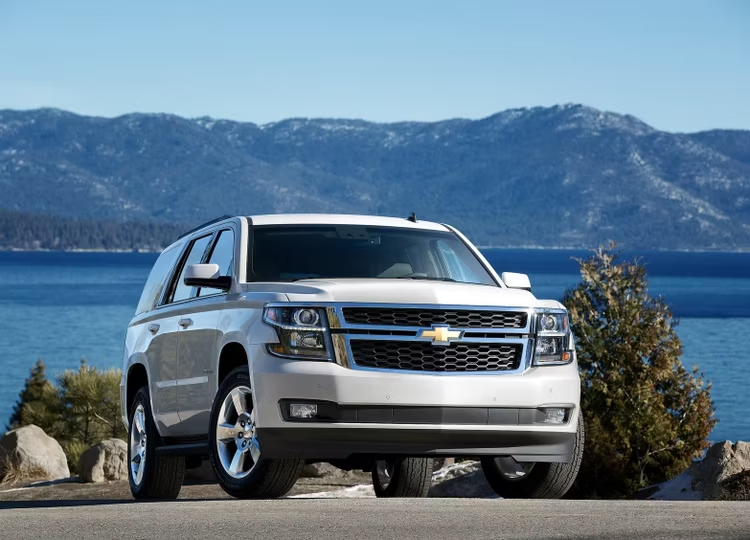
The interior lights had a mind of their own, flashing randomly and incessantly, while the radio had a habit of cutting calls whenever it pleased. Even the air conditioning tends to stop working out of the blue in the 2015 models. There are plenty of great SUVs that are modern enough to buy, but the 2015 Chevy Tahoe is not one of them.
These 10 Sedans From The ’80s Actually Beat Contemporary Muscle Cars
Some of the sedans from the Malaise era managed to outperform even the big, bad ‘muscle cars’ of their era.
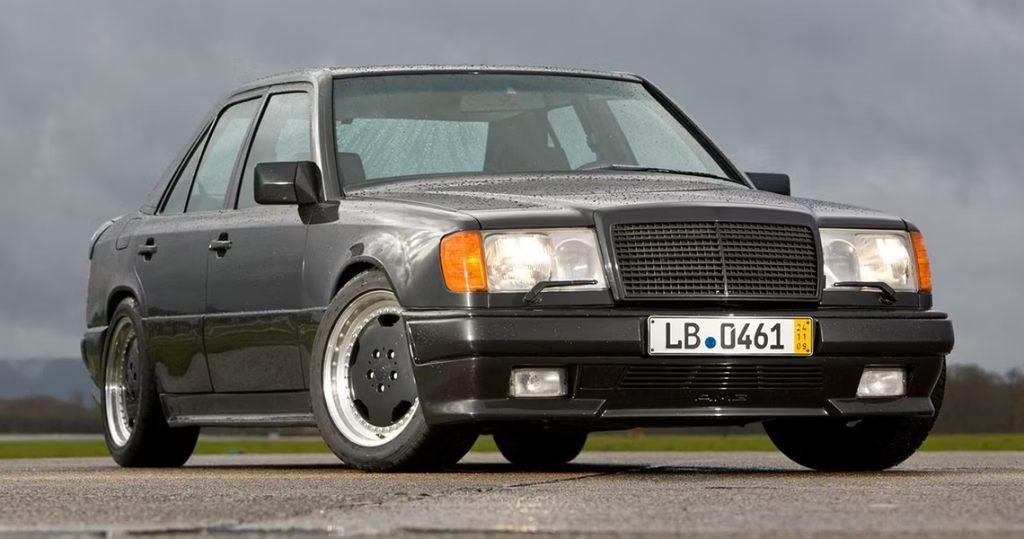
The Mopar Wars of the 1960s were undeniably the golden era of muscle cars in America. Even the early ’70s saw some of the greatest muscle cars in automobile history. Sadly, the 1974 Oil Embargo came to put an end to all of it, as gas prices skyrocketed and gas-guzzling V8 muscle coupes now spent more time in driveways and garages than on the roads. Furthermore, emission norms became stricter than ever, and the golden muscular age was no more. This era of weak muscle cars, dubbed the ‘Malaise era’, continued through the 1980s as well.
Muscle cars got weaker and weaker, losing popularity among the masses, which meant that some sedans from the era managed to become faster. After all, the muscle cars of the time were merely husks of their former selves with muffled and strangled V8s, and with both American and European sedans offering more comfort and luxury, the masses began moving over to these four-door offerings that were even faster. In that vein, here are 10 sedans from the ’80s that actually managed to be faster than the muscle cars of their era.
10/10
1985 Chevrolet Impala
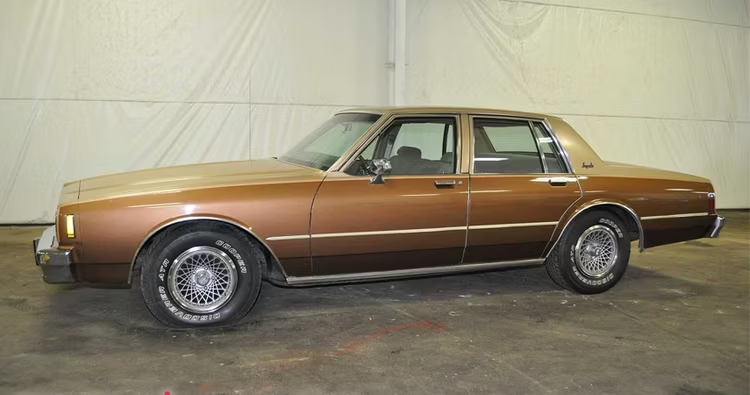
Chevy’s Impala began its journey in 1956, and it did receive its fair share of very powerful version in the ’70s. However, in the ’80s, there were many cars that failed to change with the times, but the Impala wasn’t one of them. By the ’80s rolled around, the Impala was a luxurious and stylish sedan.
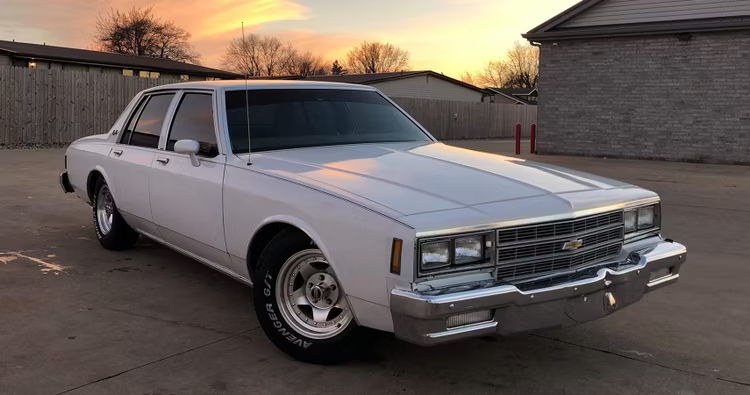
It wasn’t the fastest four-door sedan on the market, but it was the ’80s, after all, and the Chevy Impala still went from 0 to 60 just under 11 seconds. This was also a big car, and that meant it was pretty fast for its size and its time. Stylish, luxurious, and respectably quick, the Impala proved faster than other muscled cars of the time.
9/10
1988 Cadillac Seville STS
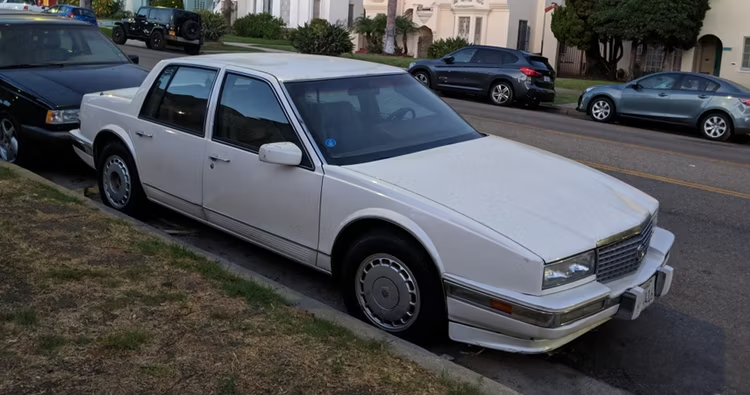
Cadillac made a respectable car with the Seville STS, but the design department simply failed to make it appealing to anyone looking for a cool and fast ride. However, armed with a 4.5-liter V8, the Seville rode on pretty grippy tires, and went from 0 to 60 mph in 8.9 seconds.
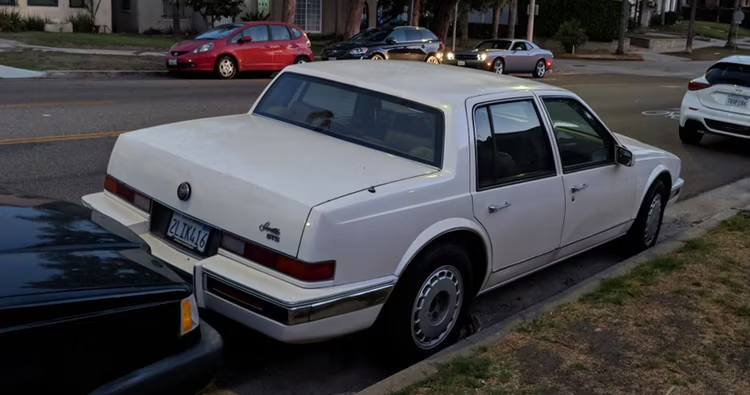
Caddy also gave the Seville STS stabilizer bars at the front and the rear. Sadly, because the youth didn’t find it appealing and older customers didn’t prefer its smaller size and light handling, the Seville STS couldn’t find a customer base, and not many of them were built or sold.
8/10
1980 Triumph Dolomite Sprint
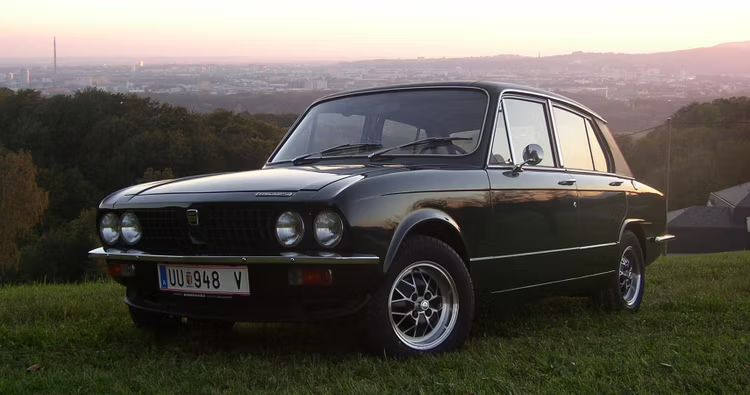
Even though the 1980 Triumph Dolomite Sprint could never arrive in the USA back in the ’80s, but this four-door sedan was pretty great, and enthusiasts certainly found it to their liking after 2005, when they could finally import it into the states.
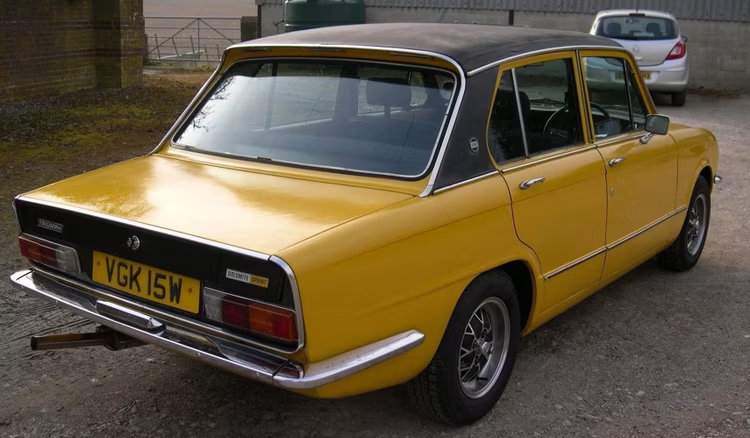
UK customers knew the Dolomite Sprint as the Dolly Sprint, and this car has the honor of housing the world’s first 16-valve engine. The Dolly boasted a great chassis and a peppy drivetrain, which gave it a top speed of a whopping 119 mph. It also went from nought to sixty in just 8.4 seconds, making plenty of contemporary BMW’s quake in their boots.
7/10
1989 Ford Taurus SHO
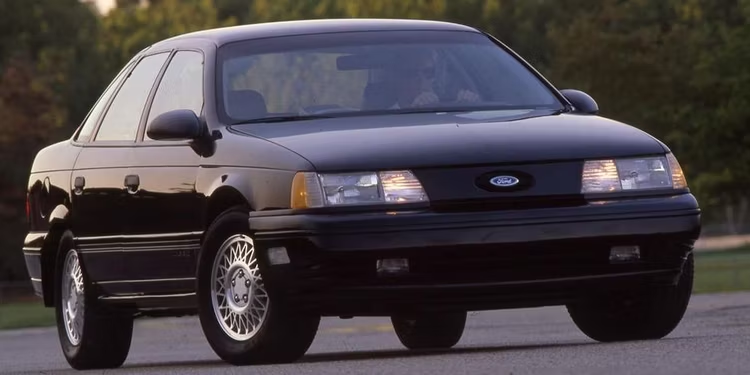
The Ford Taurus is one of the most important cars in the history of the Ford Motor Company, having saved the marque from bankruptcy. The Taurus SHO, however, was a different beast altogether, armed with Yamaha-powered engines that jetted out a staggering 220 horsepower.
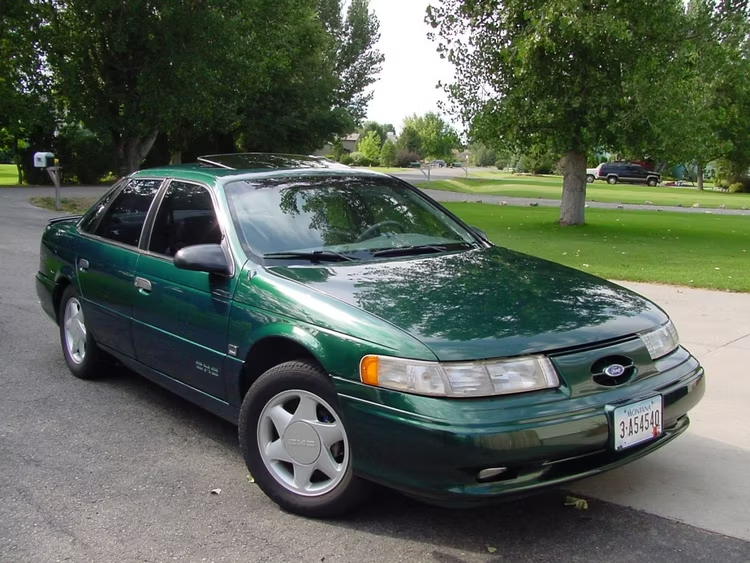
The Taurus SHO could also reach speeds upwards of 140mph, and it did 0 to 60 mph in just 6.7 seconds. For the enthusiasts, Ford even provided a stick shift transmission, and the Taurus SHO put plenty of ‘muscle’ cars that came with V8s under the hood to shame.
6/10
1980 Maserati Quattroporte III
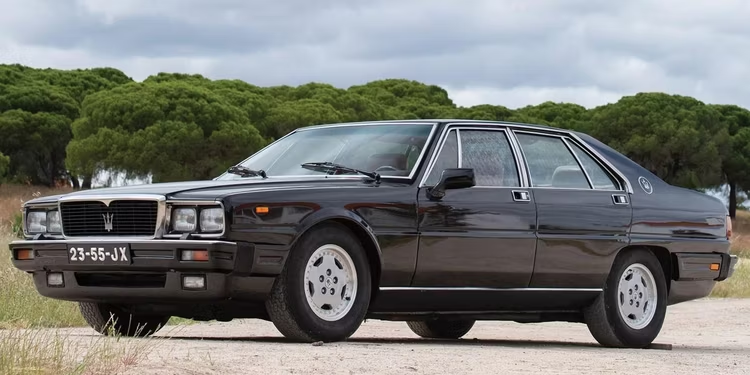
Maserati was easily one of the best Italian car-makers in its heyday. For its time, the 1980 Maserati Quattroporte was remarkably solid and quick.
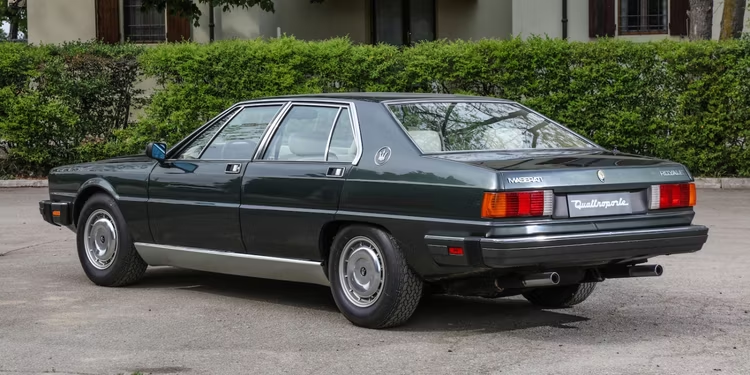
Maserati fitted the Quattroporte with a 4.2-liter V8, making it produce 256 horsepower. In fact, they even had a 5.0-liter V8 option, which made 276 horsepower. Capable of going from 0 to 60 in 7.5 seconds, the Maserati Quattroporte III was luxurious, spacious, and pretty damn fast for its time.
5/10
1986-1989 Acura Integra
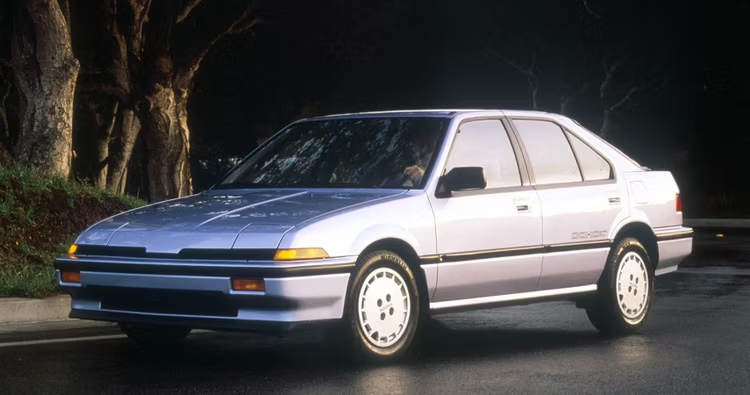
It wasn’t just European sedans that were showing up the weaker muscle cars in the American market. In fact, Japanese cars became so popular in the ’80s owing to their affordability, lightness, and speed, that they almost bankrupted many homegrown marques.
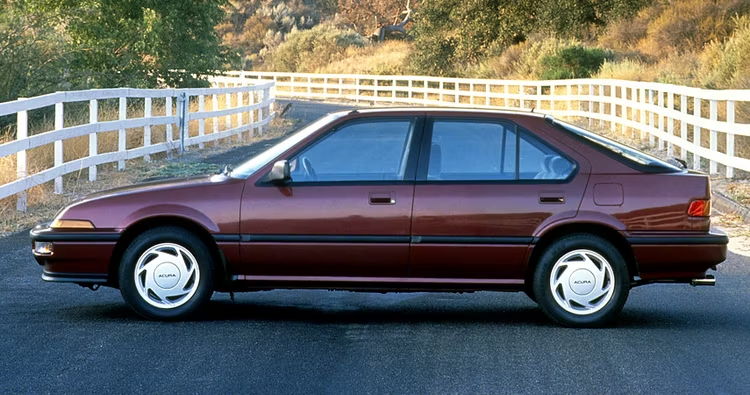
The standard Integra is a lot lesser known and loved than the ’94 Integra R, but it still managed to make 118 horsepower in 1980, going from 0 to 60 in 8.8 seconds. Acura styled the Integra well, keeping it clean, and the car itself was plenty of fun to drive, thanks to its superior build and technology. Lethargic muscle cars with heavy V8s that barely coughed up any horsepower had no chance against the likes of the Acura Integra.
4/10
1989 Peugeot 405 Mi16
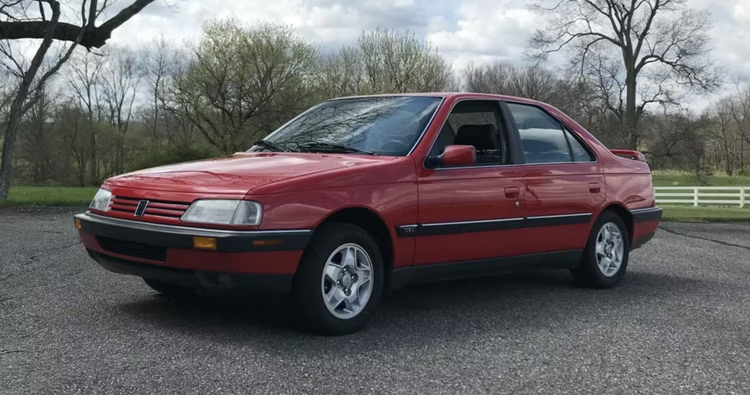
Peugeot didn’t have the best reputation among American buyers back in the ’80s, and rightly so. Dealerships for the brand were a disaster, and their cars weren’t the most reliable. However, the Peugeot 405 Mi16 was one heck of a swift ride.
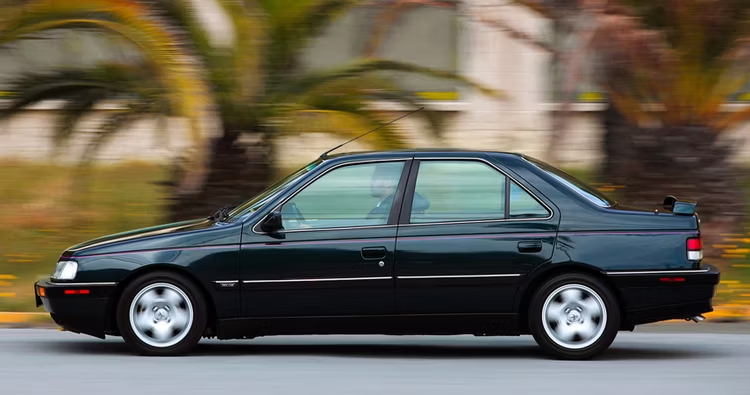
Capable of zipping from 0 to 60 mph in 9 seconds, and reaching top speeds of 137 mph, the Peugeot 405 Mi16 didn’t find many takers, but it was still pretty fun to ride around in. The French marque is set to make a comeback to American shores in 2023, and we’re certainly looking forward to seeing how they do this time around.
3/10
1988 BMW M5 E28
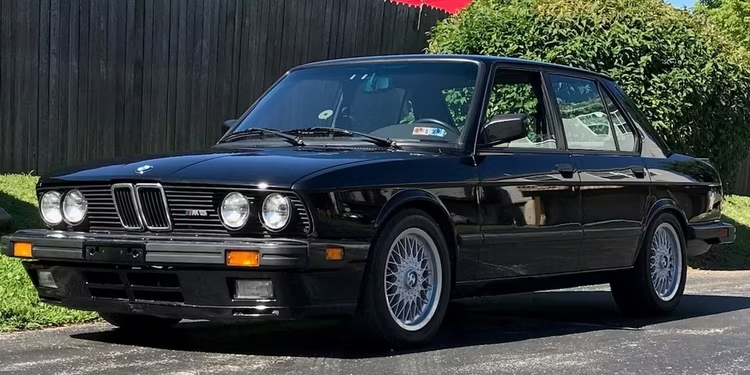
The BMW M-Series, initially, was never meant to be the legendary nameplate it is today. More privileged clients of the German marque requested for more powerful cars, thanks to BMW’s numerous appearances and successes in professional racing.
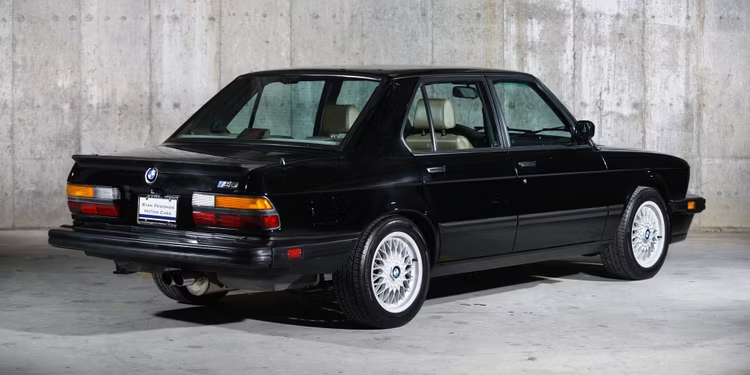
The 1988 BMW M5 E28 was the first M5 to ever come from the brand, and with its 3.5-liter inline-six, the sedan simply wowed anyone who sat inside. The M5 E28 from 1985 made 282 horsepower, and naturally became the fastest mass-produced sedan on the market. It was BMW’s first car that reach the 60 mph mark under 6 seconds. This is what makes the M5 E28 such a legend in automobile history.
2/10
1986-1988 AMG Hammer
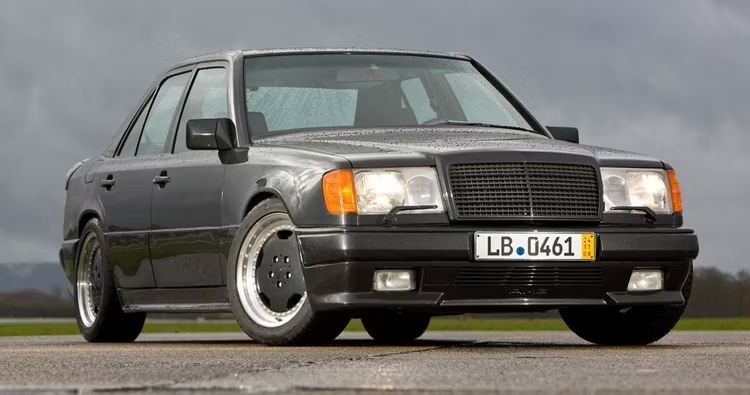
One of the best Mercedes cars ever made, the AMG Hammer came along when AMG took a 300 E and fitted it with a V8 and some suspension and drivetrain upgrades. Sure, the AMG Hammer was an expensive sedan, but it also went from 0 to 60 mph in just 5 seconds, and reached a top end of a ridiculous 186 mph, all the way back in the mid-’80s.
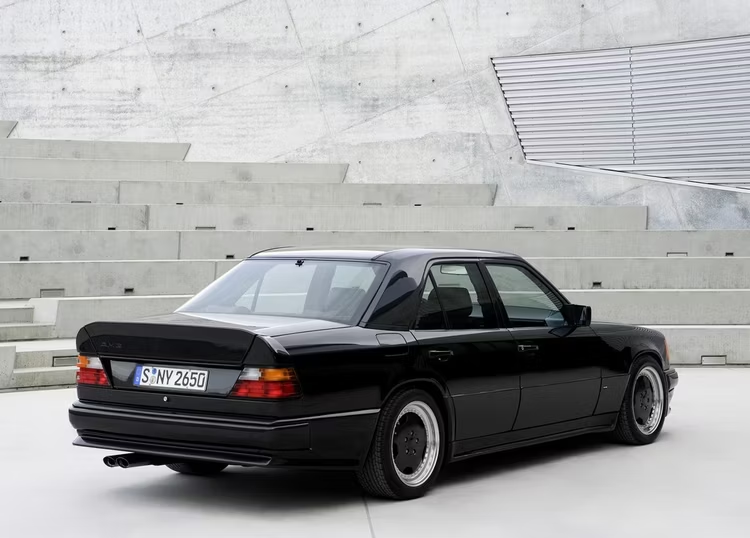
Thanks to the incredible 335 horsepower that the 5.6-liter V8 made, the Hammer remains one of the most sought-after classic sedans, and this four-door car could certainly take the fight to a Lamborghini Countach or a Ferrari 308.
1/10
1987 Alfa Romeo 164
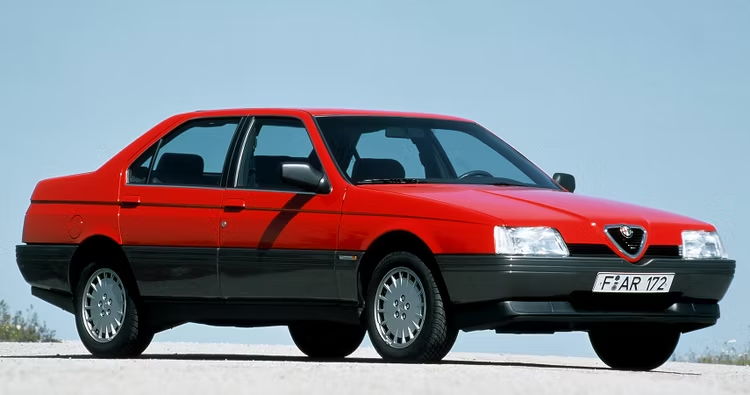
You won’t find a lot of people who disagree with the Alfa Romeo 164 being one of the greatest Alfa Romeos ever made. The design for the 164 came from the house of Pininfarina, and its multi-cam V6, to this day, sounds like pure ICE symphony.
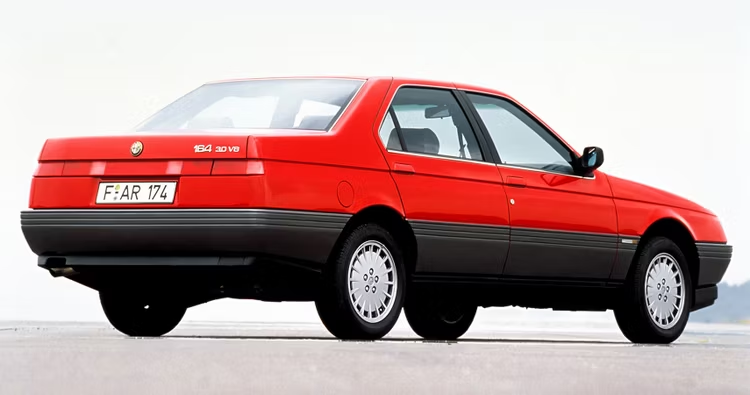
Capable of going from 0 to 60 in 9.5 seconds, the ’87 Alfa Romeo 164 could reach the 126 mph mark as well, which was incredibly thrilling for a four-door sedan. Alfa also gave the 164 a remarkably responsive and stabilized steering. It remains one of the few Alfa Romeo cars that were very dependable and low-maintenance, too.
Sources: BMW, Historics
Ranking The 10 Best Plymouth Cars Ever Made
The iconic but now-dead Plymouth brand gave the automotive industry some real gems over nearly a century.
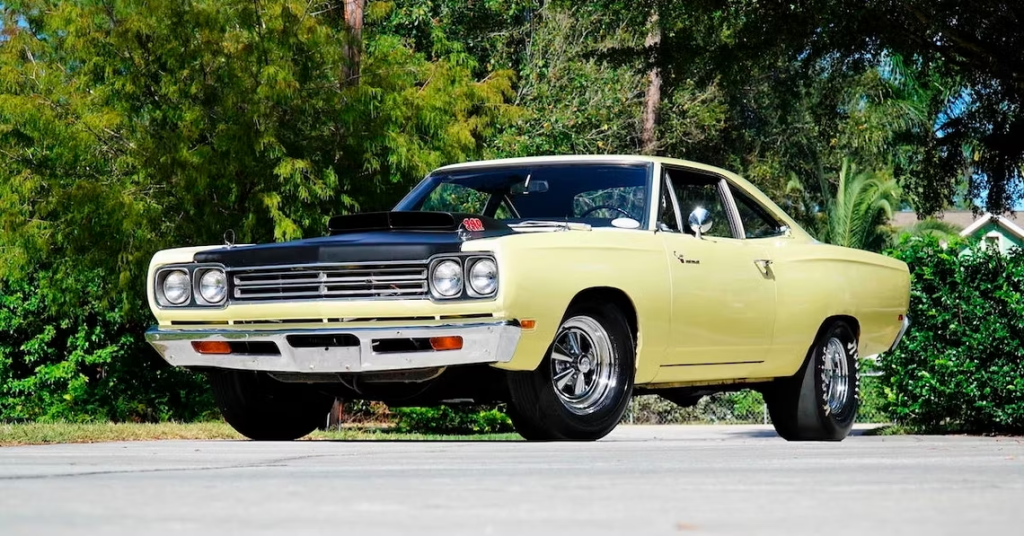
Plymouth used to be one of the biggest names in the American automotive industry before the marque met its end in the mid-2000s. The brand was a Chrysler subsidiary, and made everything ranging from sedans and vans, to sports cars and muscle cars. Over the course of their ninety-year history, Plymouth certainly gave the market some unforgettable classics. Be it some amazing muscle cars that managed to go head-to-head with the Mustang and Camaro, or proper open-top convertibles that made the youth flock to them, Plymouth cars are worth remembering.
Sure, as with any company that had a run as long as Plymouth, there are many cars that never failed, and the fact that the company doesn’t exist today shows that they had plenty of failed cars. However, when Plymouth did things right, it nailed the mark, resulting in some extremely cool cars that cemented their place in the history books. Here are the 10 best cars that ever came off the Plymouth assembly line.
10/10
Plymouth Valiant
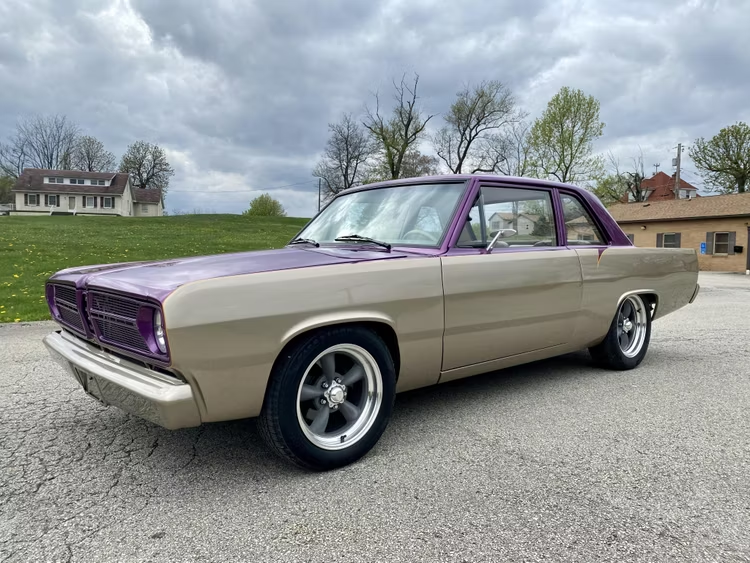
The oil crisis of the 1970s hit the automotive market awfully, and companies now had to make gas sippers and compact cars in order to stay afloat. Though the Valiant had been introduced all the way back in 1959, Plymouth reintroduced it in the ’70s as a very dependable and reliable car.
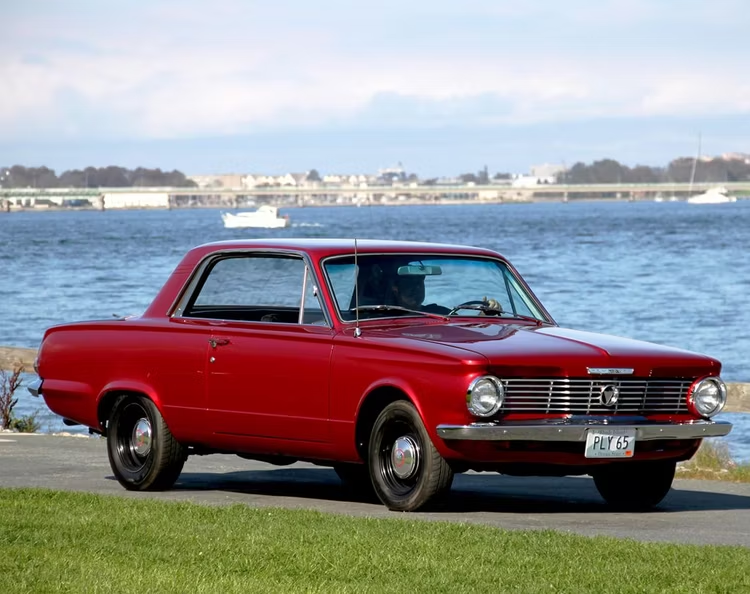
This was the car that kept Chrysler afloat at the time, as it sold in huge numbers and found great support from consumers. Sadly, Chrysler axed the Valiant in 1976, and three years later, Chrysler was on the verge of bankruptcy before the government bailed it out.
9/10
Plymouth Fury
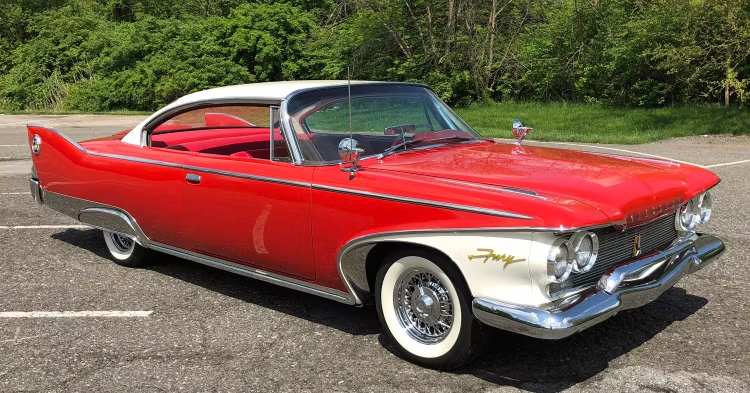
A sub-series of the Plymouth Belvedere, the Fury came into the market in 1956, and stayed for thirty-three years. Technically, the Fury was Plymouth’s first-ever muscle car, but it was just introduced to the market in an era when it hadn’t yet realized its fascination and craze for muscle cars.
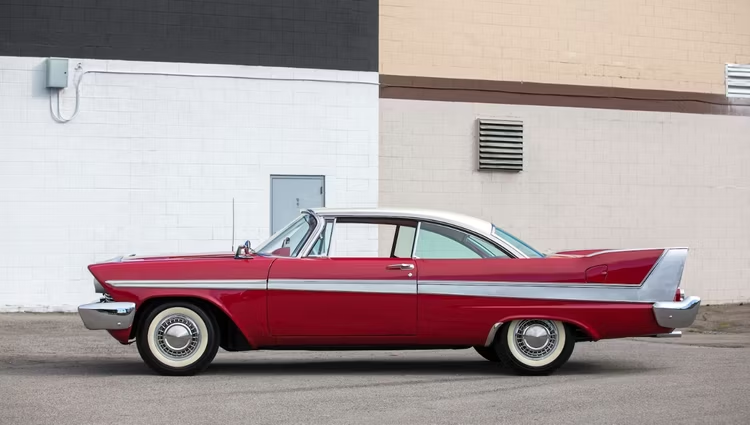
The 1956 Plymouth Fury shook its competition, outshining all its rivals shortly after launch at the Daytona Beach Speed Week. After all, it had a massive 5.0-liter V8 powering it, which rendered the Plymouth Fury downright unstoppable at the time.
8/10
Plymouth Belvedere Sport Satellite

Plymouth’s Belvedere model cars were some of their very best and most popular. They were so popular at the time that one was even sealed in a time capsule in Oklahoma. When Plymouth moved the Fury to a larger platformer in the ’60s, they also shifted the Belvedere nameplate to the mid-size line.
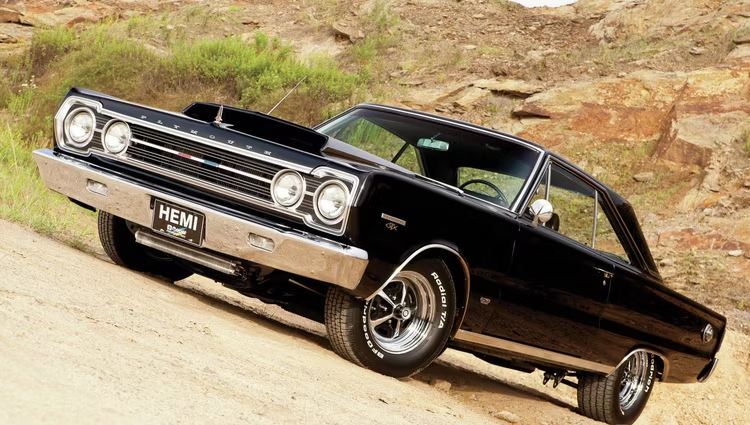
The top trim for the Belvedere was dubbed the Belvedere Satellite, or just the Plymouth Satellite for short. Armed with a behemoth 7.0-liter Commando engine, the Satellite later moved to a Hemi unit in 1966, and remained just as much of a crowd pleaser.
7/10
Plymouth Duster 340
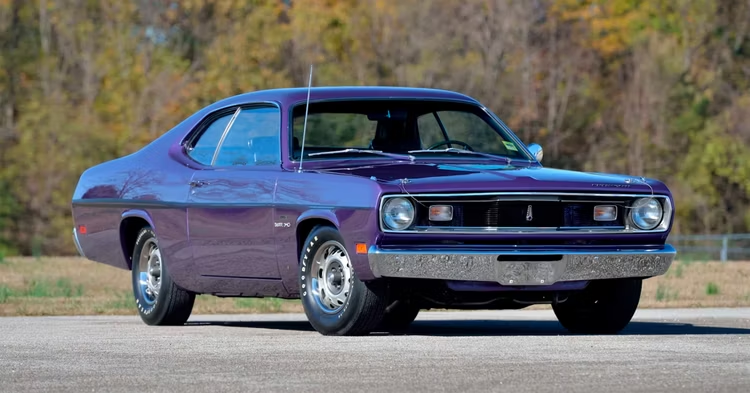
All the Duster models from Plymouth were similar to the Road Runner, which we’ll talk about in due time. The Duster came armed with a 5.6-liter 340 ci V8 engine and delivered all its 325 horsepower to the rear wheels.
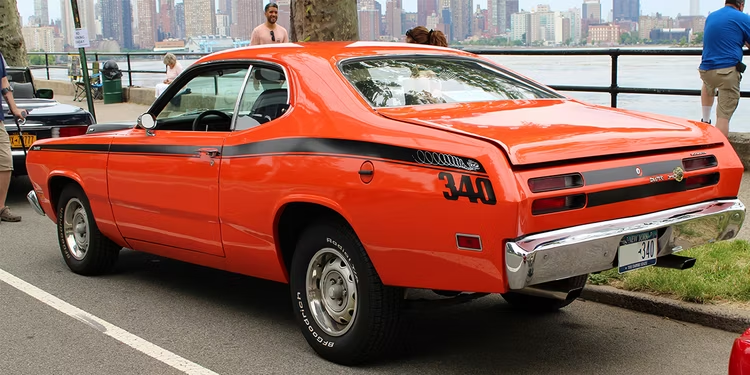
The Duster was capable of hitting the 60 mph mark in under 7 seconds, which was extremely impressive for a car in the early 1970s. While it was meant to be compact version of the Plymouth Valiant, the Duster did far better than the Valiant on the market, and went on to sell 1.3 million units worldwide before its final model year.
6/10
Plymouth Superbird
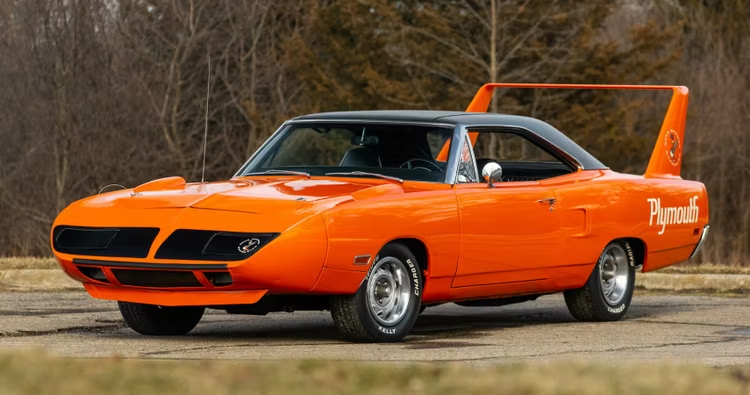
It’s strange how the Plymouth Superbird is one of the greatest classic cars ever made today, but at the time of launch, nobody wanted much to do with it. In fact, dealers actually had to remove the huge spoiler and aerodynamic nose from the Superbird in order to make it more appealing to the masses.
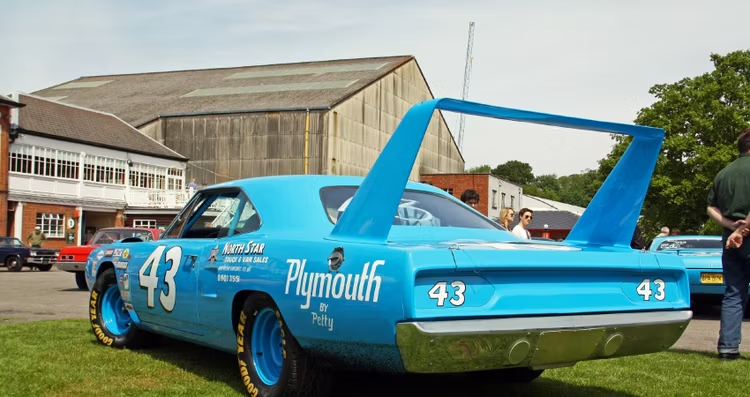
Today, however, things have changed, and the Plymouth Superbird is every car collector’s dream. To say you’d have to part with an arm and a leg to get the Superbird would be an understatement. What came under the hood was a Hemi so powerful it decimated everyone at NASCAR, so much so that the organization had to ban Hemi engines from competing.
5/10
Plymouth GTX
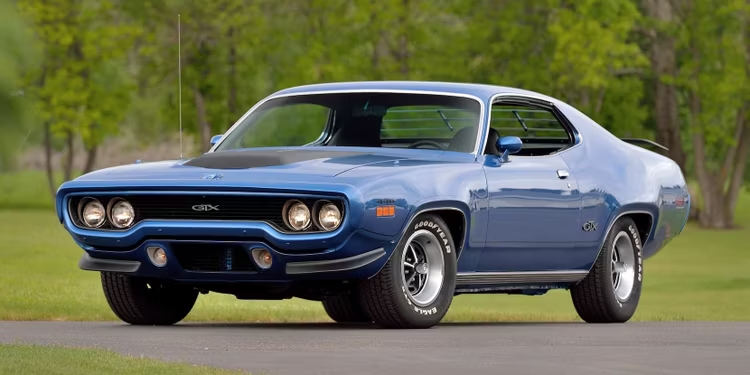
The Plymouth GTX is one of the best cars to have ever come off the Plymouth assembly line, but the 1971 model was something completely special. The B-Body platform for the GTX was altered for the 1971 model year, and it came with either a 7.2-liter 440ci V8, or a 426ci Hemi V8.
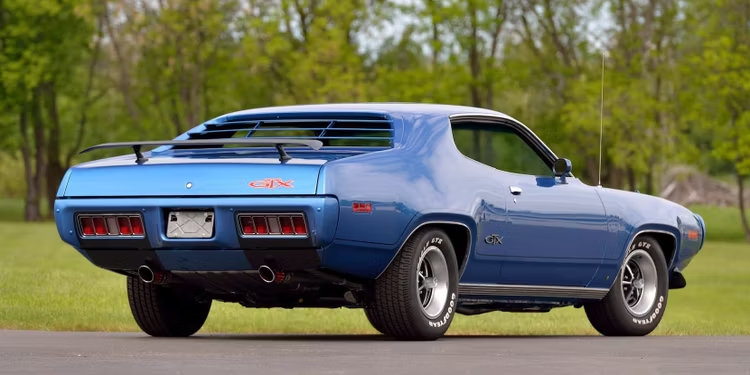
A Hemi V8 Plymouth GTX was capable of cranking out 425 horsepower. In fact, any Plymouth Road Runner model which was armed with the 440 cubic-inch V8 block, was renamed to the Road Runner GTX instead.
4/10
Plymouth Race HEMI Belvedere
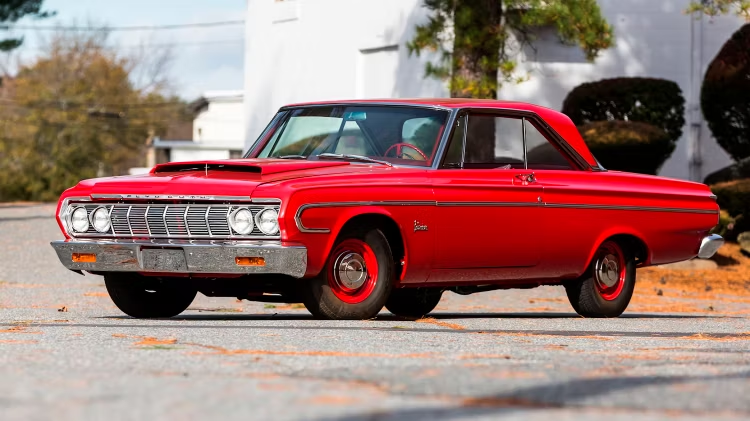
Plymouth introduced the Belvedere in 1962, but it was the ’64 Hemi Belvedere that changed the game. The Hemi engine decimated the competition such that Hemi Race Belvedere models won first, second, and third position in the very first Daytona they competed in.
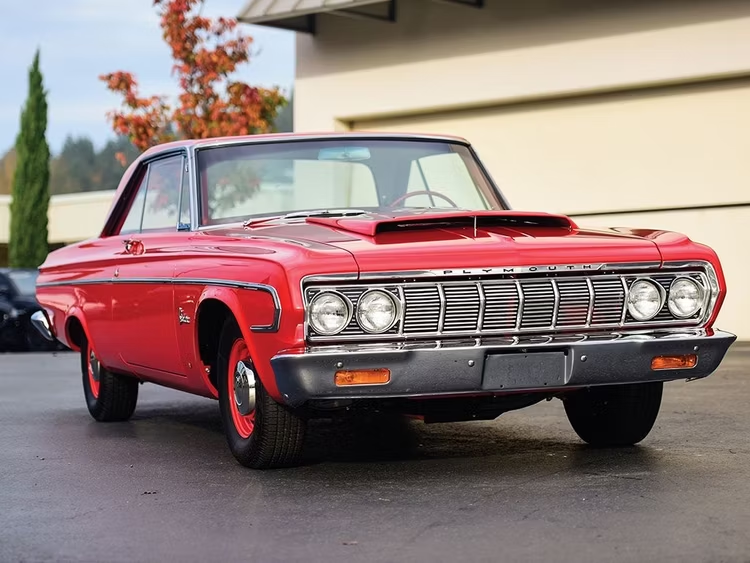
The Race HEMI Belvedere was only made for the track, and was never street legal. However, riding on the success at Daytona, Plymouth did develop a street-legal Hemi Belvedere two years later in 1966. Of course, the ’64 Hemi Belvedere that set fire to the track holds a place of reverence in the heart of every gearhead from the time.
3/10
Plymouth Road Runner
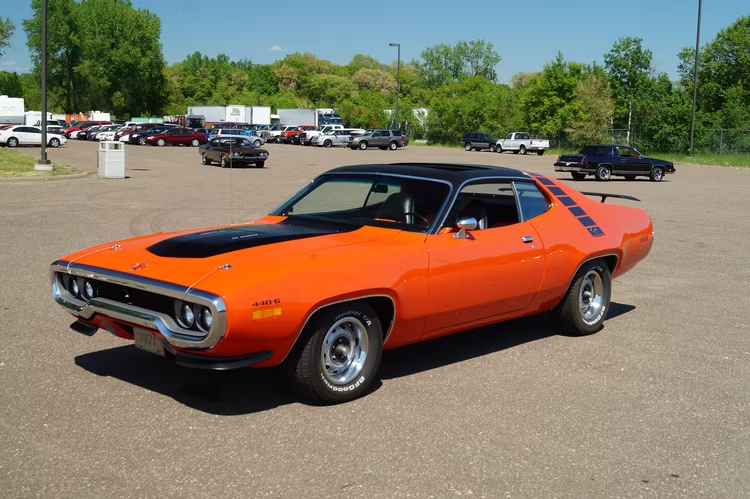
Not including the Plymouth Road Runner on this list would have been nothing short of blasphemy. One of the most popular Plymouths ever to see production, the Road Runner truly came into its own with the 1970 model year, where it came with a 6.2-liter V8 engine.
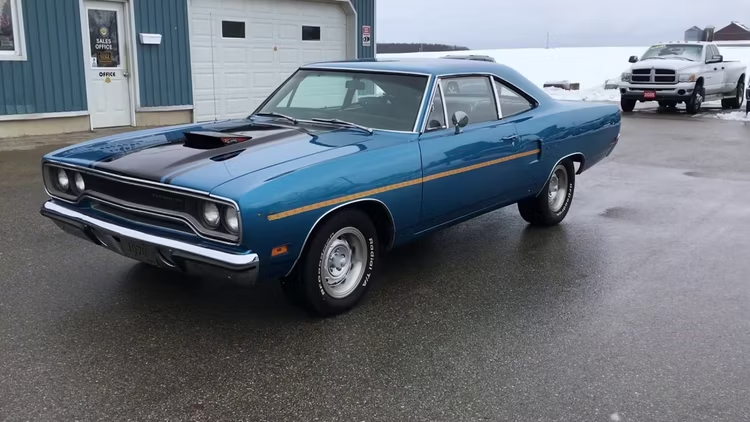
With 335 horsepower and 425 lb-ft of torque, the Road Runner was also one of the most powerful Plymouth cars ever. While at the time, the Road Runner was one of the most affordable Plymouths around, today they are collectors’ cars which can fetch over $150,000 at auction.
2/10
Plymouth Barracuda
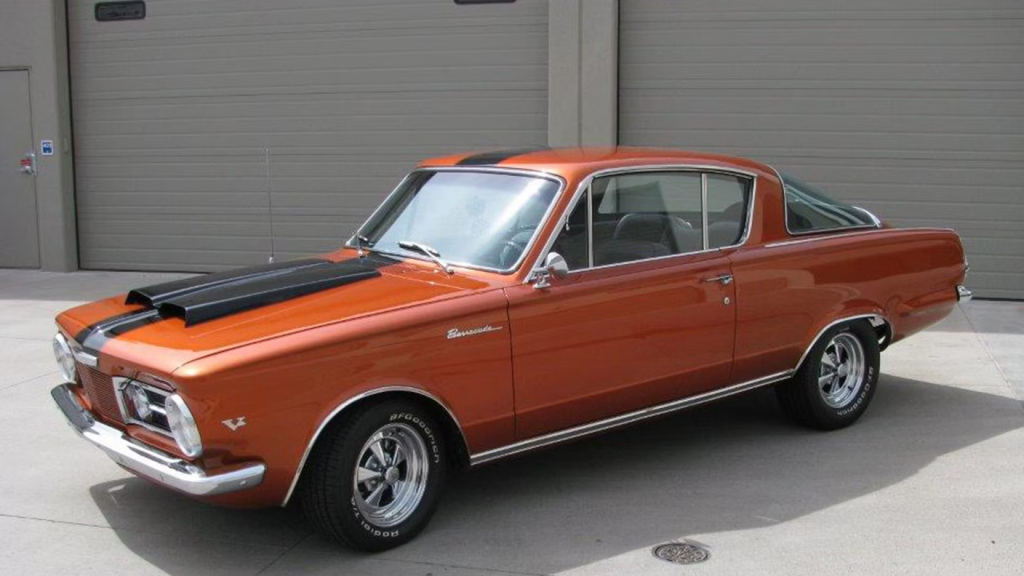
The Plymouth Barracuda technically beat the 1964 Ford Mustang to the punch when it came to being the first pony car. Sadly, Ford’s pony overshadowed the Barracuda by a landslide. By 1967, the Barracuda got its own nameplate away from the Valiant.
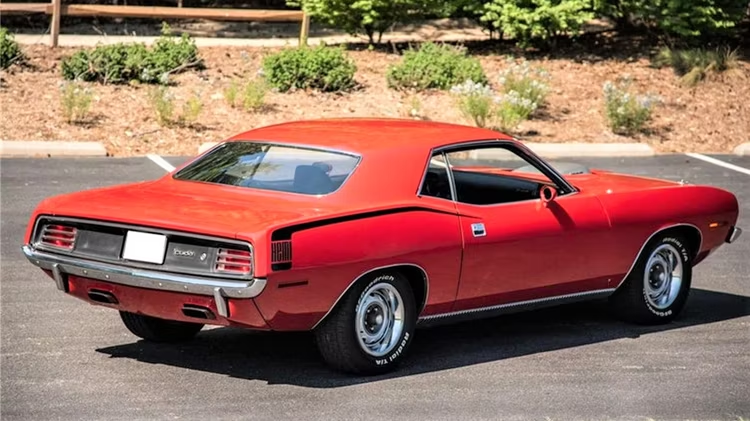
One of the most popular variants of the Barracuda was the Formula-S 383 trim, which came armed with a 6.3-liter V8 and churned out 280 horsepower. The Barracuda is perhaps the most popular and world-renowned Plymouth car, and it truly managed to take the fight to the Dodge Challenger and the Mustang, especially from 1970 to 1974.
1/10
Plymouth HEMI ‘Cuda
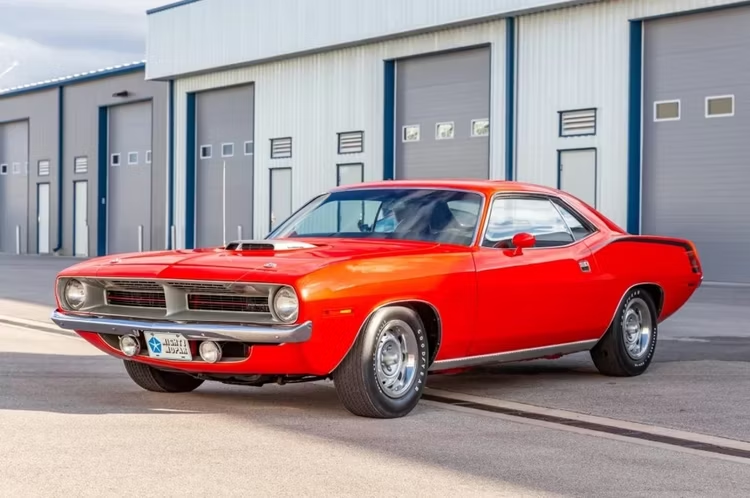
The Camaro killer, the Hemi Cuda was a formidable car, and easily the most valuable car today that bears the Plymouth badge. The Barracuda was a great car, and the Hemi Cuda in 1969 came to improve it by leaps and bounds.
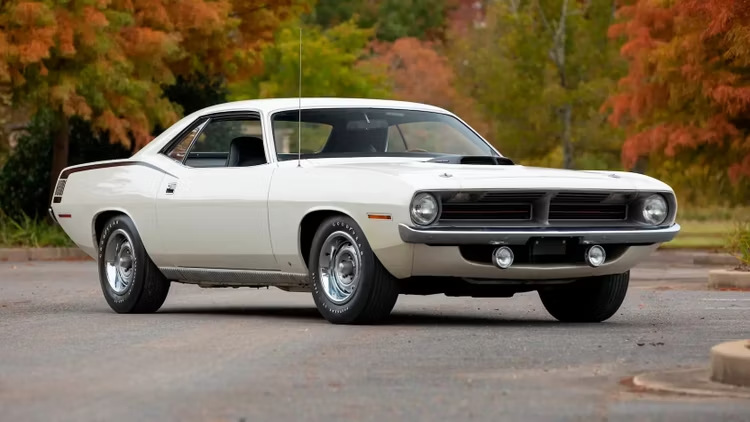
With its hood scoop, Dana axles, and a growl that would be music to gearheads’ ears, the Plymouth Hemi ‘Cuda remains one of the greatest Hemi cars ever made. All 385 horses of the Hemi Cuda made it a beast of a car, and today, it is also quite the rare commodity. In fact, a 1971 Hemi ‘Cuda convertible sold for $3.5 million in 2016, which was a record at the time.
10 Reasons Why We Like The Ford Mustang Mach-E California Route 1
The longest range in Ford’s Mustang Mach-E lineup is just one of the perks offered by the -E Route 1 trim.
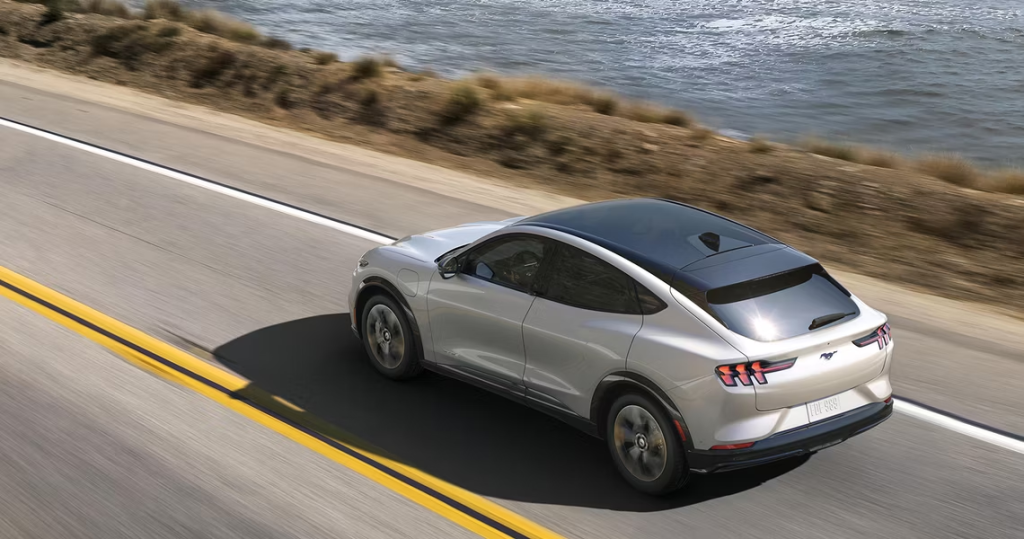
If there are two things the market has grown to love exponentially over the last few years, it is crossovers and EVs. Naturally, auto manufacturers have been churning out both of them to increase profits. With purely gas-powered cars set to fade out into the sunset soon enough, electrification is in, and one of the biggest and most popular examples of it is the Ford Mustang Mach-E. Taking their most iconic nameplate synonymous with big, bad V8 engines and turning it into a battery-powered crossover, Ford created the Mustang Mach-E as an EV Mustang for the future.
The Mach-E bears all the styling cues from the Mustang, except that it runs on battery power. Second to the range-topping Mach-E GT, the California Route 1 trim of the Mustang Mach-E is an incredible package that demands attention. The firmer ride of the sportiest Mach-E GT proves too much for some, and so does the less range. Amongst all the trims of the crossover, the Mustang Mach-E California Route 1 comes as a winner, and here are 10 reasons why we like it so.
10/10
The Mustang Mach-E California Route 1 Completely Decimates Range Anxiety
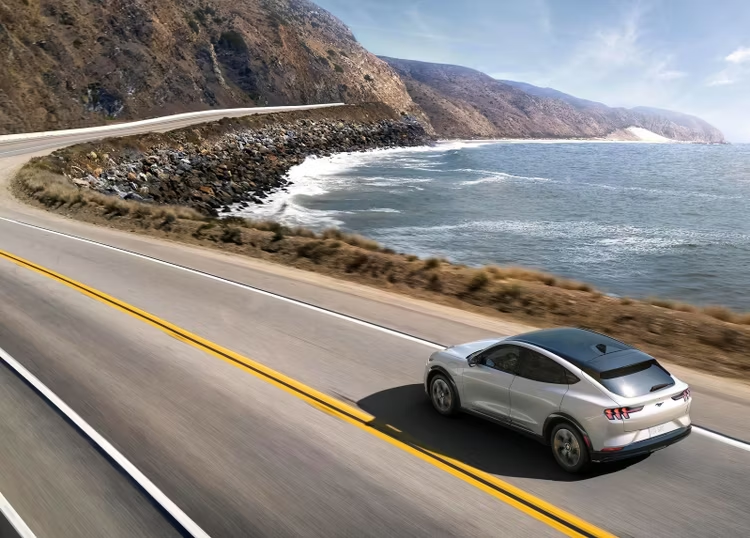
The single biggest fear people have that causes their aversion to electric vehicles is range anxiety. Running out of battery in the middle of nowhere in an EV is an idea that terrifies people since you can’t carry electricity in a jerry can in the trunk.
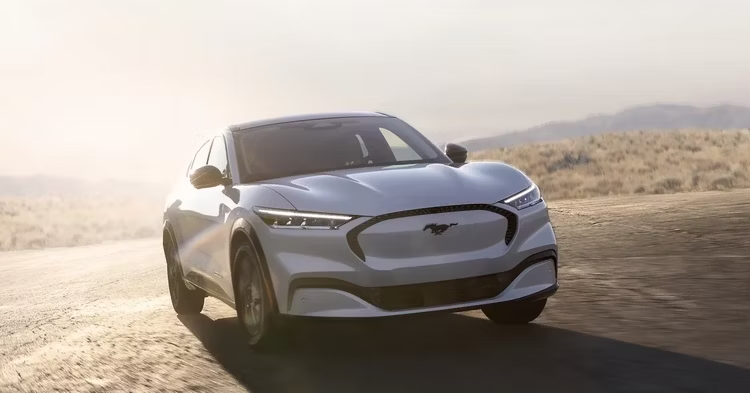
However, for the latest model year, Ford has surpassed the industry standard of 200-250 miles of range in the California Route 1 trim of the Mach-E. With 310 miles of range, the California Route 1 trim of the Mustang Mach-E has the longest electric range in the lineup, and it certainly is a mile-muncher.
9/10
Federal Tax Incentives Make The Mustang Mach-E California Route 1 An Even Better Deal
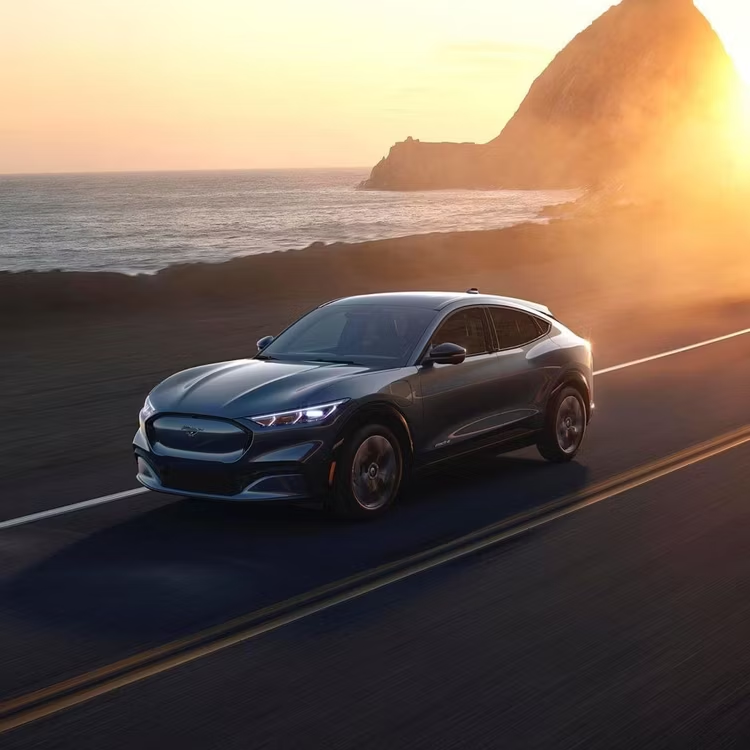
With an MSRP of $52,775, the Ford Mustang Mach-E California Route 1 certainly doesn’t come cheap. However, the Blue Oval electric SUV does come with a hefty $7,500 federal tax incentive for EVs.
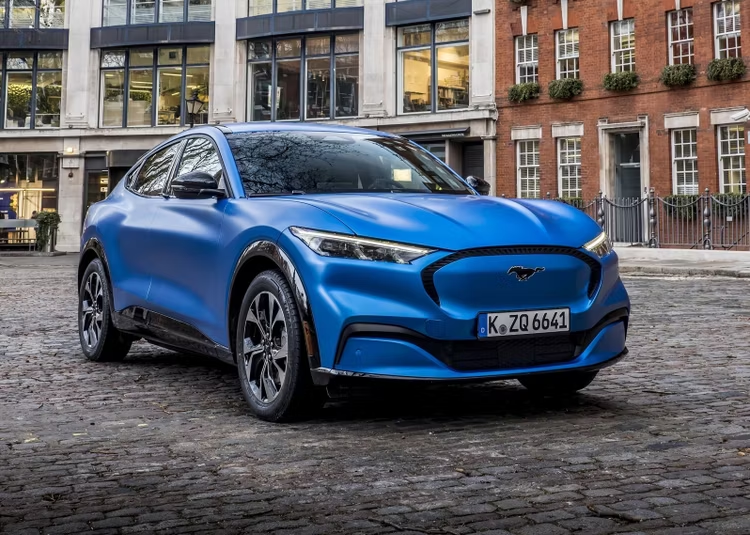
This effectively brings down the price of the California Route 1 trim of the Mach-E closer to the $45,000 mark. That is undeniably an incredible affordable for an electric vehicle with the sort of power and range that the Mustang Mach-E offers.
8/10
Several Drive Modes On The Mustang Mach-E Make For A Versatile Package
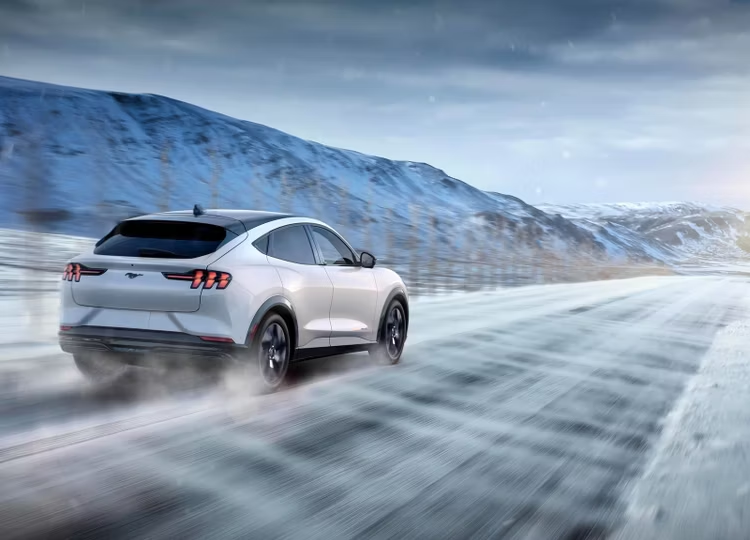
The Ford Mustang Mach-E comes with three separate drive modes, which are named Engage, Whisper, and Untamed. These aren’t superficial modes, either, and the Mach-E adjusts the steering, throttle response, stability control, efficiency, and final drive, according to each drive mode.
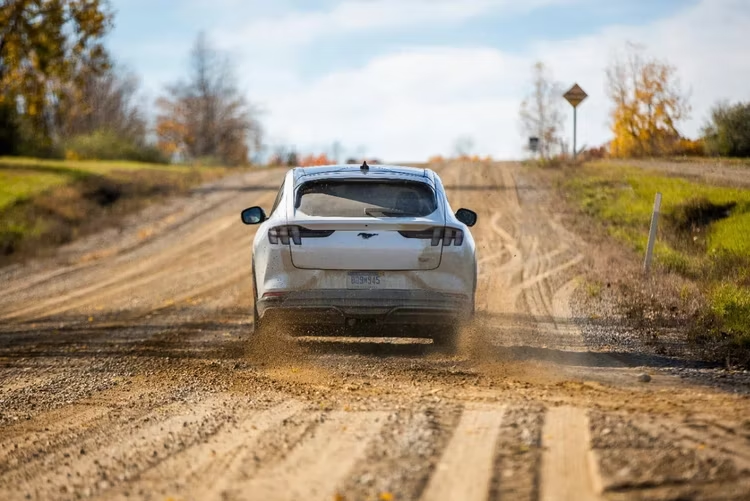
The drive modes on the Mach-E are quite impressive as they go even further, changing around the ambient lighting, graphics on the instrument cluster, and even the interior sound.
7/10
The Mach-E California Route 1’s Premium Interior Leaves Occupants Impressed
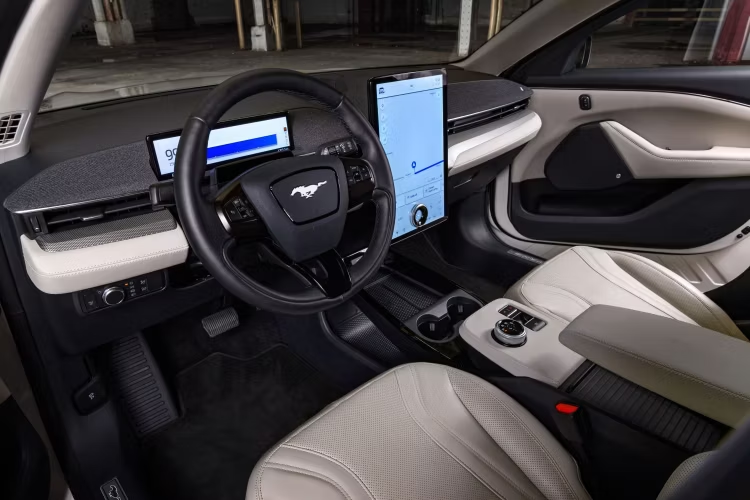
There’s a reason the Ford Mustang Mach-E sold like hotcakes. Every electric car today has an undeniably impressive interior that is minimalist and practical, which is quite reflective of the EV category at large.
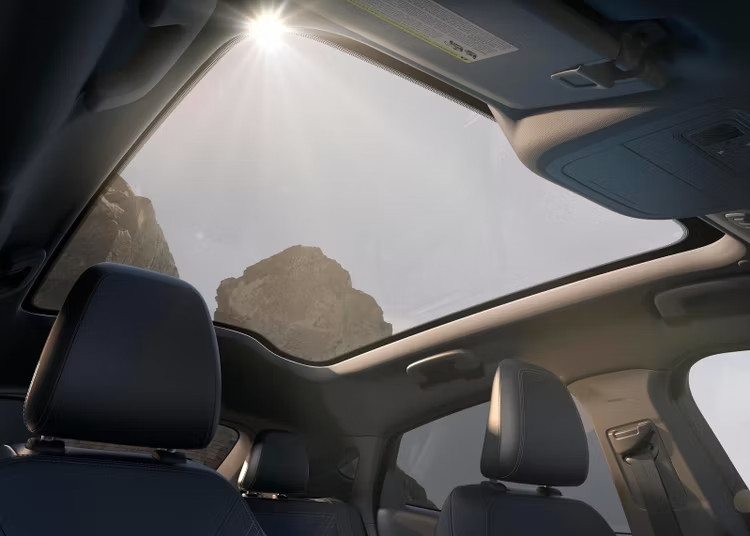
With a stylish and modern layout, the cabin of the Ford Mustang Mach-E is a far cry from that of the Mustang coupe. After all, this here is a crossover with plenty of space, and Ford has certainly decked it out with a lot better interiors, materials, and fitments than their other recent offerings like the Explorer.
6/10
MagneRide Active Suspension On The Mustang Mach-E Delivers Premium Ride Quality
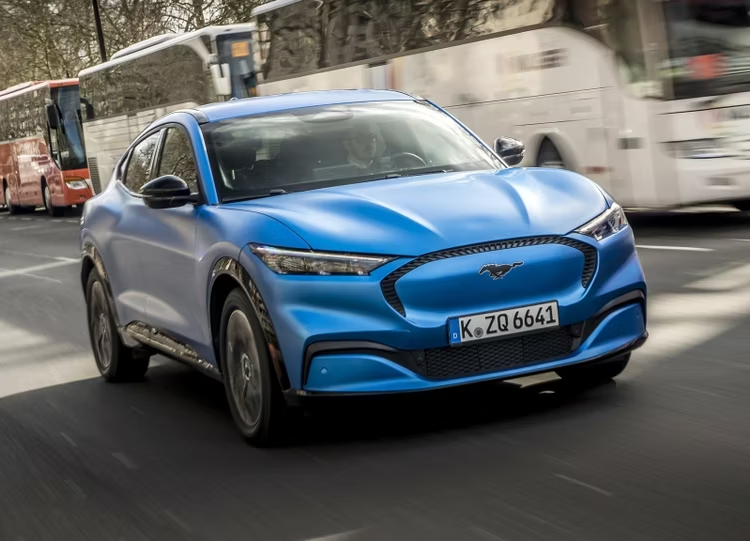
Ford’s unique MagneRide suspension system truly shines on the Mustang Mach-E. While conventional suspension setups take a while to adjust between handling well and riding well, the MagneRide suspension uses magnets instead of air.
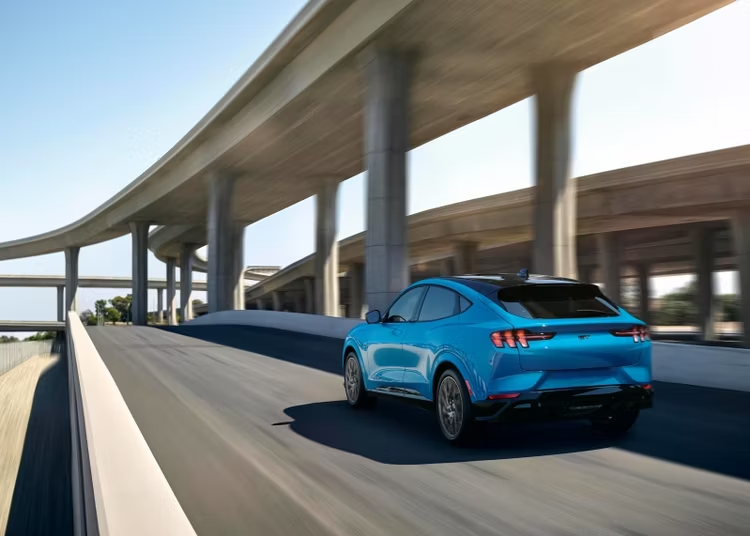
Through this power of magnets, the Mustang Mach-E’s active suspension doesn’t skimp on either comfort or agile responsiveness. Hence, the Ford Mustang Mach-E offers a firm, smooth, and confidence-inspiring ride quality.
5/10
The California Route 1 Is One Of The Quickest Accelerating Crossovers
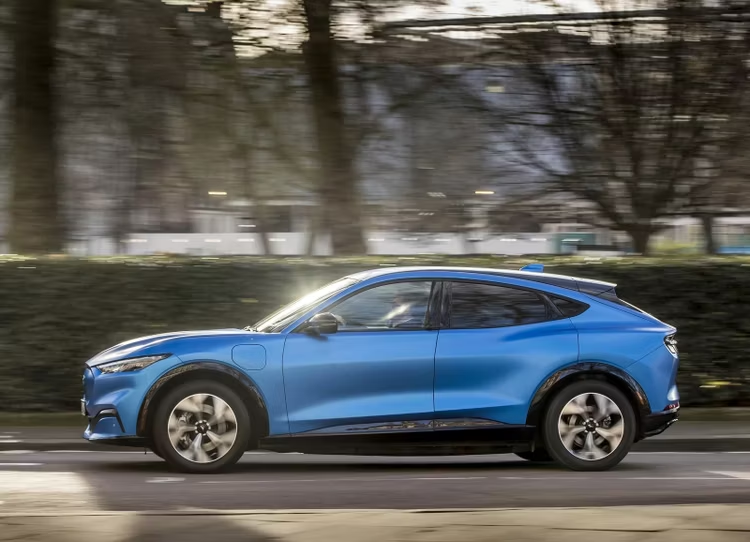
A heavy crossover that seats an entire family, runs on battery, and still manages to be one of the fastest vehicles on the road is certainly not one that can be denied its attention. While the fastest trim option on the Mach-E is certainly the GT model, the California Route 1 is no slouch either.
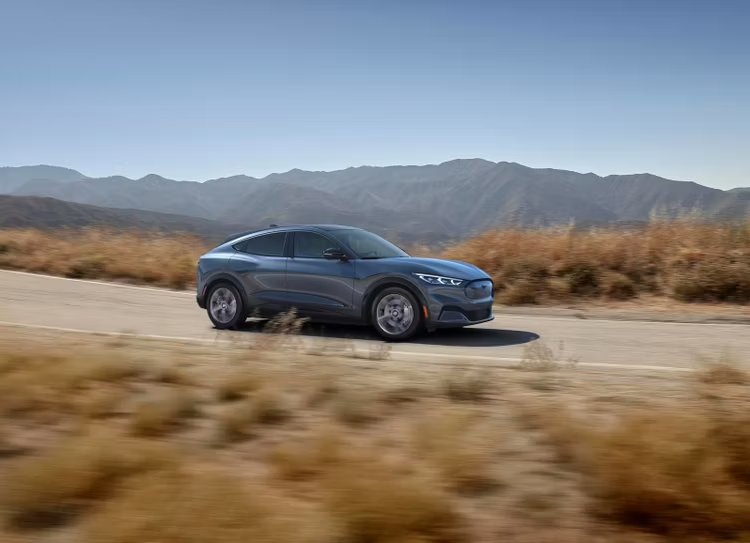
Strictly RWD up until the last model year, the Mach-E California Route 1 takes 6.1 seconds to go from 0 to 60. Now, with AWD finally available on the California Route 1, the crossover can reach the 60 mph mark in just 5.1 seconds. That is certainly sports car territory and is bound to leave anybody impressed.
4/10
The Ford Mustang Mach-E California Route 1 Comes With The BlueCruise Hands-Free System
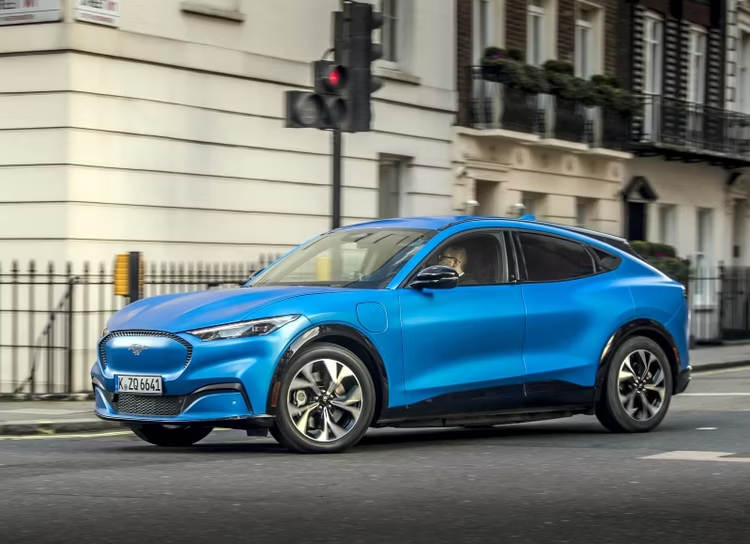
Driver-assistance systems in cars and self-driving setups are all the rage in vehicles today, and Ford, too, has joined the club. With the help of a camera above the steering column, the Mach-E monitors the driver in order to ensure they’re paying attention at all times.
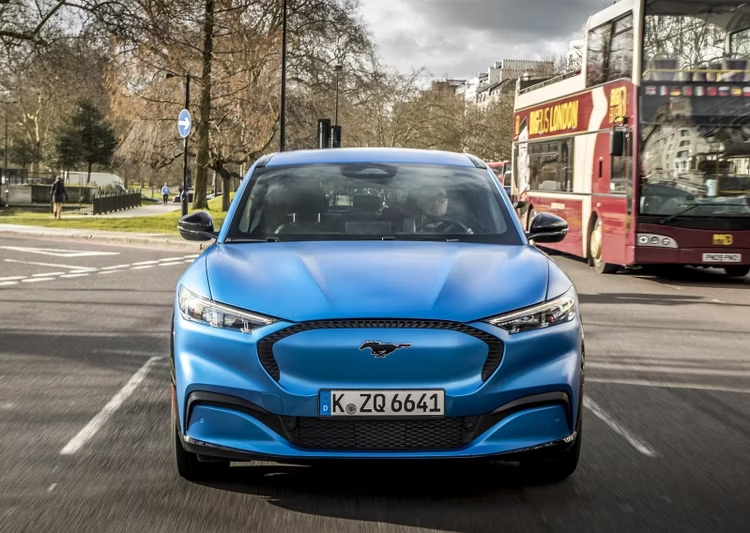
Through rigorous R&D, Ford has put the hands-free driving BlueCruise system in the Mach-E, and it has even proven itself over 110,000 miles of real-world usage done by Ford.
3/10
The Mustang Mach-E California Route 1 Can Take Care Of Towing Duties
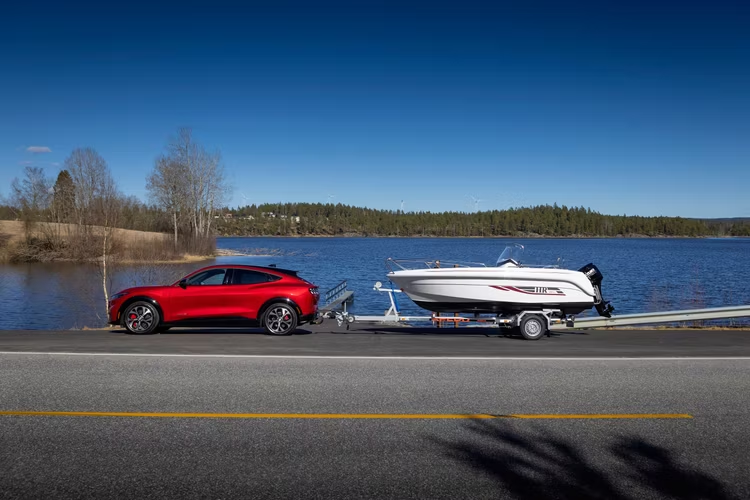
Yes, we’ve all seen supercharged Mustang GT cars towing along trailers, but that isn’t what those coupes are made for. However, the Mustang Mach-E being a crossover certainly has towing capability off the assembly line.
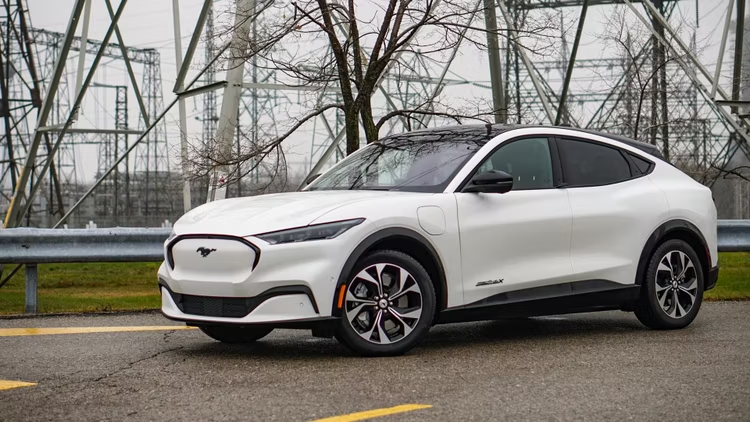
Behind the wheel of a Mustang Mach-E, you could pull a decent load behind your vehicle. Sure, it can’t possibly tow as much as an F-150 truck, but you still get up to 3,306 lbs of towing capacity. That is just about enough to pull a small caravan or trailer.
2/10
The Mustang Mach-E Is One Of The Safest Vehicles On The Market
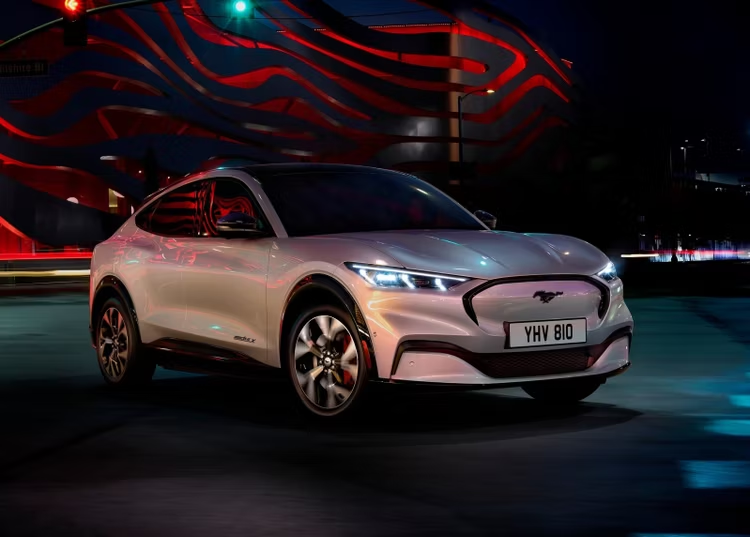
Safety is of utmost importance when you’re considering a family vehicle, and that is another front where the Mustang Mach-E doesn’t disappoint. With a five-star rating from the NHTSA and the Euro NCAP, the Mach-E also boasts a Top Safety Pick award from the IIHS.
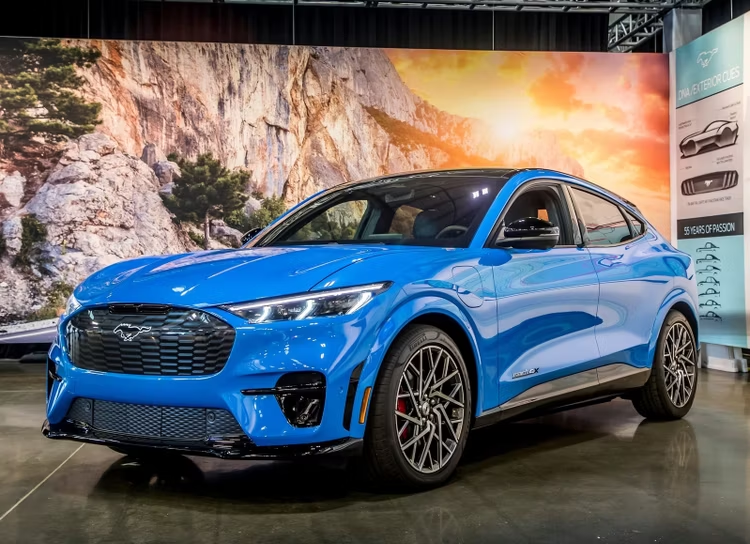
The electric crossover comes with a host of safety features as standard, and the star of the show is the Co-Pilot 360 Assist. Equipped with the 2.0 version, the Mach-E comes standard with great safety and assistance features like adaptive cruise control, evasive steering assist, speed-sign recognition, and lane-centering.
1/10
The Uniquely-Designed Wheels On The Route 1 Look Great
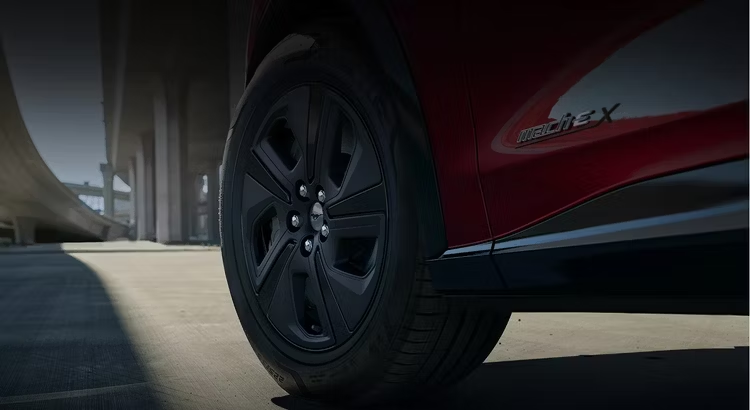
The Ford Mustang Mach-E California Route 1 trim does get something that stands out and announces the trim level to onlookers. Exclusive to the California Route 1 model are standard 18-inch High Gloss Black-Painted Aluminum Wheels.
The Ford Mustang Mach-E California Route 1 trim does get something that stands out and announces the trim level to onlookers. Exclusive to the California Route 1 model are standard 18-inch High Gloss Black-Painted Aluminum Wheels.
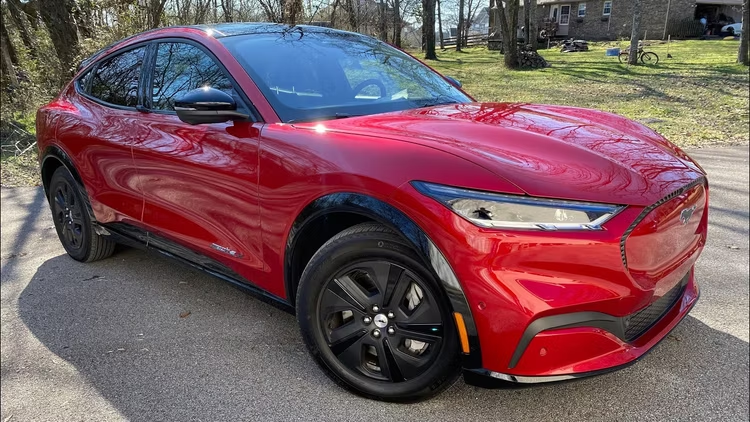
These unique black wheels come with a Low-Gloss Black Aero Cover, which Ford states were “made for the open road”. The blacked-out rims and wheels certainly look great on the Mustang Mach-E California Route 1.
5 Things We Love About The Kia EV6 (5 Reasons Why We’d Rather Have The Hyundai Ioniq 5)
The two biggest EV crossovers in the market are quite evenly matched up, with plenty to love about each.
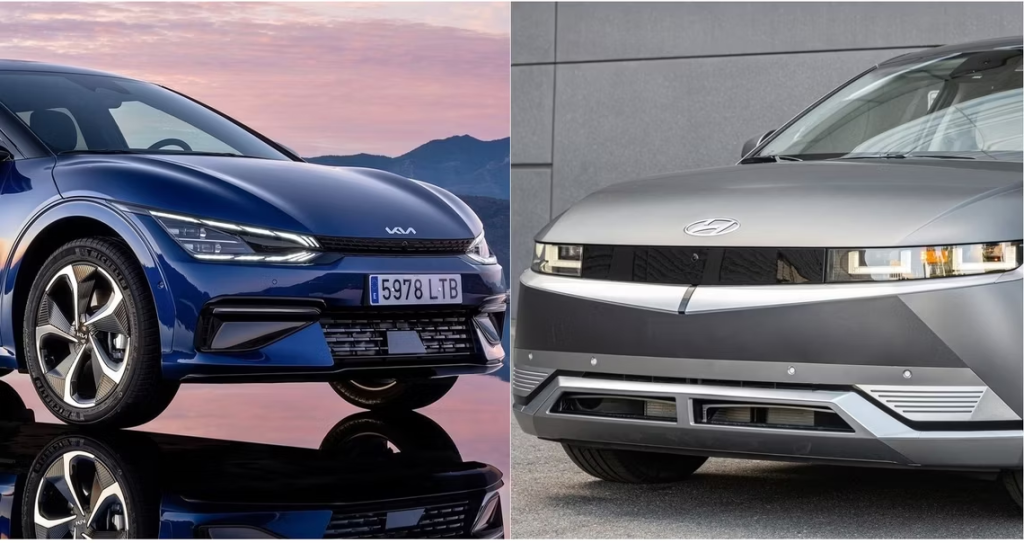
The electric car segment has been growing exponentially over the recent few years. More buyers and manufacturers than ever before are embracing the shift in the market, and the future is undeniably electric. As gas-powered cars are slowly going to fade into the sunset, electric cars are going to dominate every segment, from commuters, to SUVs, sports cars, and even supercars. Leading the charge as two of the best EVs in 2022 are Hyundai’s Ioniq 5 and Kia’s EV6. These sister brands from Korea have built their respective EVs on the same platform from Hyundai, but the cars are quite different from each other.
The decision to pick one from the two is not an easy one, as both the Hyundai Ioniq 5 and the Kia EV6 excel and falter in different aspects. However, that’s what we are here for. If you’re thinking of bringing home a battery-powered electric vehicle, the Ioniq 5 and the EV6 are undoubtedly on your shortlist. Thus, here are 5 things we love about the Kia EV6, and five reasons why we’d prefer the Hyundai Ioniq 5 over it.
10/10
The Kia EV6 Offers More Range
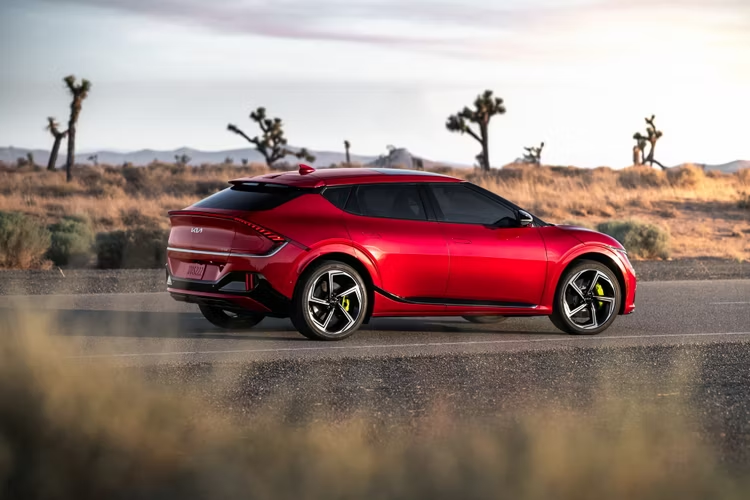
Truth be told, there isn’t a lot separating the Kia EV6 from the Hyundai EV6, but when two cars are so evenly matched, the slightest difference counts. Any electric vehicle today has to get its range right, and the Hyundai Ioniq 5 offers around 300 miles of range in its base variant.
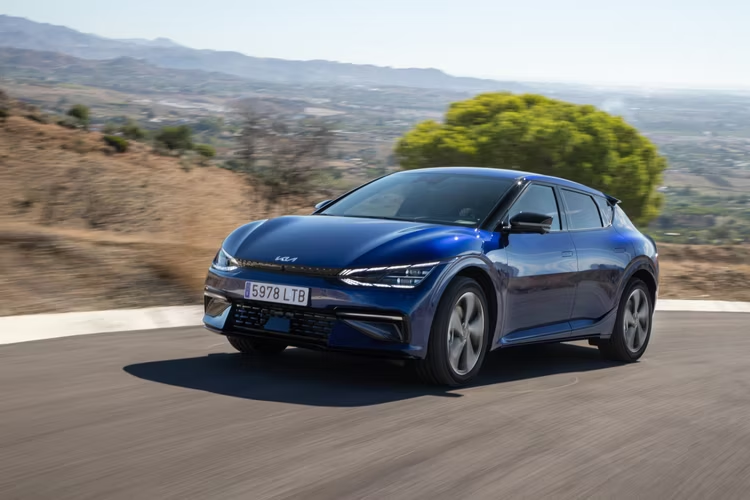
The Kia EV6, however, one-ups that figure, as it retails with only one single battery pack as opposed to Hyundai’s standard and long-range options. On the other hand, the Kia EV6 delivers 340 miles of electric range, edging out the Ioniq.
9/10
The Hyundai Ioniq 5 Has More Cargo And Storage Space
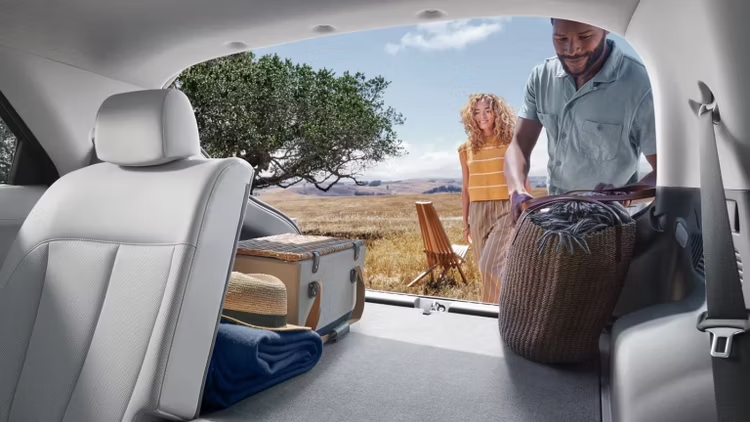
Neither the Hyundai Ioniq 5 nor the Kia EV6 have class-leading cargo space. However, when pitted against each other, the Hyundai comes out on top with more room in the boot as well as the front boot under the bonnet.
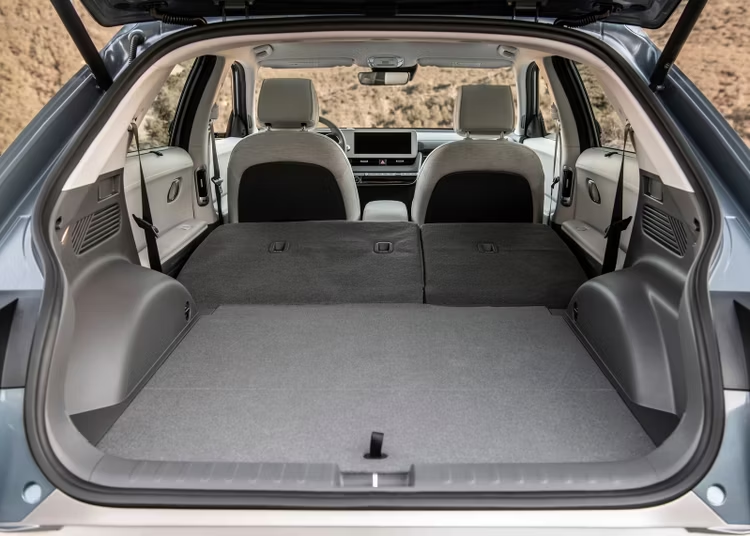
With 27.2 cubic feet of cargo room, the Hyundai Ioniq 5 beats the Kia EV6’s 24.4 cubic-feet. On the front, the EV6 comes with either 50 or 20 liters of trunk space, depending on RWD or 4WD, and the Ioniq 5 offers 57 or 24 liters depending on the powertrain.
8/10
Kia’s EV6 Is A Lot More Stylish
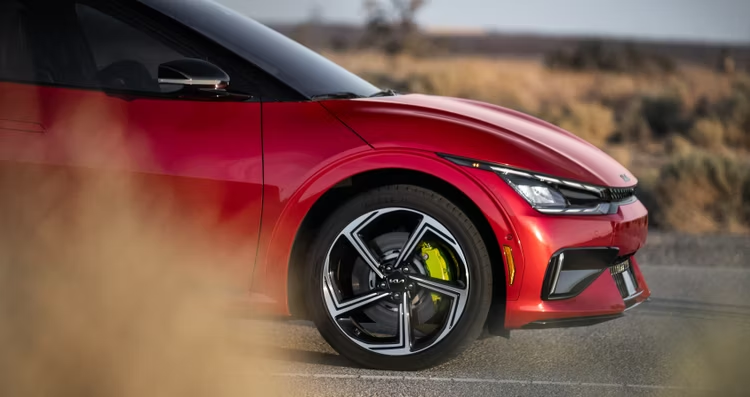
Styling is one department where the Kia EV6 and the Hyundai Ioniq 5 couldn’t be more different. Kia has certainly styled the EV6 to be a futuristic-looking car, and it has a sporty and muscular stance.
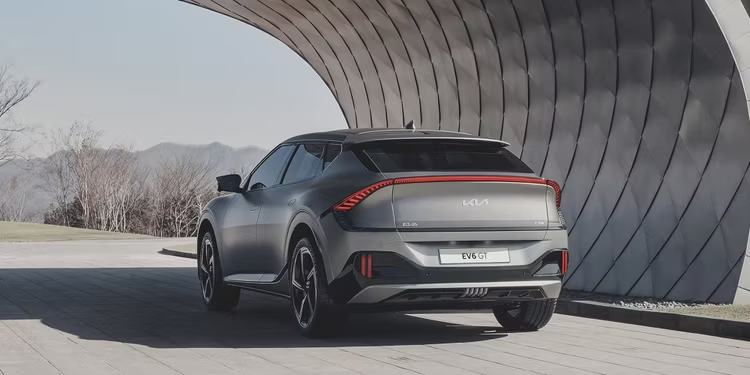
The star of the show, however, is easily the rear-end of the EV6, which houses one single light bar running across the rear which functions as the tail light. Almost Aston Martin-esque in design, it is truly an eye-catcher, and makes the EV6 look extremely stylish and modern.
7/10
The Hyundai Ioniq 5’s Subtle Styling Will Make It Age Better
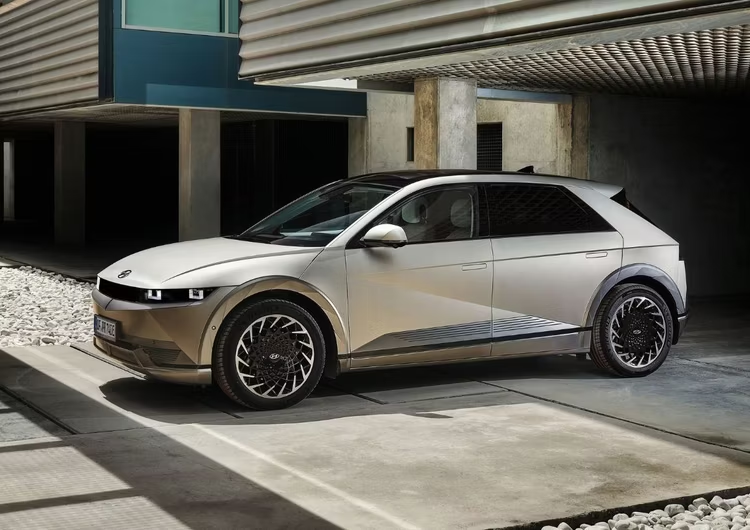
While Kia has styled the EV6 to be every bit as futuristic, high-tech, and stylish as they could, Hyundai has gone for a retro approach when styling the Ioniq 5. It is also a move that works, as the design language of the Ioniq 5 is rather endearing.
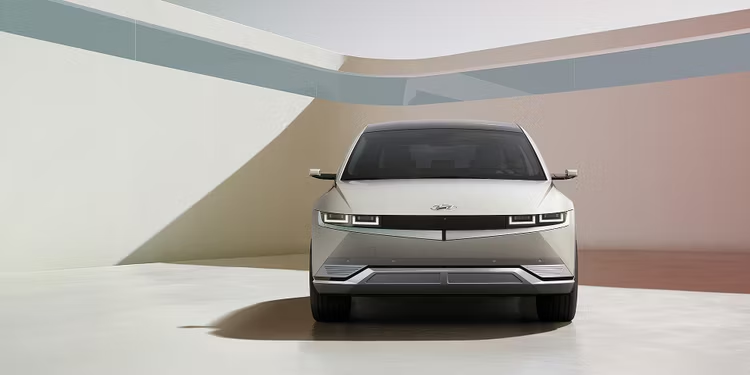
The Ioniq 5 has a distinct steampunk look, with its squared-off headlights and tail lights, and stylish yet subtle curves on the body. Overall, it looks more elegant than the exterior of the EV6. As the years go by, modern styling trends will definitely change but the Ioniq 5’s retro will always remain retro.
6/10
Kia Has Given The EV6 More Features Throughout The Lineup
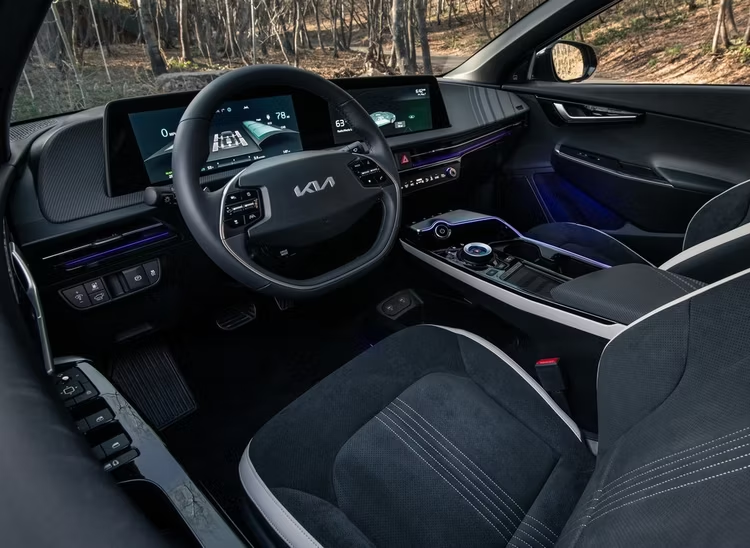
Kia’s EV6 comes with more features than the Hyundai Ioniq 5. While the base variants of both the cars are quite neck-and-neck in features, the middle of the EV6 lineup clearly has better standard features.
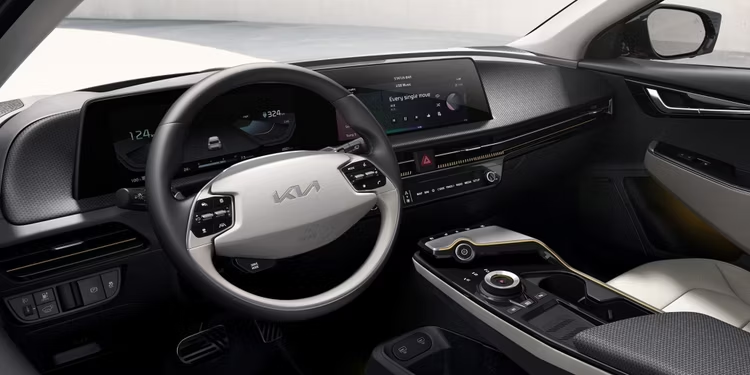
Furthermore, only the Kia comes with heated rear seats. Plus, all trims of the Kia EV6 except the base model come with front captain seats as standard, while that feature is only available on the top-end Ioniq 5 Limited, and even then it is optional.
5/10
The Hyundai Ioniq 5 Has A More Elegant Interior
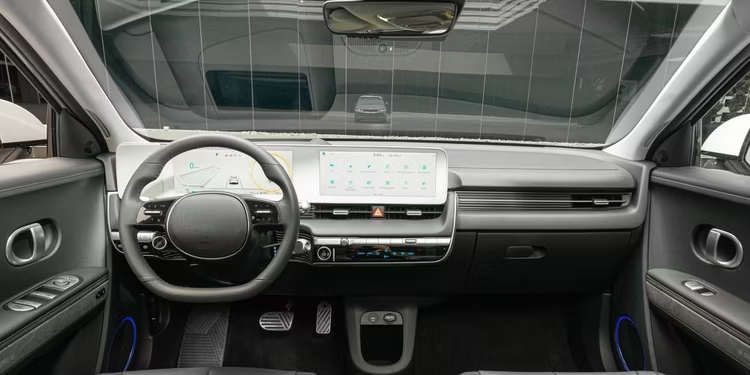
The interiors of the Hyundai Ioniq 5 and the Kia EV6 are just as unique and contrasting as their exteriors. Where the Hyundai goes for a more minimalist, subtle, and elegant interior, the Kia goes for a sporty-looking dash and driver’s cockpit.

However, the Ioniq 5’s cabin is a lot more neatly laid out, which we definitely prefer over the Kia. The infotainment display also gets its dedicated row of buttons and knobs to operate, which is always better than an all-touch control center that the EV6 houses.
4/10
The Kia EV6 Feels A Lot Sportier And Responsive To Drive
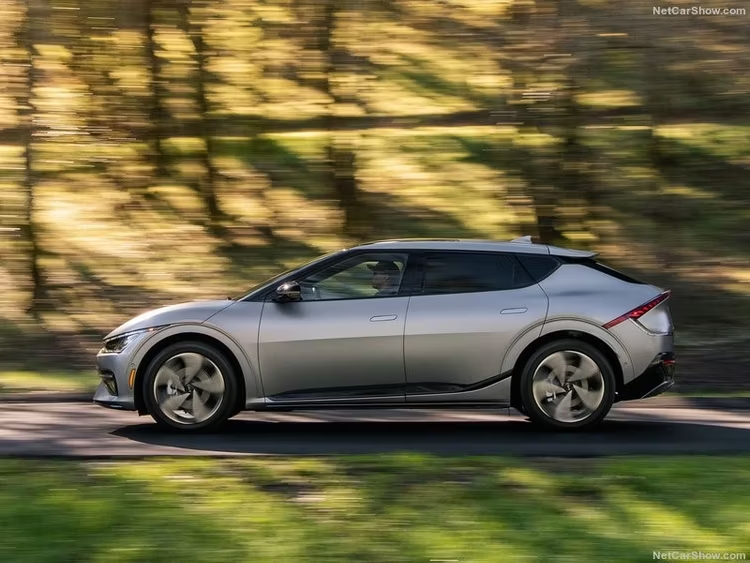
The ride quality of both cars definitely mimics the way they look. The Kia EV6, clearly the more sporty-looking and feeling of the two, also has a sportier and more responsive drive experience.
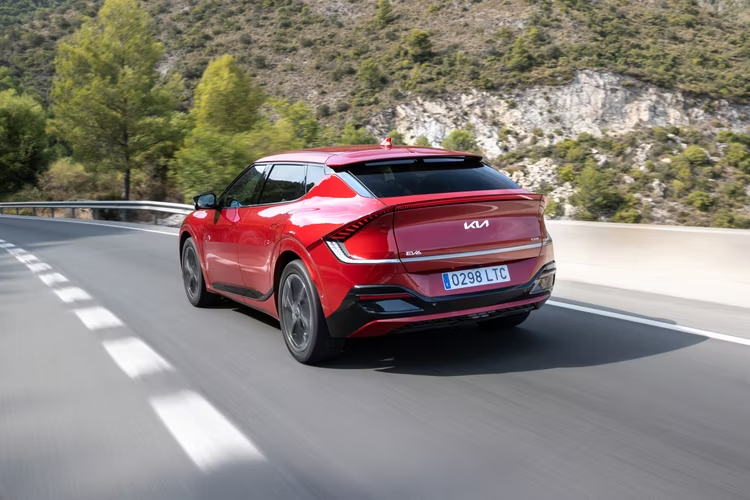
Any imperfections in the road are simply shrugged off by the EV6 as it darts through on the tarmac, with its suspension tuned perfectly between firm and soft, while the Ioniq 5 definitely falters as it leans too much on the latter side.
3/10
The Hyundai Ioniq 5 Proves Better Value For Money
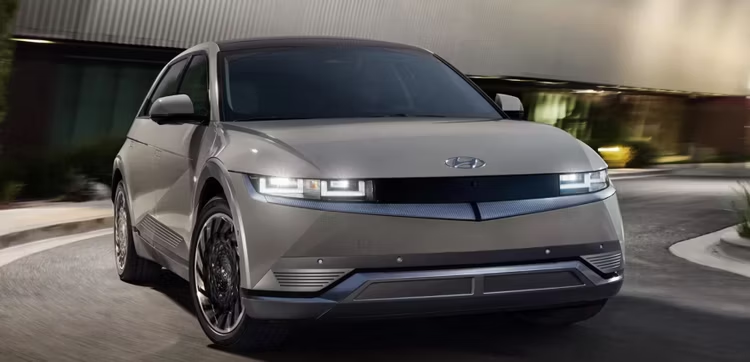
When both the Hyundai Ioniq 5 and the Kia EV6 are compared solely by their base prices, Ioniq 5 comes cheaper, and also offers a lot more value for the money you spend. It also comes with a larger battery and more powerful rear-wheel motor than the EV6.
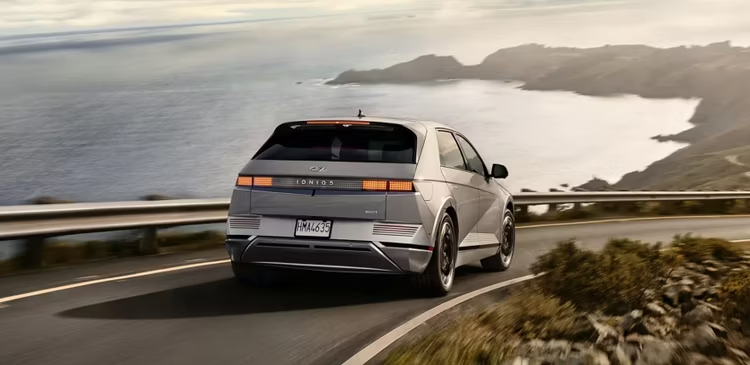
If you’re looking for an EV that will take care of all your needs while remaining mostly in use in the city, then the Hyundai Ioniq 5 is truly one of the best options on the market. Even the base variant is pretty good for covering almost a week of daily commute for less money than the Kia EV6.
2/10
The Top-Spec Kia EV6 Is Faster Than The Top-Spec Ioniq 5
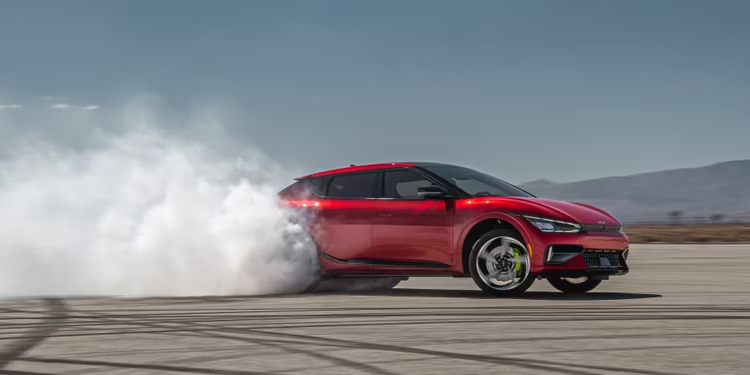
Things change in the performance department between the Hyundai Ioniq 5 and the Kia EV6 as we go higher up the trim ladder. The top-spec Hyundai Ioniq 5 Limited takes just about 4.4 seconds to go from 0 to 60, which is mighty impressive and definitely sports car numbers.
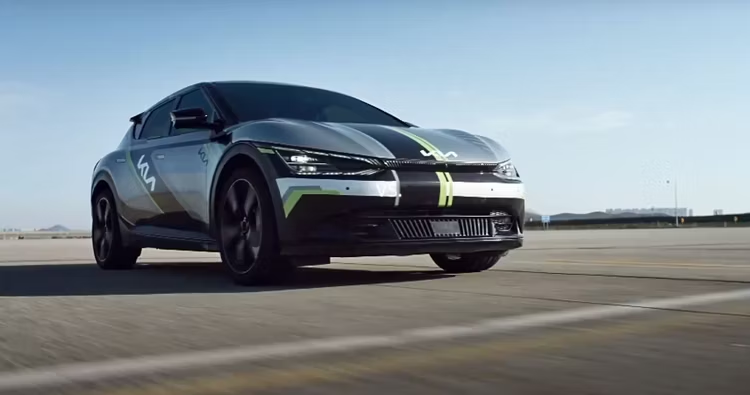
However, when the EV6 GT-Line comes to play, it blows the Ioniq 5 Limited out of the water with a phenomenal 3.4 seconds, beating the Ioniq 5 by a whole second. Of course, with Hyundai’s N-Line due for complete electrification soon, the story might change, but for now, the EV6 is a lot faster.
1/10
Rear-Seat Occupants Are Far More Comfortable In The Hyundai Ioniq 5
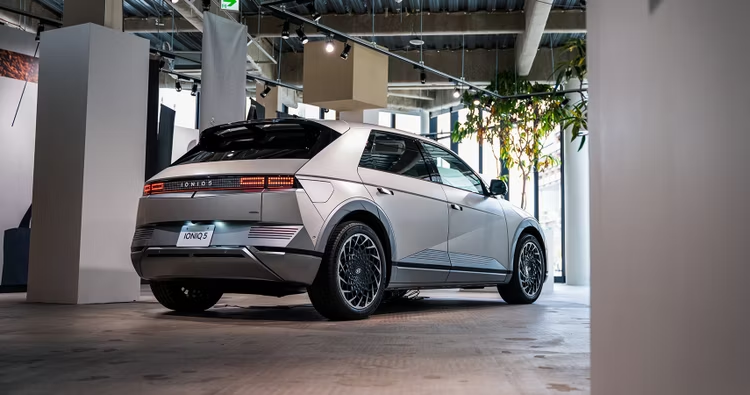
Both the Hyundai Ioniq 5 and the Kia EV6 are impressive vehicles. Occupants in both cars will be impressed with the interiors and plush cabin. However, the rear seat of the Kia EV6 sits lower than that of the Ioniq 5, leaving little to no underthigh support for rear-seat passengers. This is especially troublesome over large distances.
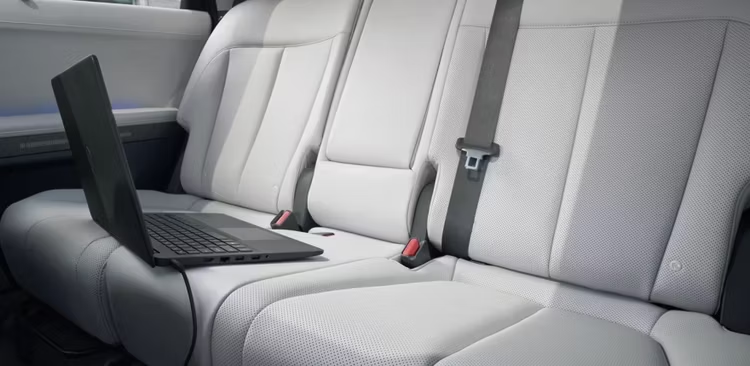
The Ioniq 5, however, has a higher rear seat, which angles upward as well, offering more underthigh support and thus being more comfortable to be in. It also allows passengers to stretch out their legs under the back of the front seats. This might sound too common to be notable, but is remarkable in this comparison because the EV6 does not have any room to slide your feet under the front seats.
Here Are The 10 Best Sleeper SUVs On The Market In 2022
These SUVs might not look the part, but they can give even the best sports cars a run for their money.
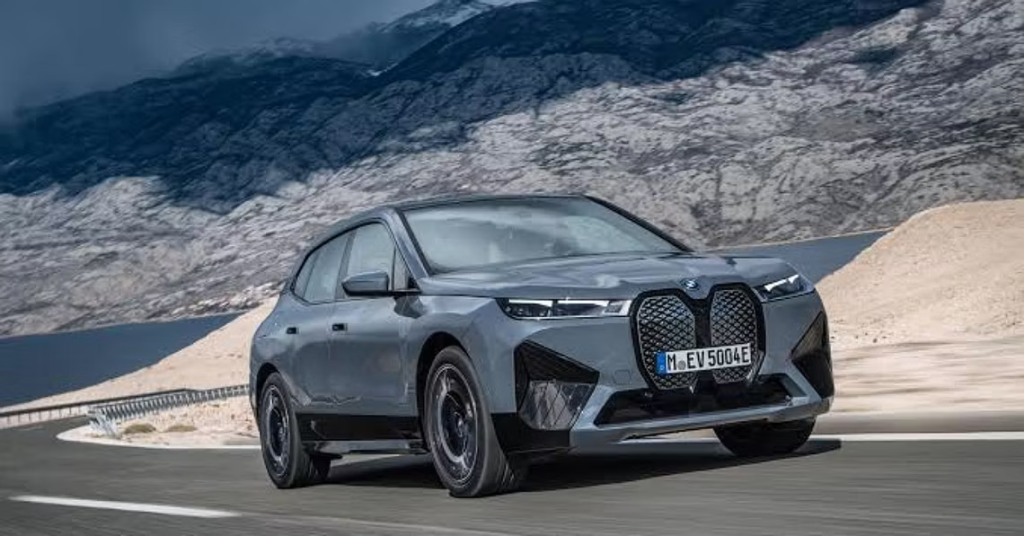
There is simply no denying that SUVs are all the rage, and have been for the past few years. The popularity of this segment has grown exponentially over recent times, and every auto manufacturer today has plenty of SUVs to choose from, in varying sizes. As the segment grows, so does the technology on offer, along with speed. For many, however, SUVs are synonymous only with space, comfort, and size, but never with speed. On the other hand, there are those enthusiasts who have the need for speed even behind the wheel of a big, bulky sports utility vehicle.
Superfast SUVs today are proof of just how far the automotive world has come. Not only do these behemoth vehicles house massive engines, but they also manage to go like hell when they need to. In fact, there are several SUVs on the market today which could beat the best sports cars, leaving the owners of the latter quite dumbfounded if they ever got into an interstate contest with any of these 10 sleeper SUVs.
10/10
Jeep Grand Cherokee SRT
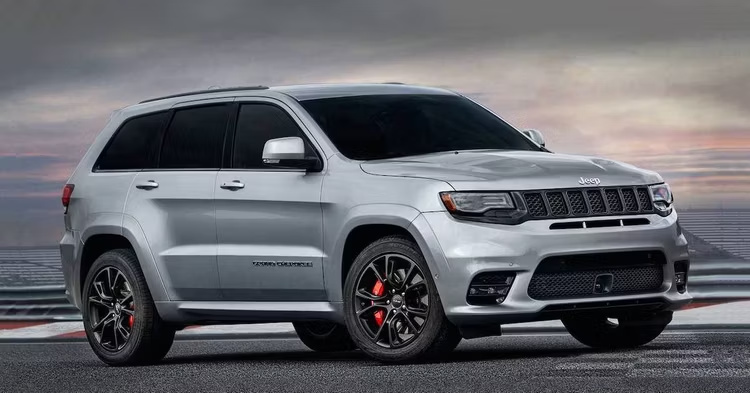
Jeep’s Grand Cherokee SRT is truly an extraordinary SUV. This big SUV can house a family comfortably, and has pretty remarkable road manners as well, for when you decide to take a small trip interstate.
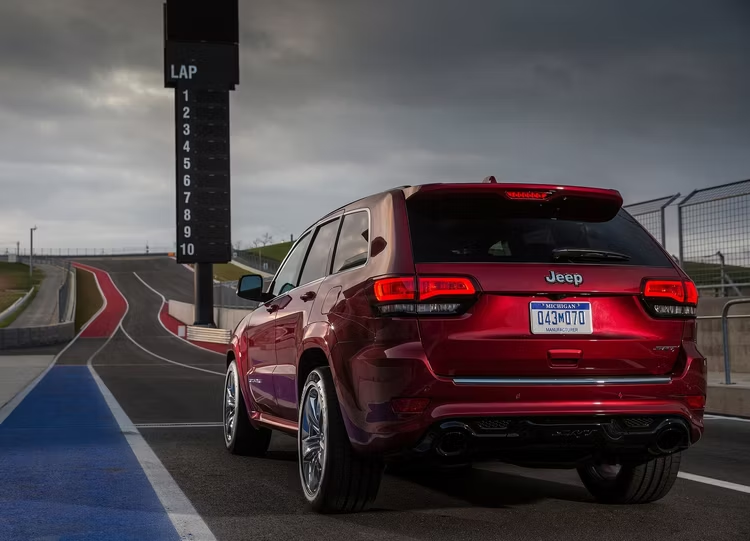
However, the SRT badging is where the real power lies, as it gives away just how powerful the Jeep Grand Cherokee SRT is. Armed with a 6.4-liter HEMI V8, the SRT Jeep makes a massive 475 horsepower and 470 lb-ft of torque. These figures are enough to propel the big SUV from 0 to 60 mph in just 4.4 seconds.
9/10
BMW X5 M
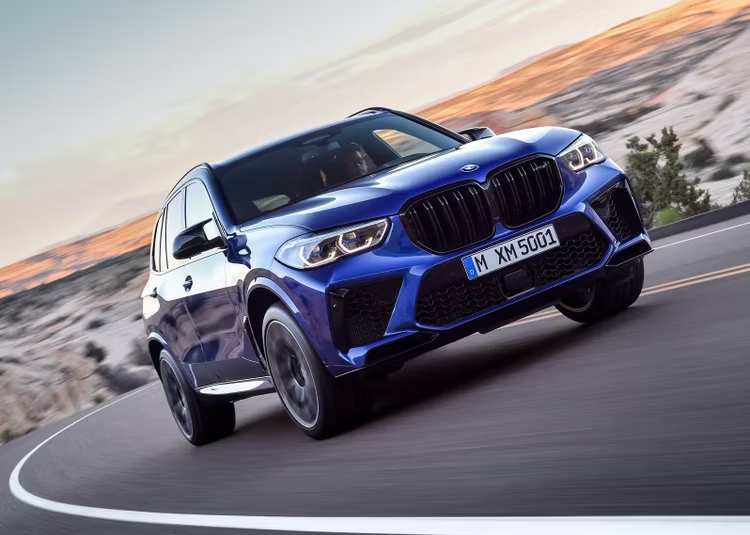
A great family luxury SUV, the BMW X5 has always been one of the best SUVs available on the market in every model year. However, things turn a lot faster when the X5 gets the ‘M’ badging from the German marque’s motorsport division.
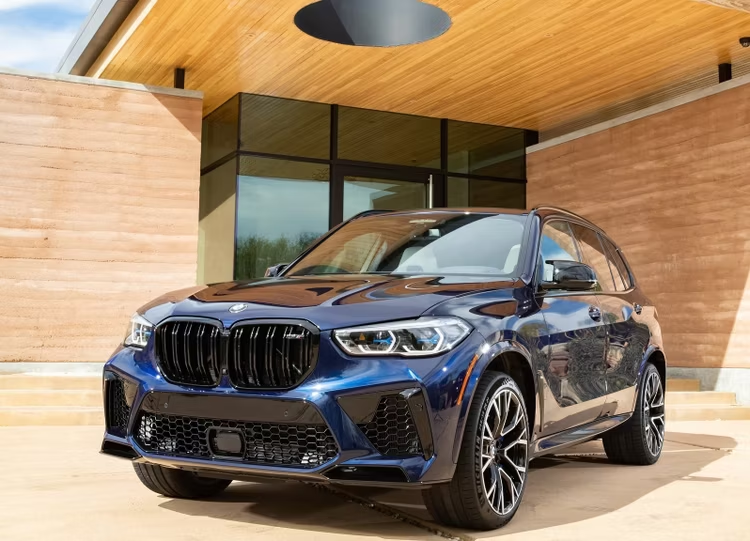
A phenomenal sleeper SUV, the X5 M looks deceptively family-oriented. A peek under the hood, however, would change anyone’s assumption of it, thanks to the behemoth 4.4-liter V8 engine that the X5M runs on. Making a monstrous 600 hp, the X5M goes from 0 to 60 in under four seconds, crossing the 60 mph mark in just 3.8 seconds.
8/10
Tesla Model X Plaid
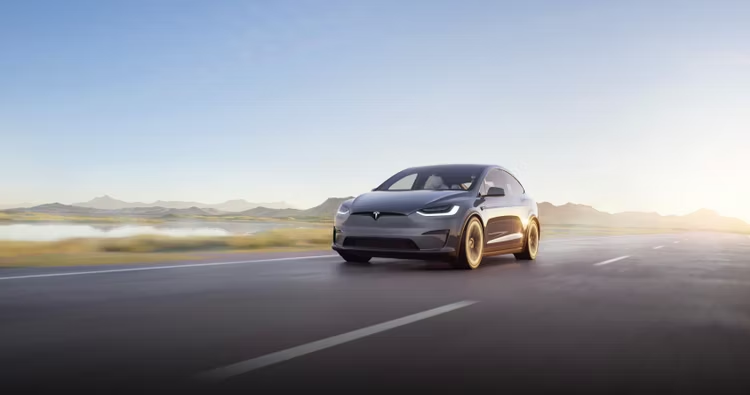
Would you really expect a vehicle as plain-looking as the Tesla Model X Plaid to be a 10-second car? To the uninitiated looking at the Model X Plaid on the highway, this would just be a plain old vehicle ferrying a family man.
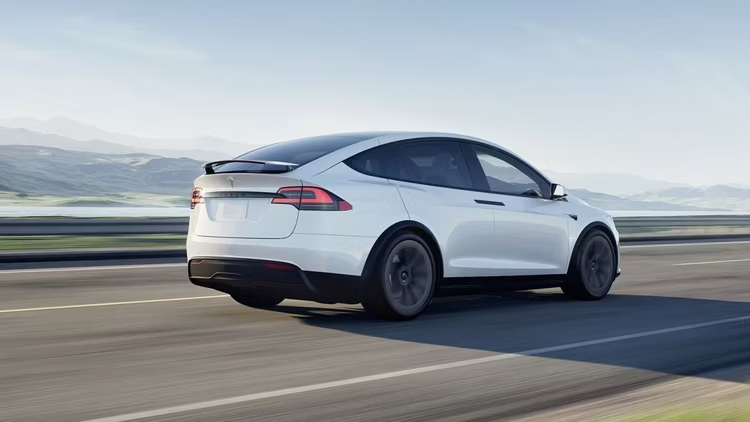
However, with a phenomenal 1020 horsepower thanks to its triple-motor setup, the Model X actually rockets from 0 to 60 mph in a blistering 2.6 seconds! You read that right- the Tesla Model X Plaid could actually gap a Ferrari 488 and not break a sweat.
7/10
Dodge Durango SRT
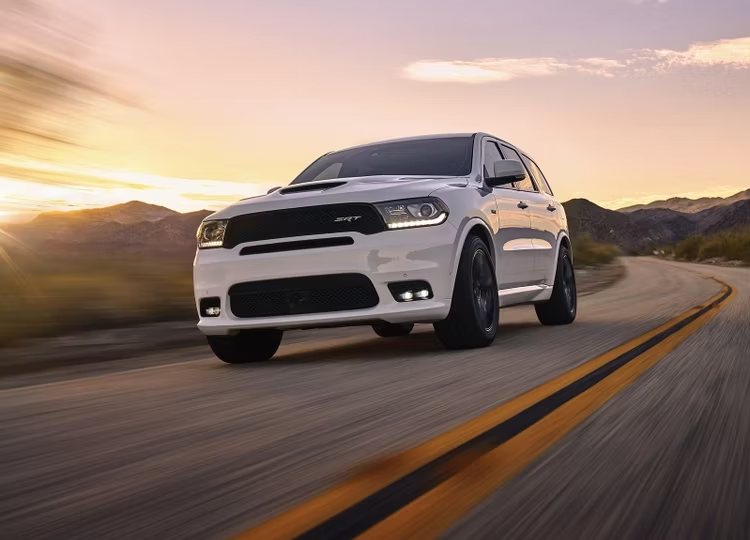
Nobody would disagree that the Dodge Durango SRT does not look like a powerful beast of a car at all. However, this is one of the best sleepers money could buy, and we aren’t exclusively talking about SUVs, either.
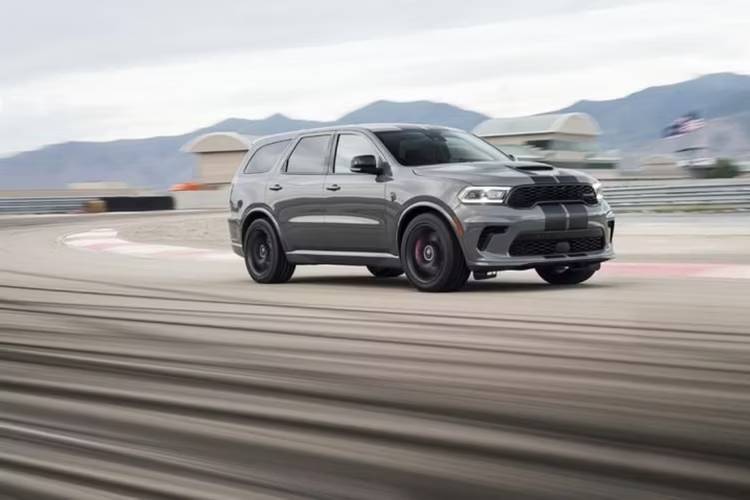
A family-friendly SUV by all means, the Dodge Durango SRT actually rides on a big V8 engine that cranks out 475 horsepower. That’s enough to turn this hulking SUV into a nimble rocket that goes from naught to sixty in just 4.7 seconds.
6/10
Volvo V60 T8 Polestar Engineered
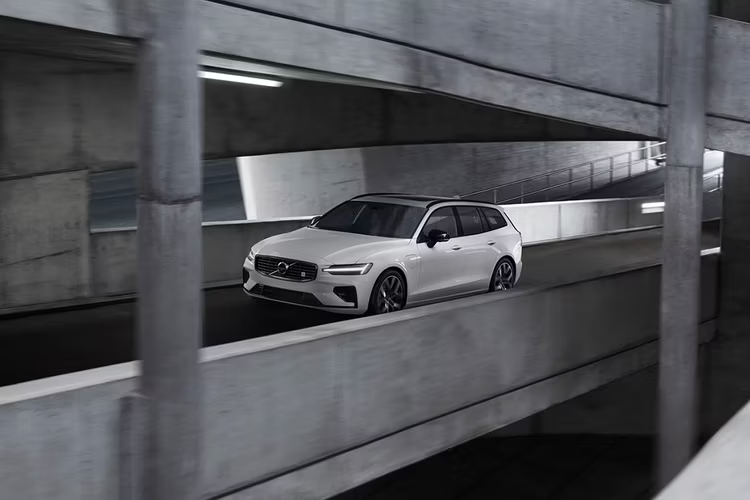
Nobody in their right mind would look at a station wagon and expect it to have sports car performance. In fact, the family-friendly Volvo V60 T8 could pass off as a plain Jane European people carrier, and nothing else.
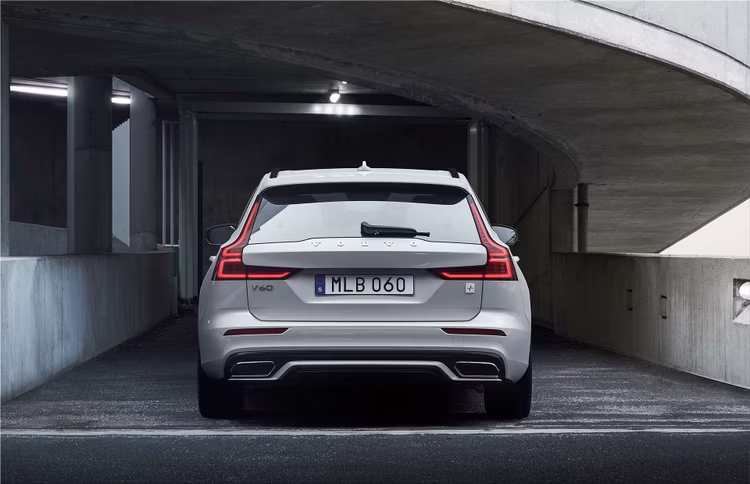
However, the secret lies in the V60 T8’s supercharged and turbocharged 2.0-liter inline-four engine. With some added assistance via an electric motor, the net output of the Polestar-engineered Volvo V60 T8 goes all the way up to 415 hp and 494 lb-ft of torque, taking the wagon from 0 to 60 in a mere 4.4 seconds. This is not a car anyone would see coming in the rearview mirror.
5/10
Toyota RAV4 Prime
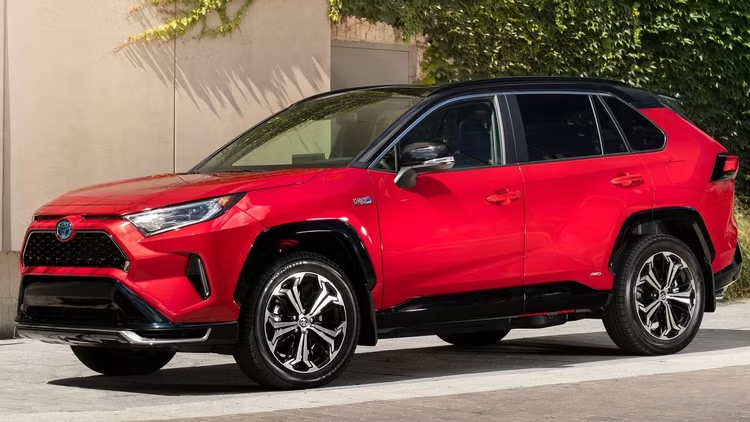
The Rav4 Prime is the hybrid version of Toyota’s RAV4, and its absolute popularity in the market today is quite understandable. The RAV4 Prime might deceive you into considering it just another Toyota SUV, but what’s under the hood is where the power lies.
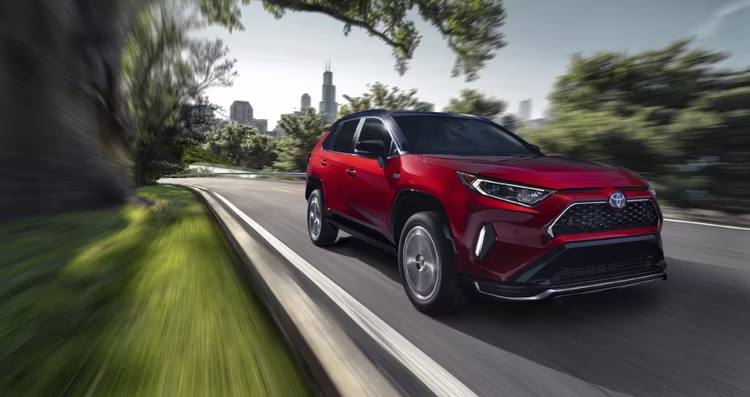
With a 2.5-liter four-cylinder power unit, the RAV4 Prime gets some added assistance from two electric motors. This helps the Toyota RAV4 crossover SUV achieve a 5.4-second 0 to 60 time, which, if you think about it, is just a second-and-a-half behind the Toyota Supra itself.
4/10
Volvo XC40 Recharge P8
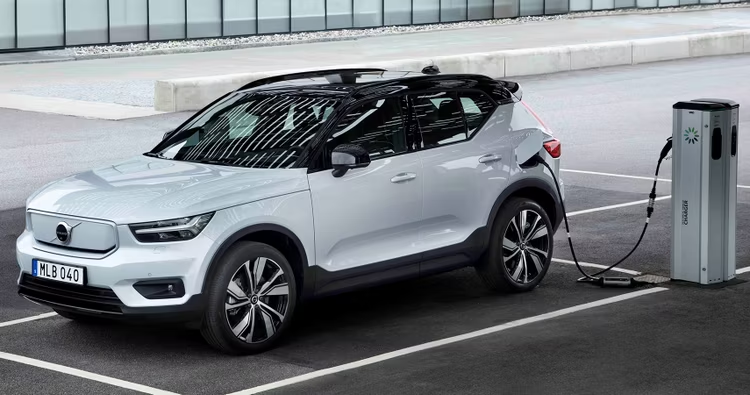
Another sleeper from the house of Volvo, the mini-SUV XC40 Recharge P8 is one that stands out in its lineup. Thanks to two electric motors, the Volvo XC40 Recharge P8 makes over 400 horsepower and 486 lb-ft of torque.
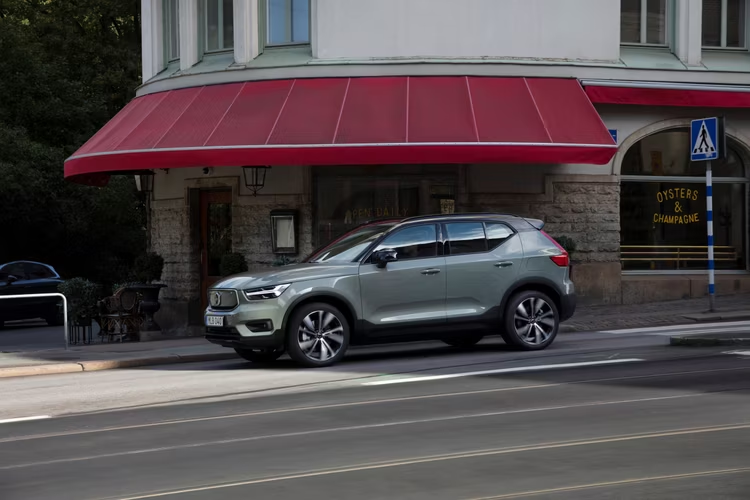
Furthermore, the XC40’s 4800-lb weight is actually light for an EV, which gives it a great power-to-weight ratio, propelling the SUV from 0 to 60 mph in just 4 seconds.
3/10
BMW iX M60
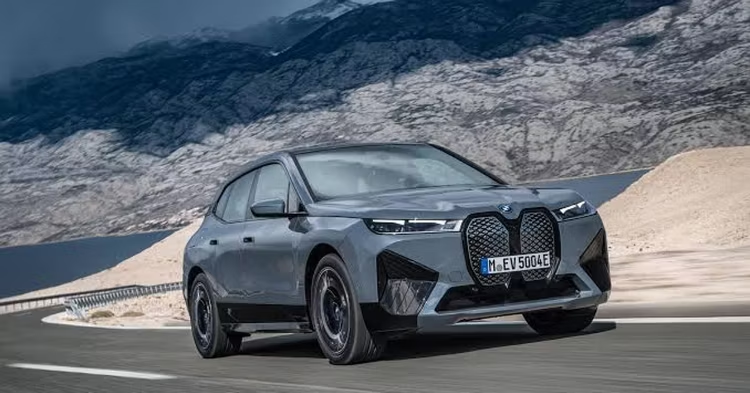
The BMW iX M60 is one of the most polarizing cars in recent times. Gearheads across the world have been divided over whether it is ugly or not, or if it deserves the M badge, despite being an electric vehicle. Well, if the iX M60’s performance figures are anything to go by, the SUV most certainly deserves the BMW-M badge, if not the crown.
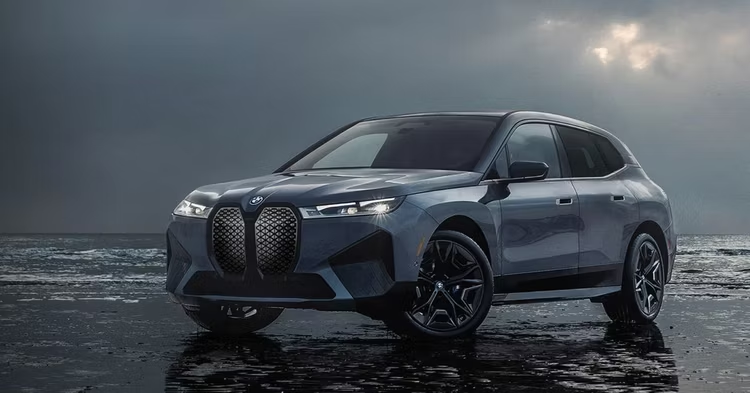
With an electric powertrain that churns out 610 horsepower and 811 lb-ft of torque, this 6000-lb behemoth of an SUV can dash from 0 to 60 in a mere 3.3 seconds. Yes, shaking heads and raising eyebrows in amazement is totally in order.
2/10
Audi SQ7
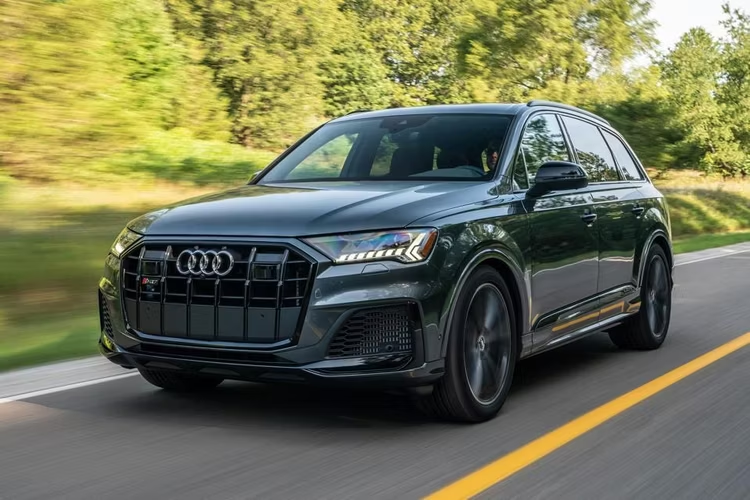
The Q7 is one of the best-selling luxury SUVs that Audi has in America. A big, fast, and comfortable cruiser, the Audi Q7 is understandably a go-to choice for many family-oriented buyers. For the family-oriented enthusiasts, however, there is always the Audi SQ7.
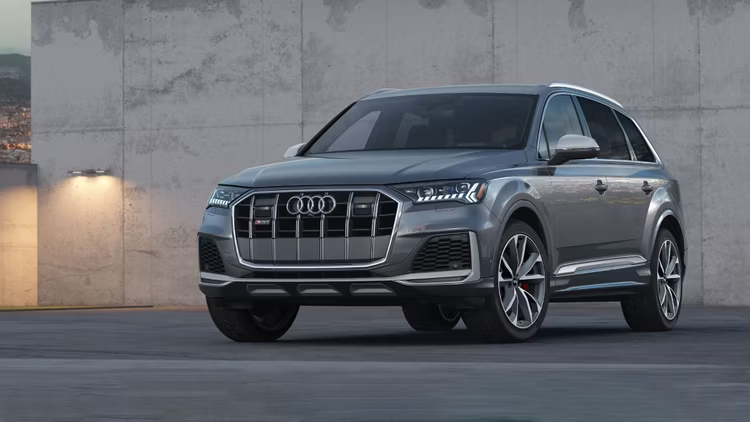
With all the luxury features and comforts of the Audi Q7, the SQ7 adds a mighty twin-turbo V8 on top of it. In fact, this is the same engine that VW has put into the Bentley Bentayga and the famed Lamborghini Urus. With 500 horsepower and 568 lb-ft of torque, the Audi SQ7 can reach its 60mph mark in just 4.3 seconds, blowing drivers away and anyone foolish enough to assume it’s just another sluggish, lumbering SUV.
1/10
Range Rover Sport P350
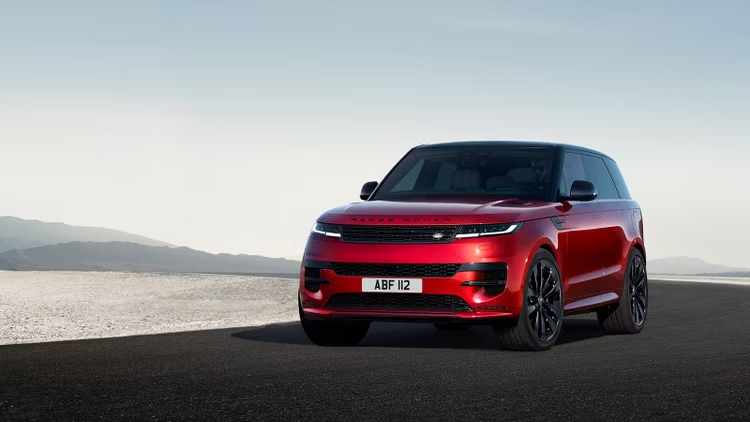
The newest Range Rover Sport from Land Rover is a handsome package in every sense of the word. While Land Rover offers plenty of engine options in the Range Rover Sport, it is the P530 trim that excites us most and will surprise any passers-by on the interstate the most as well.
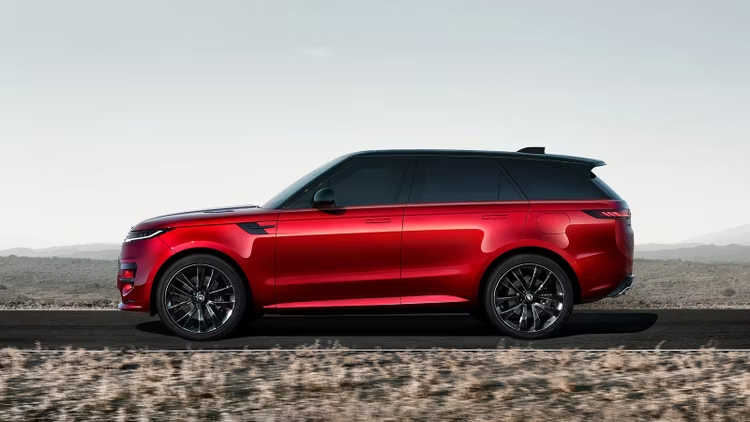
Thanks to its twin-turbo 4.4-liter V8 engine under the hood, the Land Rover Range Rover Sport P530 should go from 0 to 60 in just 4.3 seconds. So, anyone dismissing it for a snobby luxury SUV that could crumple under its own weight would be pleasantly surprised to see it go like hell on the highway.
10 Reasons Why We’re Looking Forward To The 2024 Toyota Tacoma
As Toyota redesigns its entire lineup one-by-one, the 2024 Tacoma truck will feature massive improvements over its predecessor worth waiting for.
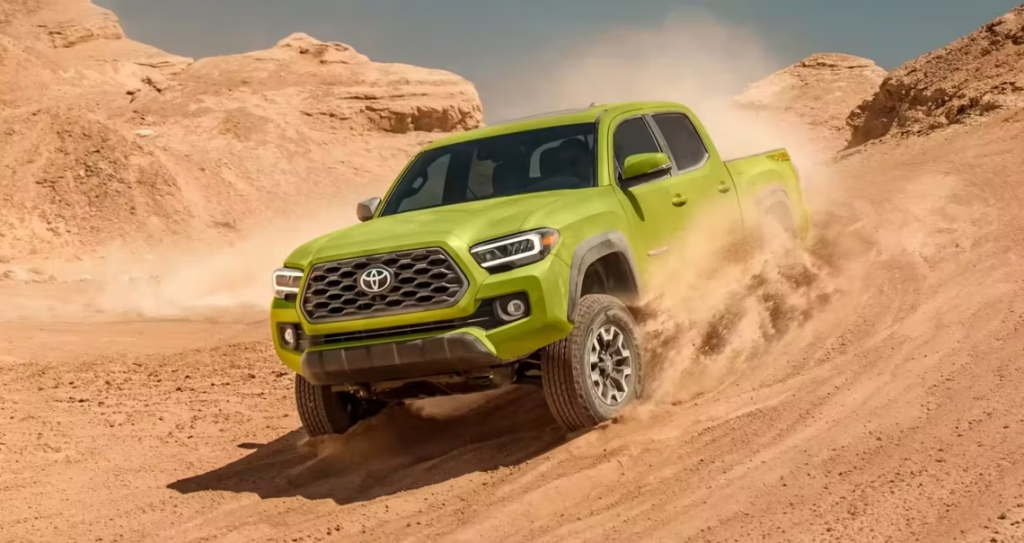
Toyota has been giving their vehicles some great re-designs and upgrades over the past years. First came the Tundra, which, in its latest avatar, is better than ever before. Then, the Sequoia was redesigned completely to become America’s new Land Cruiser, and it hit the mark extremely well. Going forward, the next big launch from the Japanese marque that everyone is looking forward to is the 2024 Toyota Tacoma. Much like its other Toyota cousins, the Tacoma, too, will undergo some massive changes, featuring significant improvements over the current model, including but not limited to an entirely new chassis.
The mid-size pickup truck market today is rife with some remarkable options, like the Chevy Colorado, the Nissan Frontier, and the new Ford Ranger. That is why with the Tacoma, Toyota has to put its very best foot forward when it comes to updating the truck and carving out its place in the segment. As a customer, if you might not have an immediate need for a new truck, but it is still on the cards, here are 10 reasons why we’re looking forward to the 2024 Toyota Tacoma, and why you should too.
10/10
The 2024 Toyota Tacoma Will Have A Redesigned Exterior
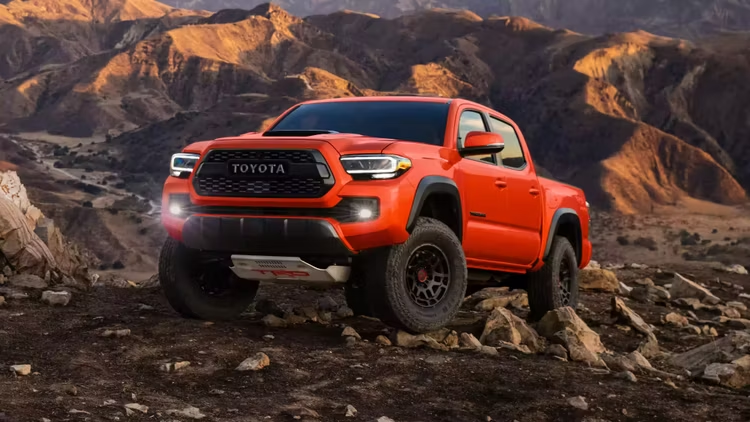
The Toyota Tacoma is certainly due for an exterior makeover, and the 2024 model will receive exactly that. The new version of Toyota’s mid-size pickup will feature bulkier and more rugged features, much like we have seen in the newest version of the Tundra, as well as the new Sequoia.
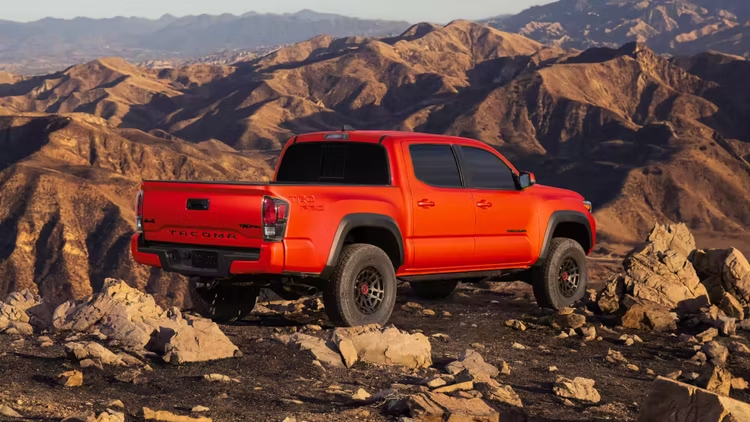
Seeing as Toyota is moving towards a similar design language throughout their vehicle, especially when the front fascia is concerned, we’d most likely see the same angular and downward-shaped headlights on the 2024 Tacoma truck as well. The newest and current versions of all Toyota vehicles are their most rugged avatars yet, so it will be safe to expect the same from the 2024 Tacoma.
9/10
Toyota Will Finally Equip The Tacoma With Powerful Engine Options In 2024
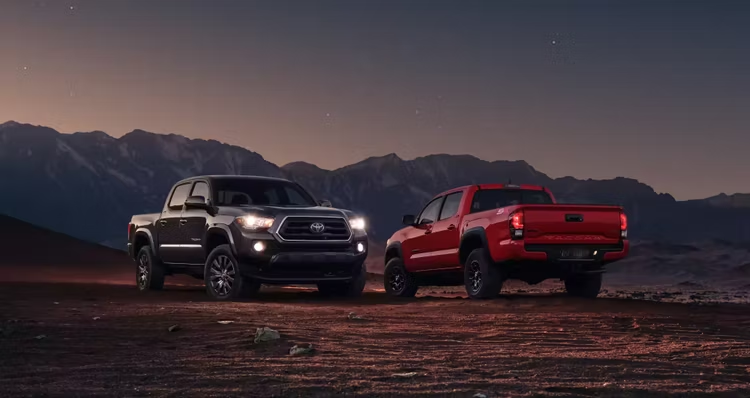
Currently, the Toyota Tacoma comes with two gas engine options. Sadly, neither the inline-four nor the V6 makes enough power, making 159 hp and 275 hp respectively. Compared to the Tacoma’s competition, Toyota’s truck is quite underpowered, especially the inline-four.
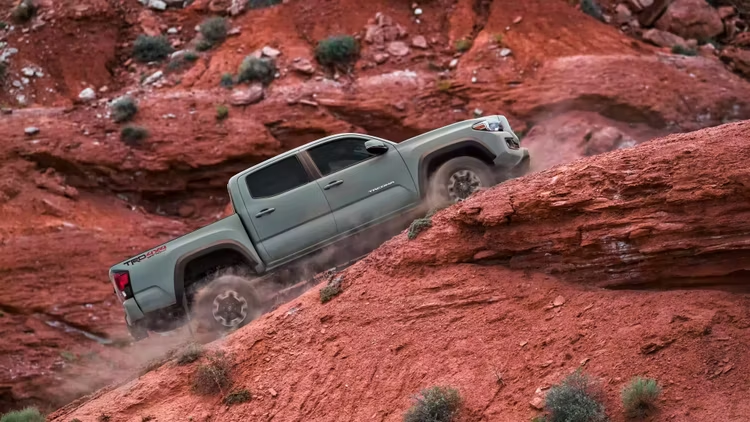
Even worse is the 6-speed auto on the Tacoma, which simply fails to provide a smooth driving experience, which could have at least been the saving grace for the truck. For 2024, we expect Toyota to finally amp up the power on every engine option on the Tacoma, starting from the base model itself. There is every possibility that the 2024 Toyota Tacoma’s base trim will run on the Lexus NX 350’s 2.5-liter inline-four, making 203 horsepower. In the upper trims, we fully expect the Tacoma’s power mills to cross the 300-hp mark.
8/10
An All-New Chassis Will Mean The Most Rugged Toyota Tacoma Ever
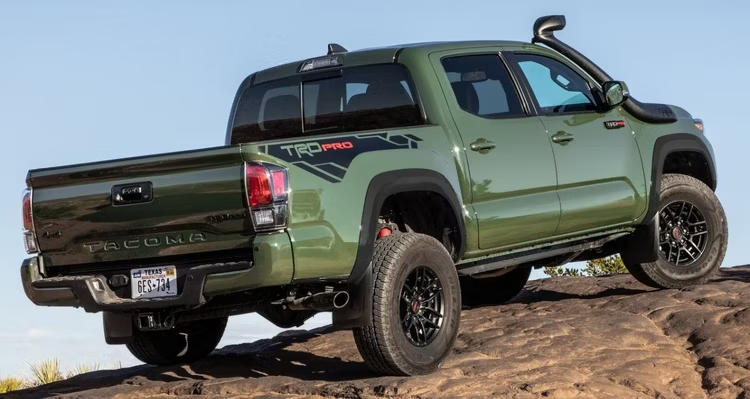
Toyota has kept mum about the details of the 2024 Tacoma and its plans for it. However, what we do know is that the truck will have an entirely new chassis for the 2024 model year, which was quite overdue.
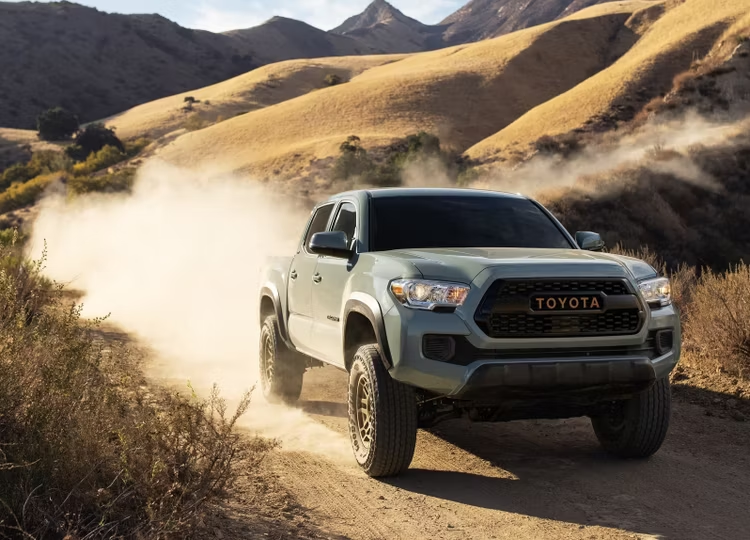
The 2024 Toyota Tacoma will also be based on the TNGA-F platform, which is a body-on-frame platform. In fact, this is the same architecture that underpins the 2022 Tundra, the 2023 Sequoia, and the 4Runner. The TNGA-F architecture has proved to be versatile, and most importantly, a lot more rugged for off-roading scenarios.
7/10
The Cabin Of The 2024 Toyota Tacoma Will Be Plusher Than Ever Before
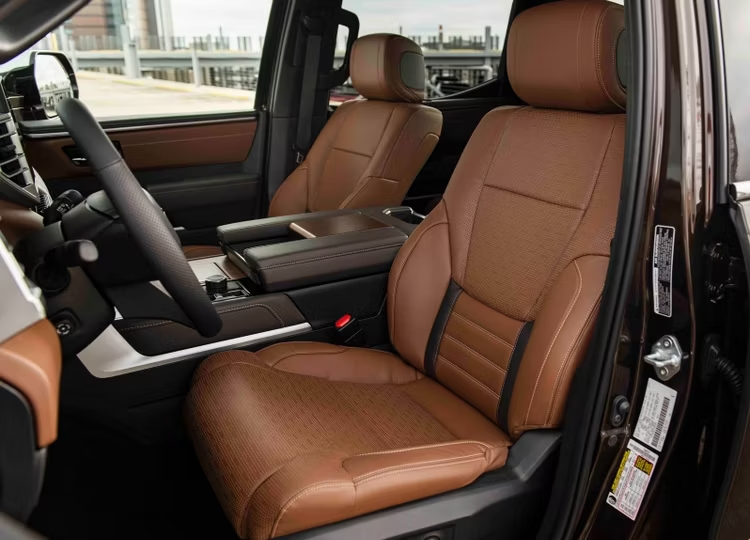
There is every reason to expect the 2024 Toyota Tacoma to overhaul its cabin. The current Tacoma model uses an 8-inch infotainment display, which we would be happy to see go away. Most probably, the new Tacoma will receive the same 14-inch infotainment display from the 2022 Tundra, which also features in the 2023 Sequoia.
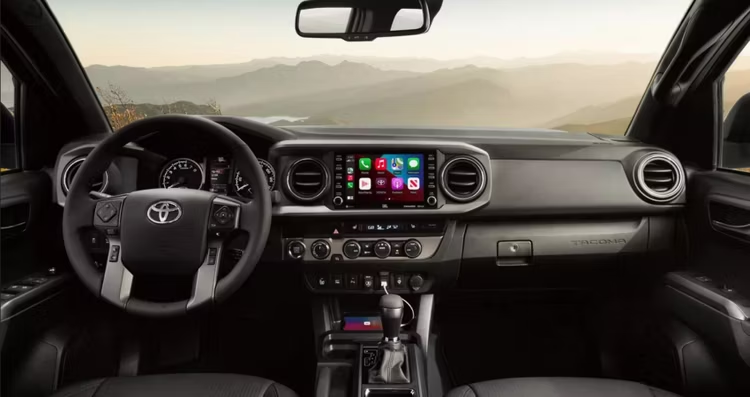
Toyota will also aim to deliver a plusher and more premium in-cabin experience in the 2024 Tacoma. Owing to a traditional body-on-frame build, the cabin will have to make up for the little ride quality that the truck will lose. However, we fully expect the interior to get a complete overhaul with better seats and more room, thanks to the new chassis.
6/10
The 2024 Toyota Tacoma TRD Pro Will Get Serious Off-Roading Credentials
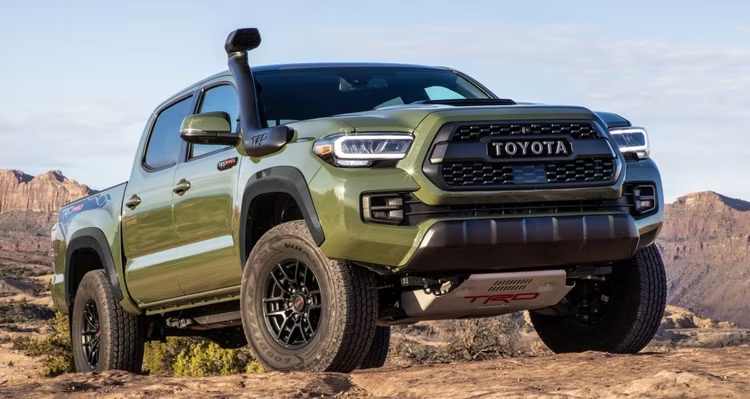
Toyota’s TRD Pro grade vehicles are some of the best off-roaders in their respective segments. One need not look any further than the 2023 Sequoia TRD Pro to know exactly how serious the marque is about their TRD Pro grade vehicles’ off-roading credentials.
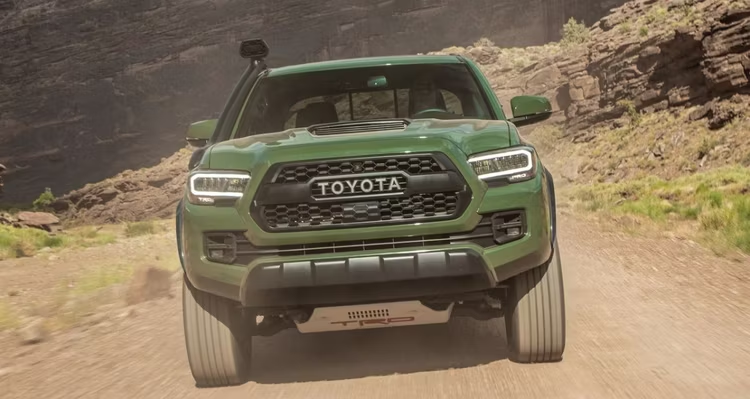
In that vein, we know that the 2024 Toyota Tacoma TRD Pro could prove to be the best off-roading pickup truck in its entire segment. With a new engine, new chassis, and new architecture, the 2024 Tacoma TRD Pro would have the Tundra and Sequoia’s TRD Pro grades to learn from, and it would be equipped with some of the best-in-class off-roading capabilities.
5/10
The 2024 Toyota Tacoma Will Be Rich In Features
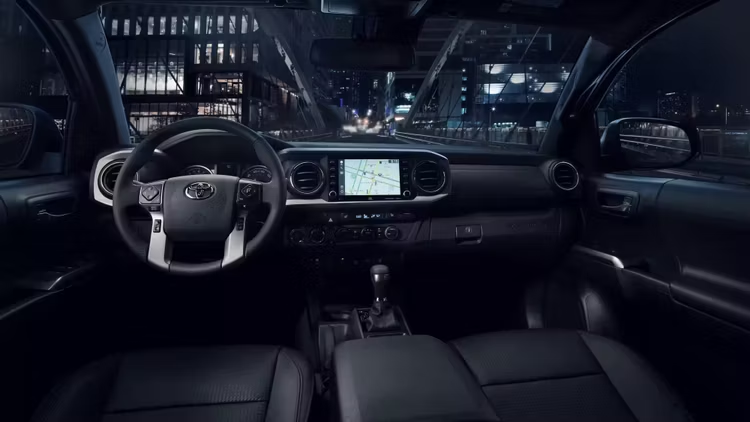
Along with its new infotainment display, Toyota will also give the 2024 Tacoma an updated driver’s instrument cluster, which would be all-digital. Apple CarPlay and Android Auto will continue to be available, and we expect the inclusion of the ‘Hey Toyota’ voice commands in the 2024 unit.
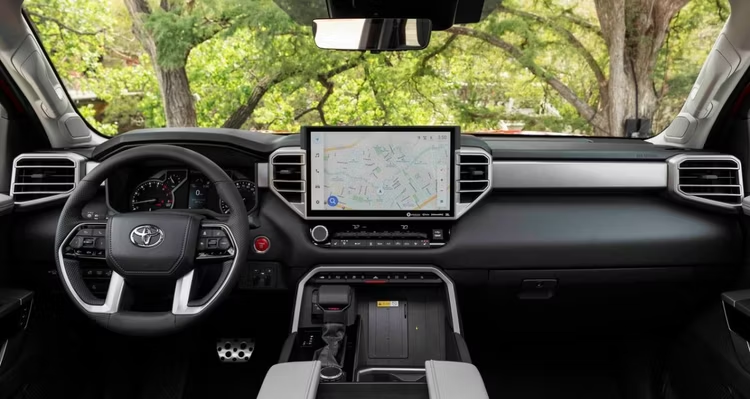
While perhaps not on the base trims, the 2024 Toyota Tacoma will most certainly get the surround-view camera, especially on the off-roading TRD Pro grade, which would help enhance the truck’s trail-driving abilities.
4/10
Toyota’s Safety Sense Suite Will Make The 2024 Toyota Tacoma An Extremely Safe Pickup
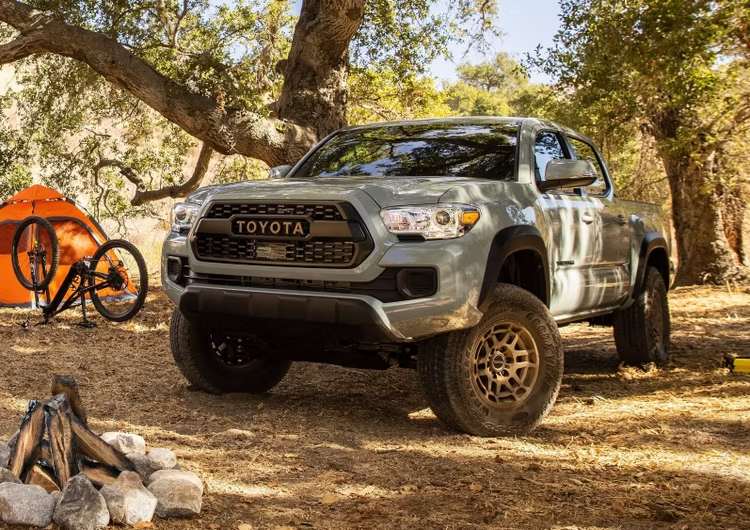
Safety is one of the biggest selling points in any vehicle on the market today. For the 2024 model year which would bring in an all-new generation for the Toyota Tacoma, there would be plenty of passive safety features on offer. The star of the show, of course, would be the Toyota Safety Sense 2.5 or 2.5+ system.
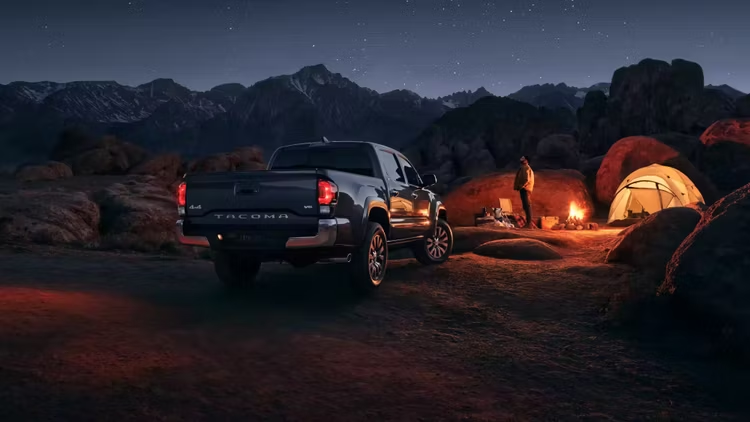
The TSS is the marque’s suite of active safety features across its lineup. While the current Tacoma has a four-out-of-five safety rating from the NHTSA, we expect the 2024 model, which would be more Tundra-based, to be even safer. This is because the 2022 Tundra has proven to be a top safety pick from the IIHS.
3/10
The 2024 Toyota Tacoma Could Likely Have A Hybrid Engine Option
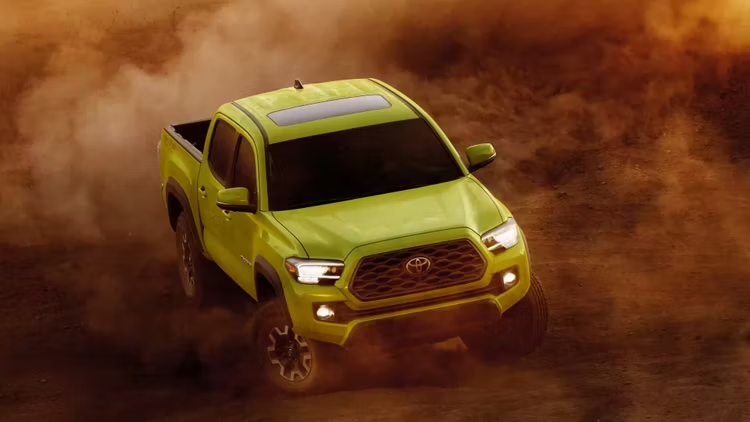
Not only would the 2024 model of the Toyota Tacoma have more powerful engine options, we fully expect a hybrid engine to be included in the mix as well. The 2022 Tundra did away with the V8 and introduced a hybrid V6, which has been quite an impressive move.
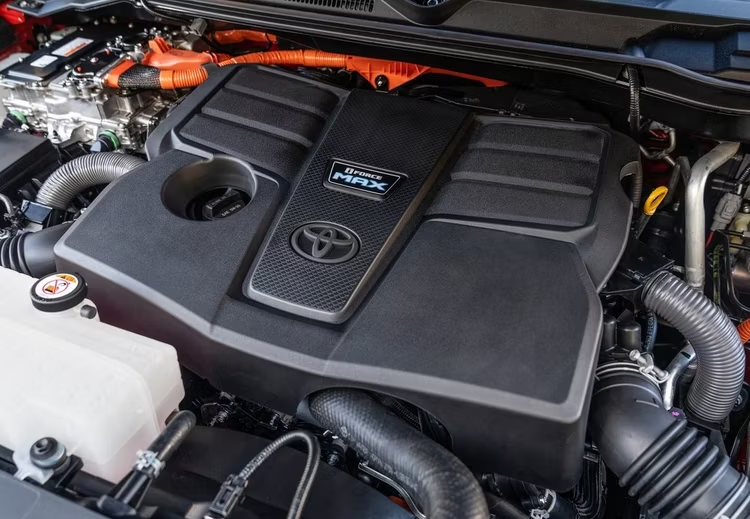
Thus, higher trims of the ’24 Tacoma could certainly be housing a gas-hybrid V6, along with better versions of the transmission as well. A hybrid engine would also help the mid-size truck return better fuel efficiency figures, which would help the truck cement its position in the segment. All said and done, we would love to see Toyota retain a manual transmission on the 2024 Toyota Tacoma.
2/10
The 2024 Toyota Tacoma Would Begin Around The $29,000 Mark
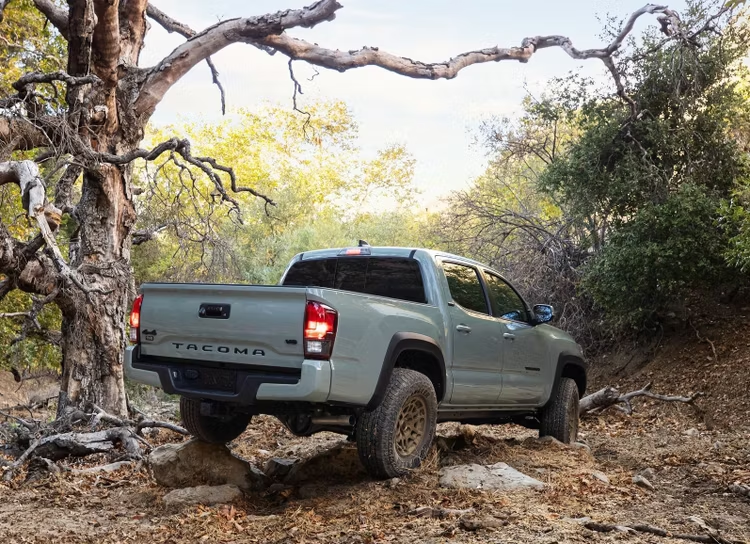
Pricing for the 2024 Toyota Tacoma has naturally not been revealed yet, nor has any information about the trims of the truck. However, seeing as the current version of the Tacoma retails at around $27,000, we expect the all-new generation of the Tacoma to start at around $29,000, or maybe even the $30,000 mark.
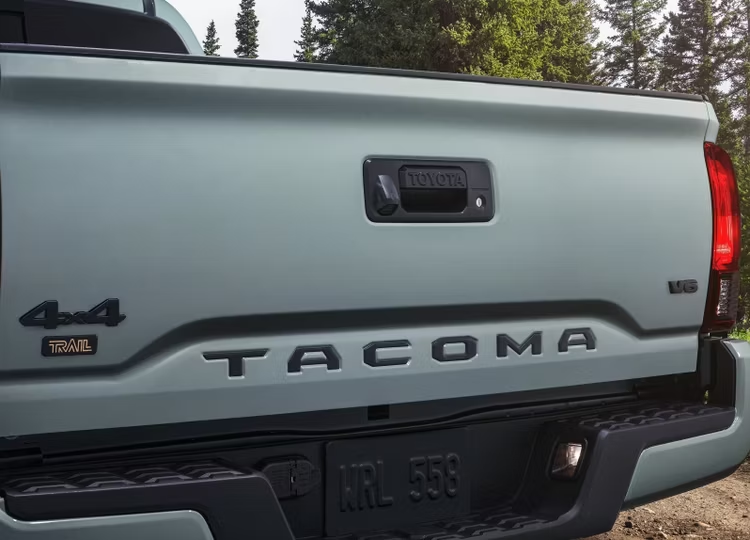
Trims on the 2024 Toyota Tacoma will likely remain the same, starting from the base SR trim, and going all the way up to the high-performance, off-roading TRD Pro grade. While highly unlikely, Toyota just might include a Capstone-equivalent trim on the new Tacoma, which would focus on providing the most luxurious Tacoma experience among the lot.
1/10
2024 Will Also Bring Forth An All-Electric Toyota Tacoma
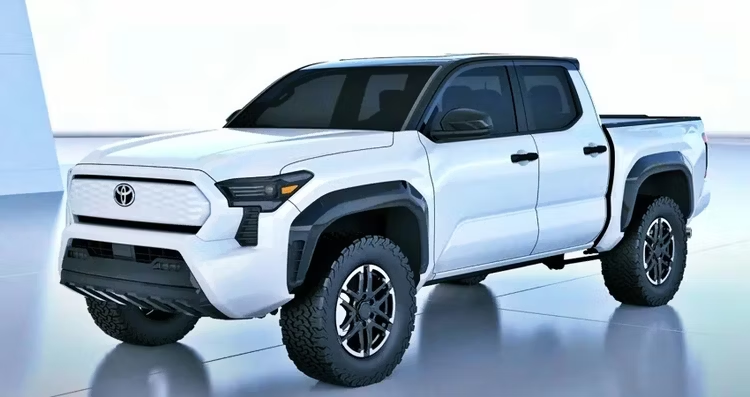
Yes, you read that right. The 2024 Toyota Tacoma could very likely get an all-electric variant as well. Toyota featured a fully-realized Electric Truck Concept back in December 2021, at a media event to showcase the marque’s push into the EV world.
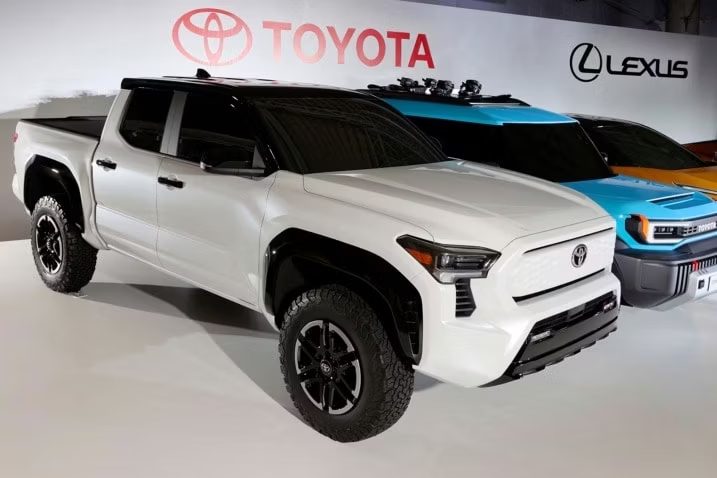
The design language of the prototype is more in line with the 2023 Sequoia and the 2022 Tundra, which all but confirms that the exterior of the 2024 Tacoma will follow suit. We expect a dual-motor setup for the electric Tacoma at the very least, but information on the EV truck from Toyota is still pretty scarce.

